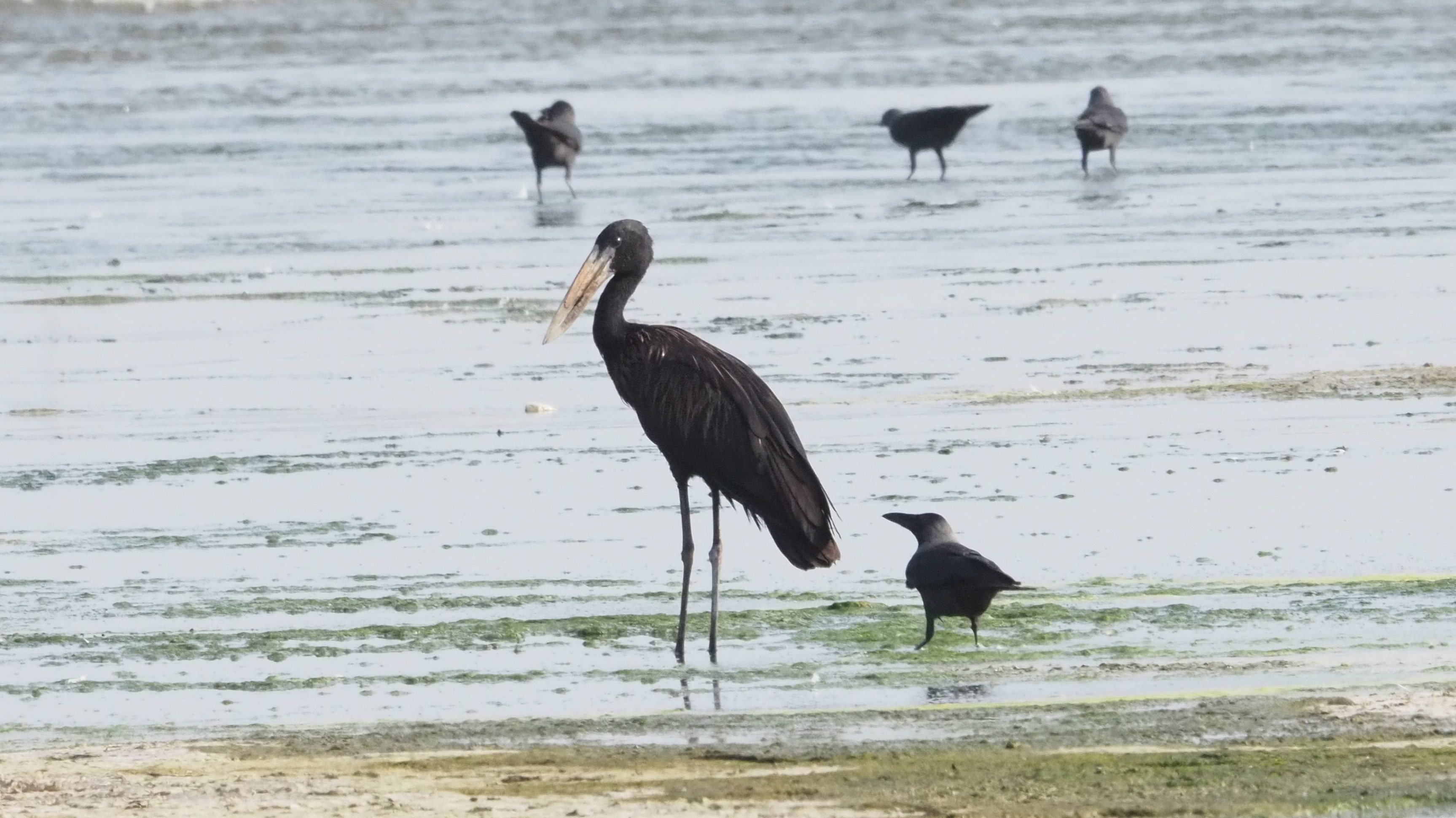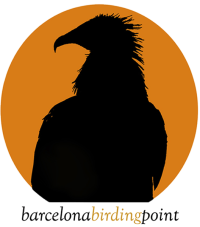Oman Birding Tour 2021 Trip Report
Dates: October 26th to November 4th
Number of participants: 3
Species seen: 205
In the falll of 2021 it looked like the Covid-19 pandemia was at its end, or at least that it was giving us a well deserved truce. Several countries had relaxed their restrictions, and many reopened to tourism, even if still requiring specific tests or documents to go beyond their borders.
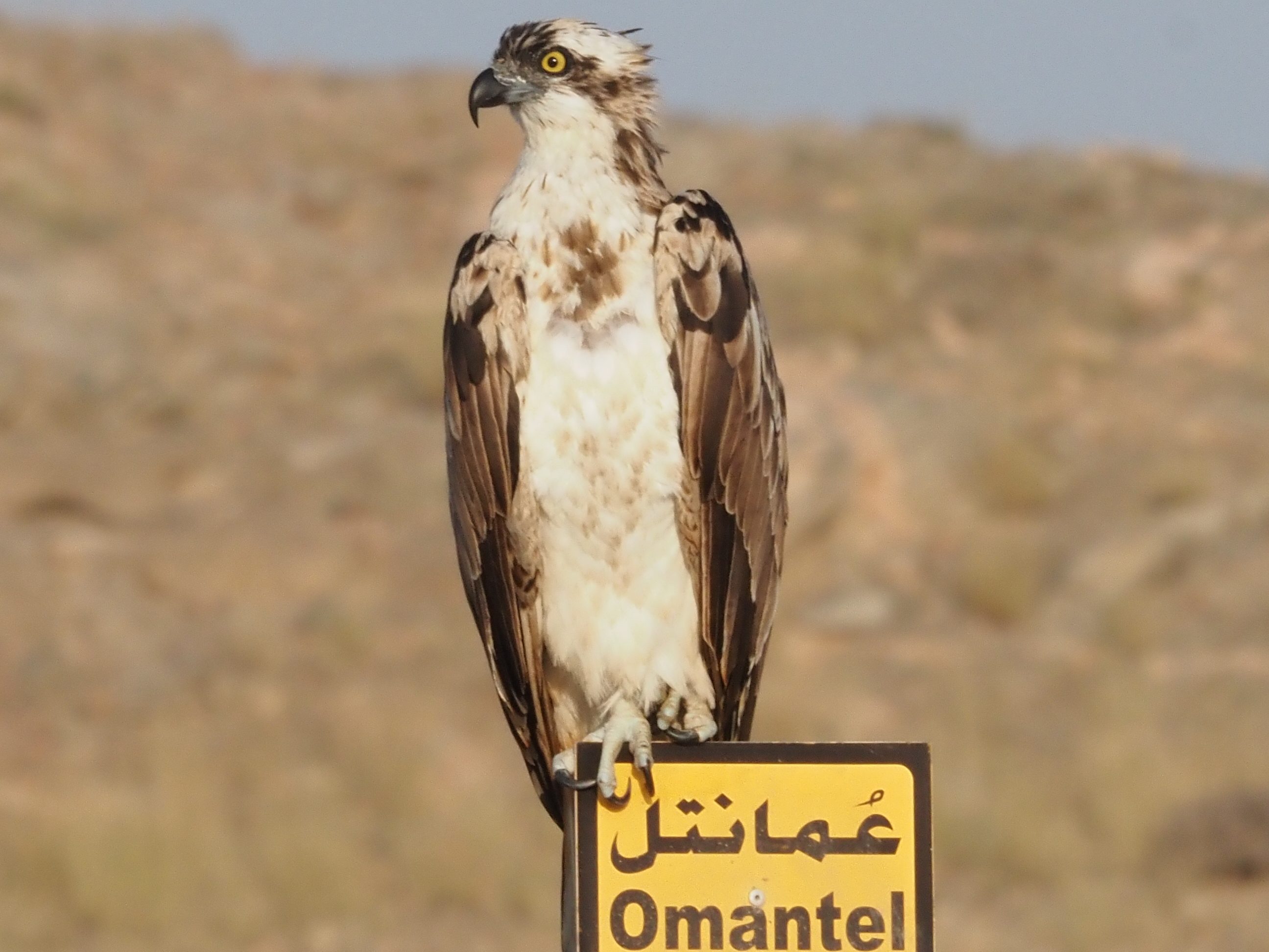
In this context, we arranged with a small group of clients a trip to Oman. This tour was delayed from January 2021, but circumstances forced them to choose the end of October to visit the country, even when probably the best season to explore this unique nation goes from mid-November to January. The option proved really productive and interesting despite the rather high temperatures (from 21 to 34ºC), and some windy afternoons, especially in the North of the country.
Day 1, October 26th. The group arrived in stages during the day before (October 25th) to meet during the evening in the inmigration checkpoints at Muscat International Airport, and we all transfer for a welcome dinner in our nearby hotel.
After enjoying the Omani food, our first day was devoted to explore some wetlands inside Greater Muscat. Our first stop was at Al Ansab wetlands, a small area of ponds and reedbeds recently recovered by the local water company. But even before arriving to our first spot, we got a first good surprise in the way of a 1st winter Woodchat Shrike (Lanius senator) right in front of our hotel. We didn’t know at that moment, but that was our only Woodshrike of the whole tour!
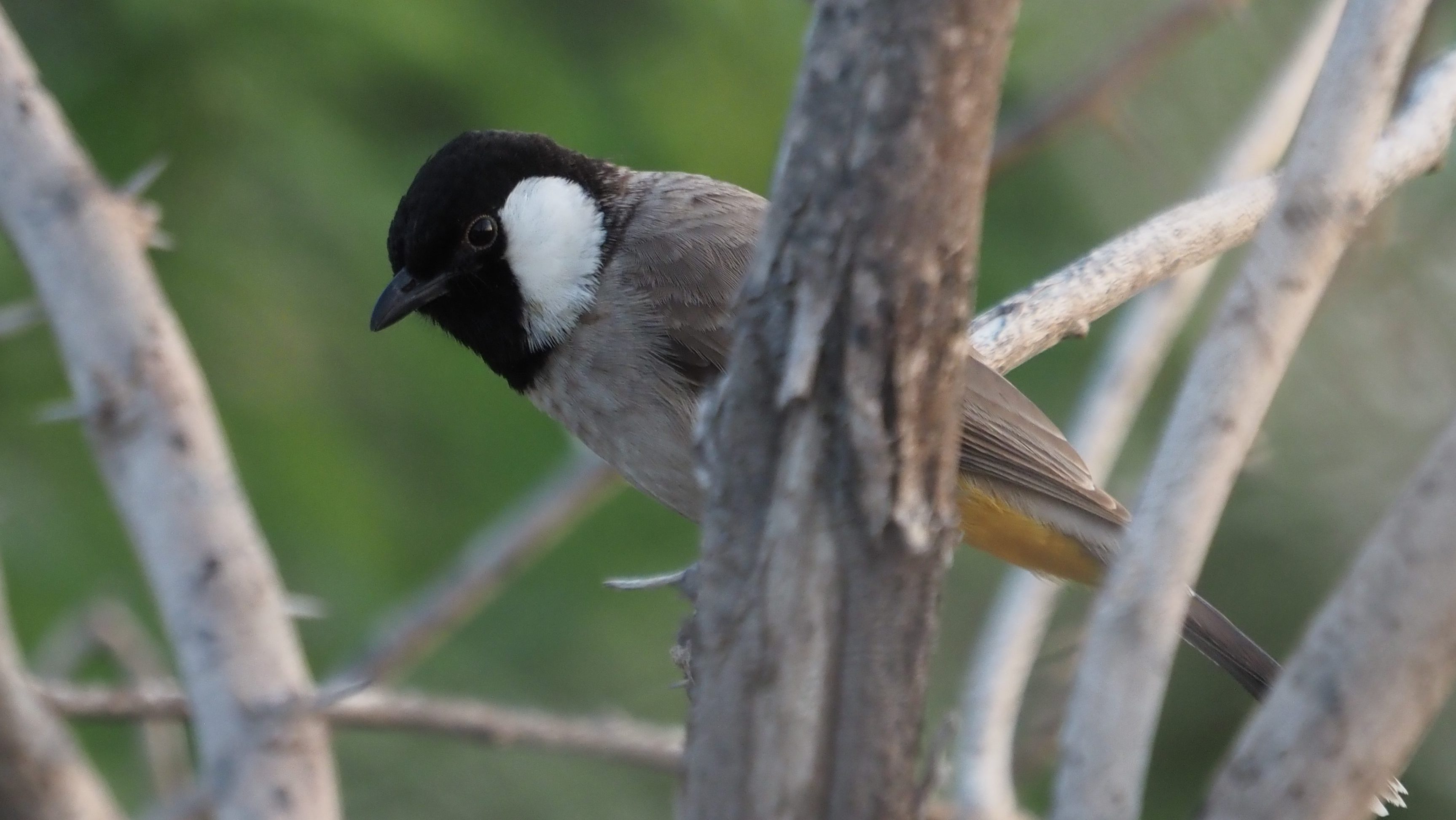
Al Ansab was starting to get the winter visitors. There we got good numbers of Eurasian Teals (Anas crecca), Northern Shovelers (Anas clypeata), Gadwalls (Anas strepera), Ruffs (Philomachus pugnax), Wood Sandpipers (Tringa glareola), Little Stints (Calidris minuta), Common Snipes (Gallinago gallinago), Pied Avocets (Recurvirostra avosetta) and Temminck’s Stints (Calidris temminckii). A flock of 5 Ferruginous Ducks (Aythya nyroca) was a nice surprise, and the group enjoyed very much the good and different views on Marsh Sandpipers (Tringa stagnatilis) along the lagoon. Here we also had first views on some common species in the area: Purple Sunbirds (Cinnyris asiaticus), Delicate Prinias (Prinia lepida) and Indian Silverbills (Eudice malabarica) were showing all around while flocks of White-eared Bulbuls (Pycnonotus leucotis) were noisily feeding in the tamarisks around. Some dizzing up in the sky announced the presence of some Citrine Wagtails (Motacilla citreola) in the area, moving to the extensive grasses where flocks of Common Mynas (Acridotheres tristis) were feeding. In the distance, the distinctive call of a flock of Grey Francolins (Francolinus pondicerianus) pointed us to the correct corner, and allowed us all good views on them.

A short walk exploring the area produced a good number of other species. In the reedbeds and scrubs we got good views on Clamarous Reed Warbler (Acrocephalus stentoreus) and on a fast-moving Savi’s Warbler (Locustella luscinioides). The extensive canopies around had 2 abietinus-like Common Chiffchaffs (Phylloscopus collybita) and at least 1 Siberian Chiffchaff (Phylloscopus tristis) answering to the calls + a very vocal Red-breasted Flycatcher (Ficedula parva), and the first of a long list of Spotted Flycatchers (Muscicapa striata) along the tour. The channels around were full with Great White Egrets (Agrodietus albus) and Western Reef Egrets (Egretta gularis) + 2 Little Egrets (Egretta garzetta) and one 1st winter Purple Heron (Ardea purpurea). Small flocks of Arabian Green Bee-eaters (Merops cyanophrys) & Blue-cheeked Bee-eaters (Merops persicus).
In the way out, we still had a chance to enjoy 5 Garganeys (Spatula querquedula), 1 male Wigeon (Anas penelope) and our first Greater Spotted Eagle (Clanga clanga) patrolling the wetlands and showing usperbly, but probably the best bird was a male Pied Wheatear (Oenanthe pleschanka) showing well in our way out of this hotspot.
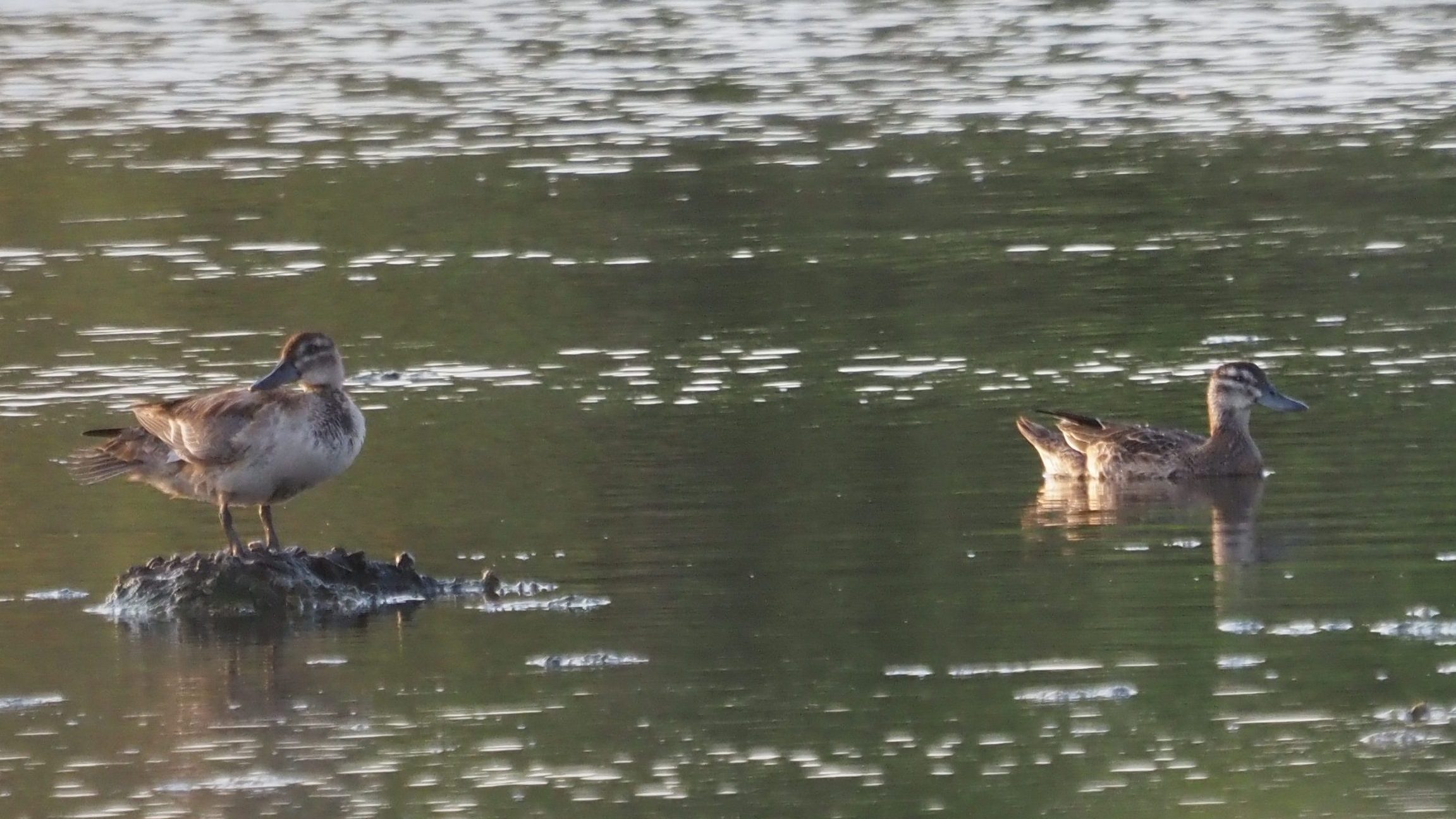
Our second move was to explore some coastal areas, where we had first views on several common waders but also the very firsts Greater Sand Plovers (Charadrius leschenaultii) and Lesser Sand Plovers (Charadrius mongolus) of the tour. Here we also got good views on a flock of Pacific Golden Plovers (Pluvialis fulva), sometimes showing side by side with Lesser Sands. In the sea side we had also good views on Lesser Crested Tern (Thalasseus bangalensis) and good comparition with Greater Crested Terns (Thalasseus bergii) and Common Terns (Sterna hirundo). A fast seawatch revealed here 1 Pomarine Skua (Stercorarius pomarinus) and 3 Common Gulls (Larus canus) moving along with 2 Caspian Gulls (Larus cachinnans).
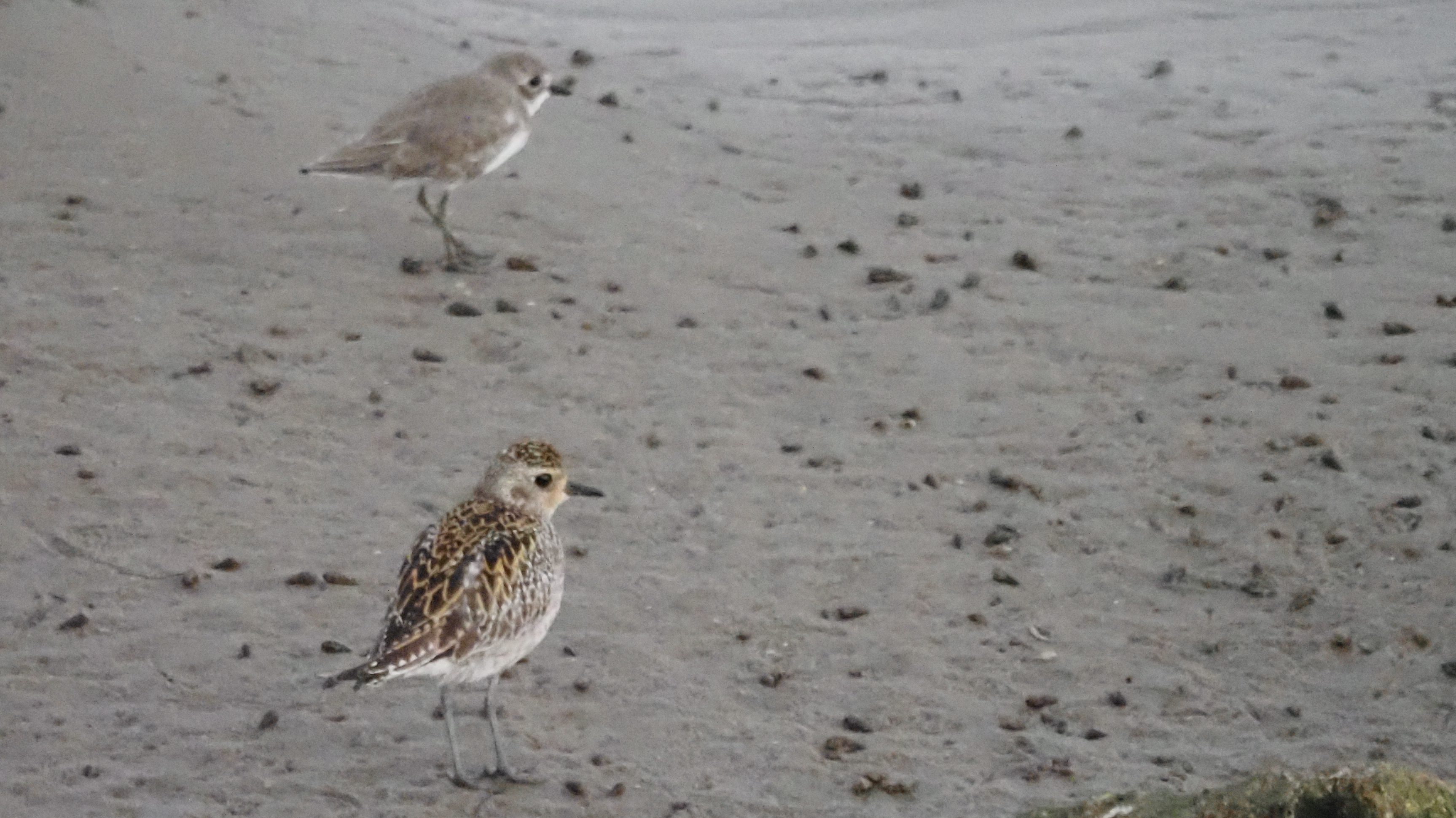
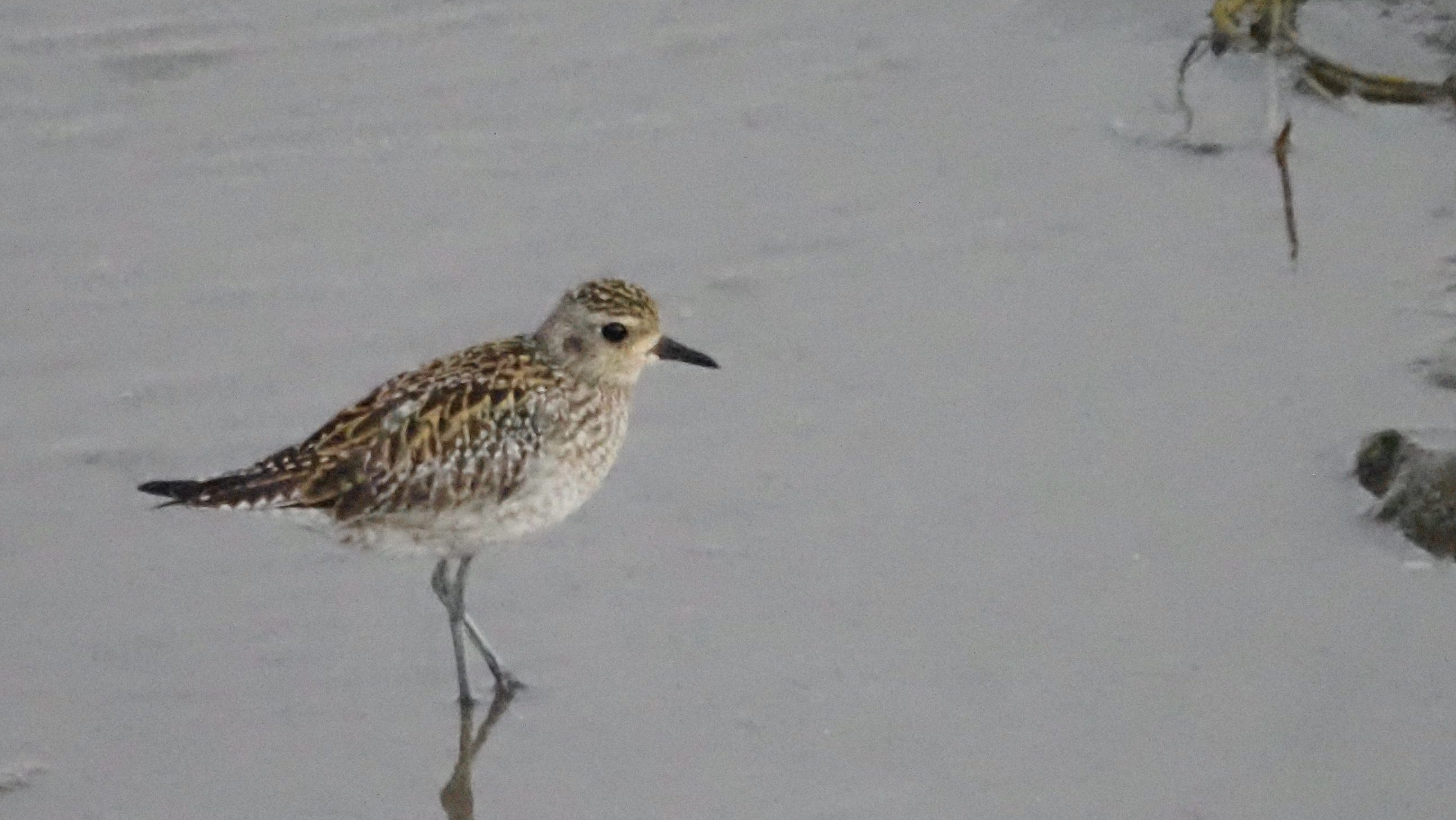
After some rest we moved to Al Qrum Natural Park for an evening birding. Despite being a bit quiet if compared with other visits, especially when talking about passerines, the area still produced excellent views on Red-vented Bulbul (Pycnonotus cafer), Common Kingfisher (Alcedo atthis), Bluethroat (Luscinia svecica), Citrine Wagtails (Motacilla citreola), Spotted Redshank (Tringa erythropus), Purple & Striated Herons (Butorides striata), the first Crested Honey Buzzard (Pernis ptilorhynchus) of the tour while it was being harrased by a flock of House Crows (Corvus splendens) , several Indian Rollers (Coracias benghalensis) and a rather surprising Spanish Sparrow (Passer hispanoliensis) male!
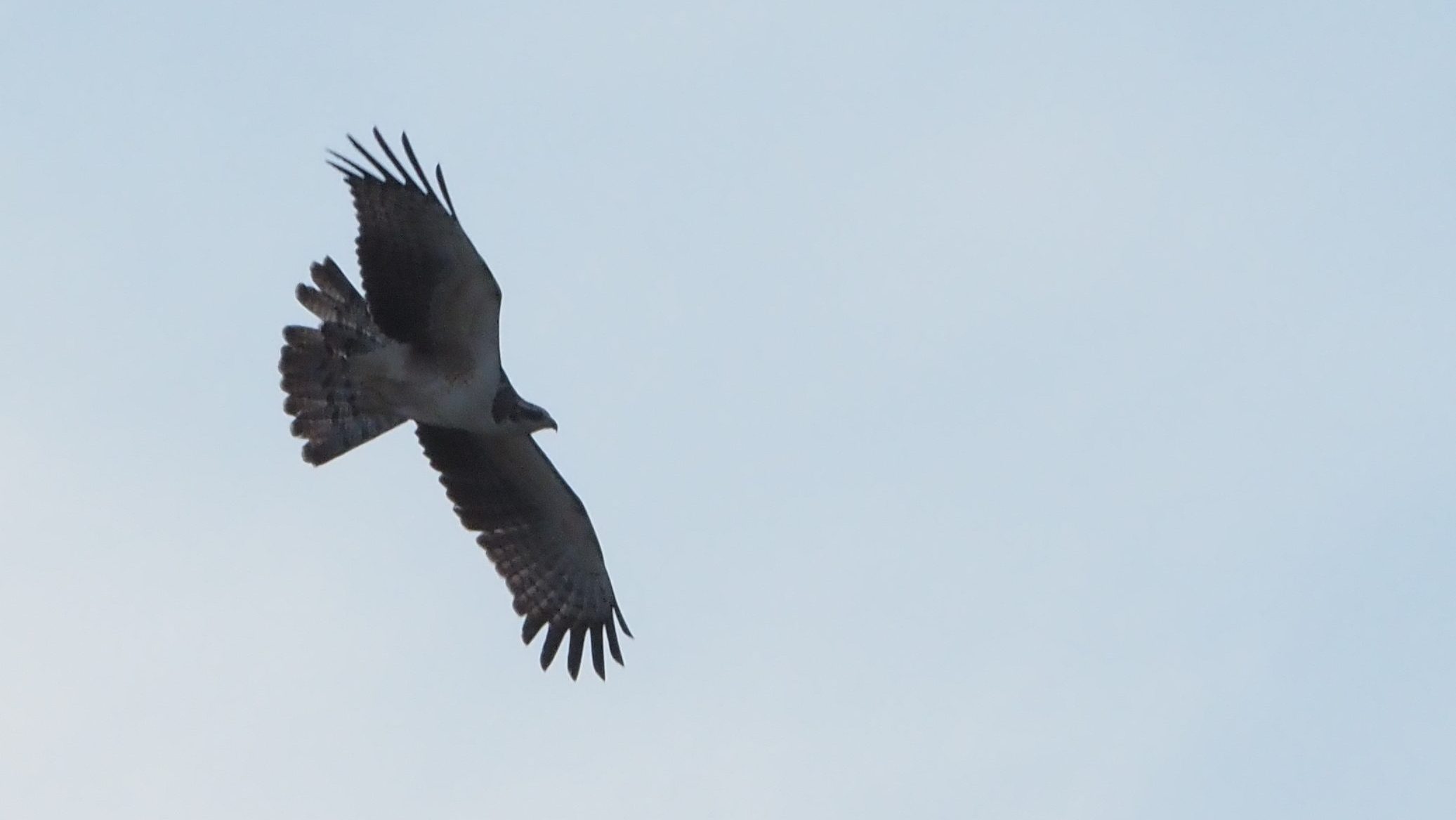

Day 2. Early morning start to explore some of the wonderful inland landscapes in Northern Oman. A short transfer from Mascate allows a substantial change in the landscape, and the impressive Al Harar Mountains show up. This morning we enjoyed some gullies and open, dry plains with scattered thornbush. It is a wonderful landscape and prove to be full of birdlife.
A combination of short walks soon prove to be really productive. The firsts Lesser Whitethroats (Sylvia curruca) were soon seen, some of the singing. Here they all look like from halimodendri, with evident black lores and absence of supercillium. A small flock of Sand Partridges (Ammoperdix heyi) were feeding around, but only allowed short views as they were running away. As we got inside the gullies, we found some normal birds for this landscapes including Blue Rock Thrush (Monticola solitarius), Plain Crag Martin (Ptynoprogne obsoleta) and our firsts Persian Wheatear (Oenanthe chrysopygia) and Levant Grey Shrikes (Lanius excubitor aucheri) of the tour + a rather distant Hooded Wheatear (Oenanthe monacha). The areas with some vegetation concentrated several Purple Sunbirds, and along with them Lesser Whitethroats but also 1 Wood Warbler and, at least, 1 Eastern Olivaceous Warbler (Iduna pallida). Here we were also delaighted with close views on 2 Arabian Babblers (Turdoides squamiceps), a species often difficult to find! While enjoying these wonderful birds we got a bird sitting in a bush, and turned out to be a Brown Shrike (Lanius cristatus). Now the group split into two, with some people admiring the Shrike, while others trying to get good shots in the nervous Babblers. But the party was no over, because right there a pair of Levant Scrub Warblers (Scotocerca inquieta) just showed out in the same scrub where Shrike was shinning out! This was a brilliant moment of the tour, with three top birds showing simultaniously!
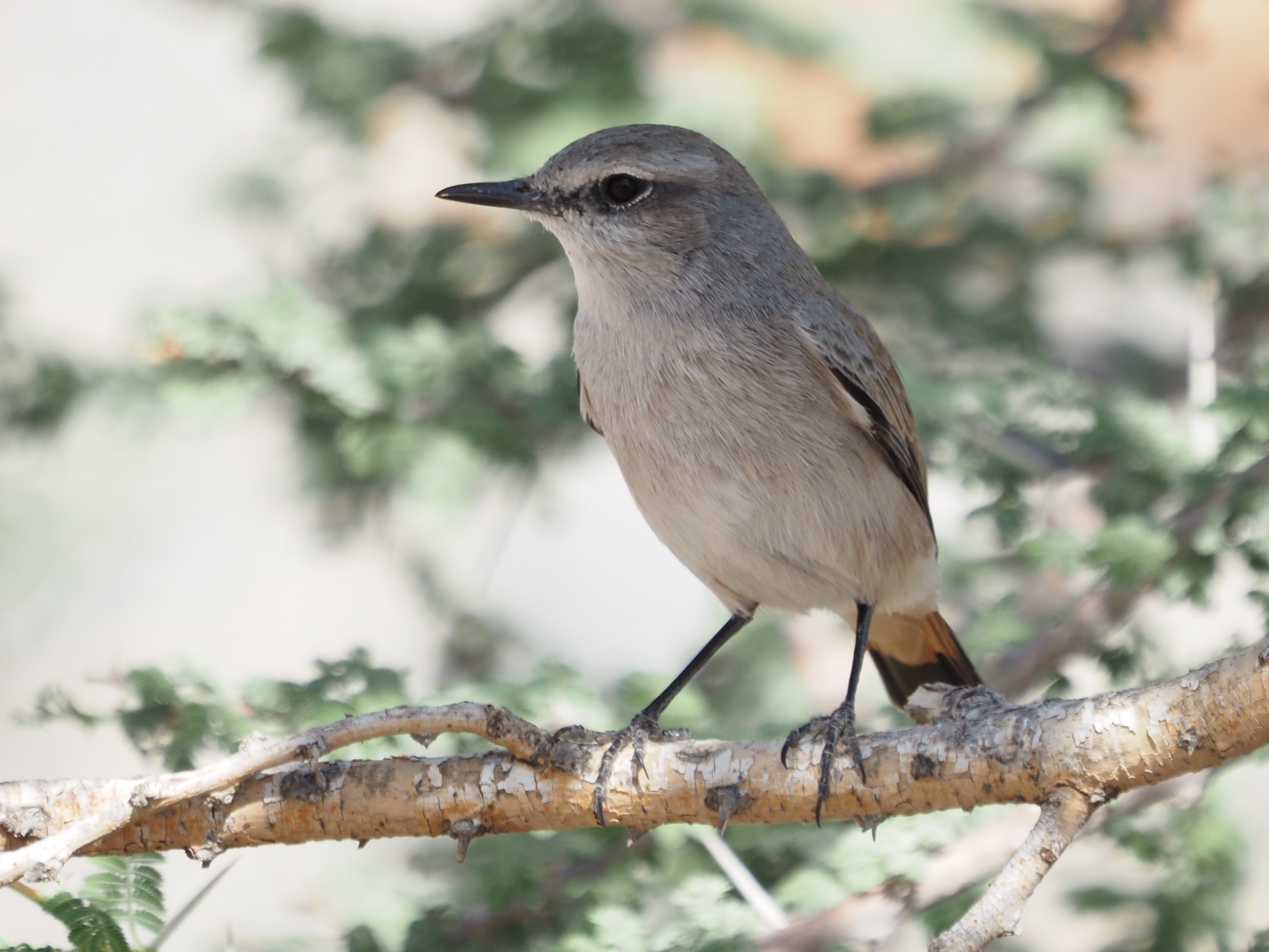

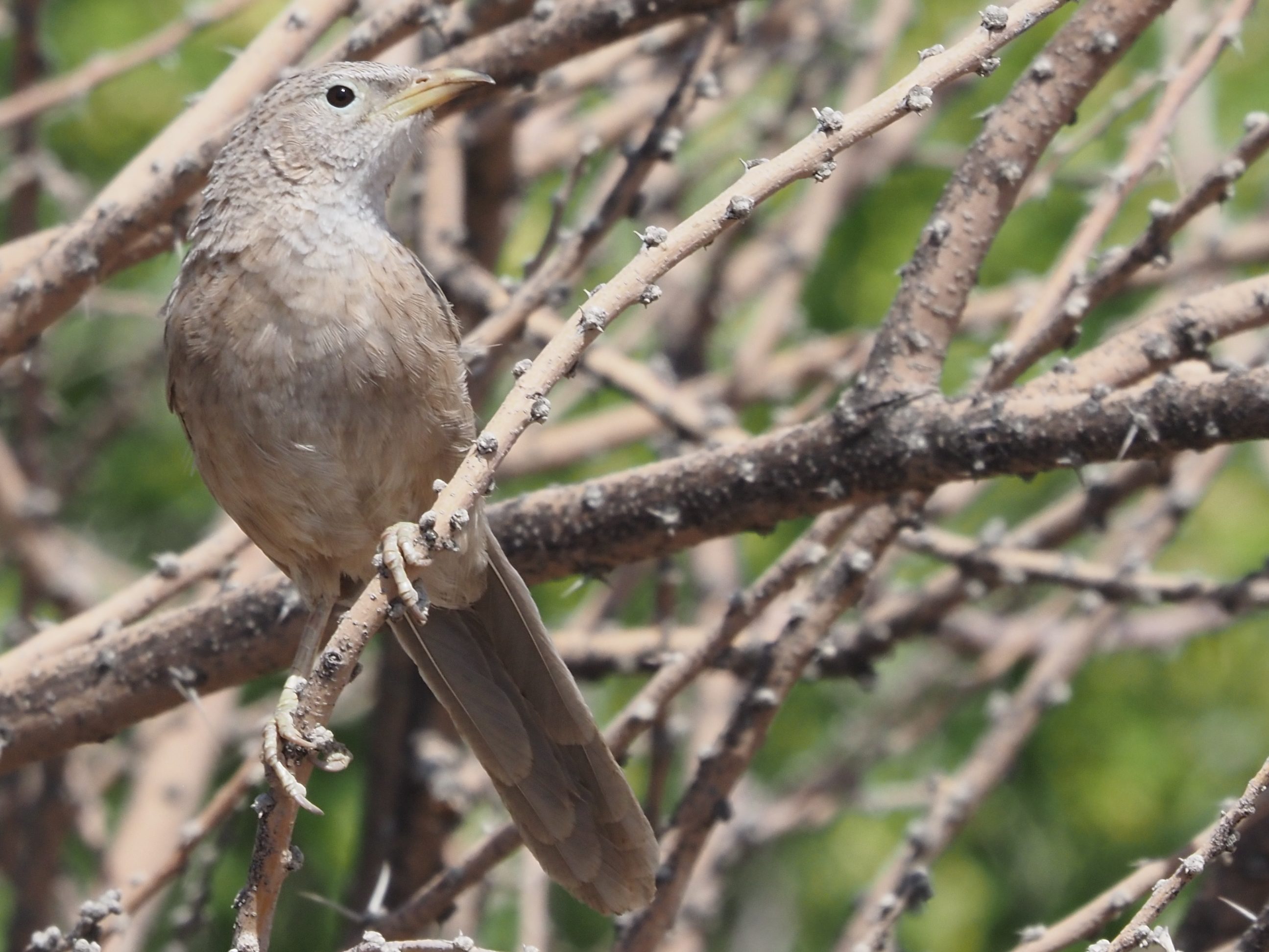

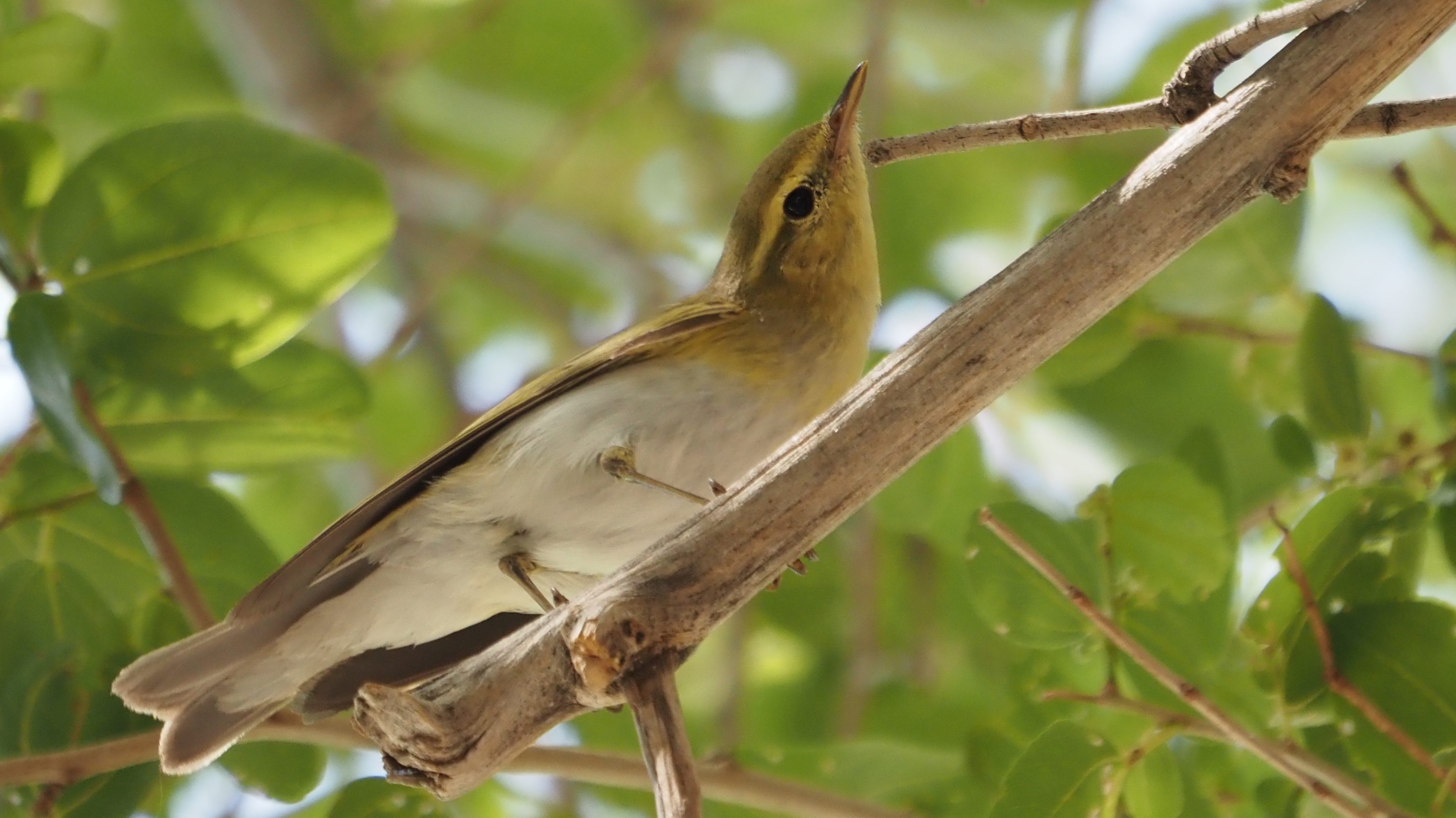
The sun was already really high, and it was getting warm so we started to move towards our lunch stop. After a good rest and food in the shade, we move to our afternoon location. During the next hours we were to explore one of the many huge gorges in the area. Here we were expecting to find the poorly-known Omani Owl (Strix butleri), but our chances were really decimated due to the strong wind. Even inside the gorge, the wind and the dust made birdwatching quite difficult and uncomfortable. We explored some oasis like corners in the gorge, and despite the difficult conditions, we got good views on Hume’s Wheatears (Oenanthe albonigra), Striolated Buntings (Emberiza striolata), Palestine Rock Dove (Columba livia palaestinae) and a single Plain Leaf Warbler (Phylloscopus neglectus). We spend some time scanning the cliffs, despite the poor visibility due to the dust in the air, but we got no sign of the owls. Still, our perseverance was granted with good views on a single Arabian Tarh (Arabitragus jayakari)!
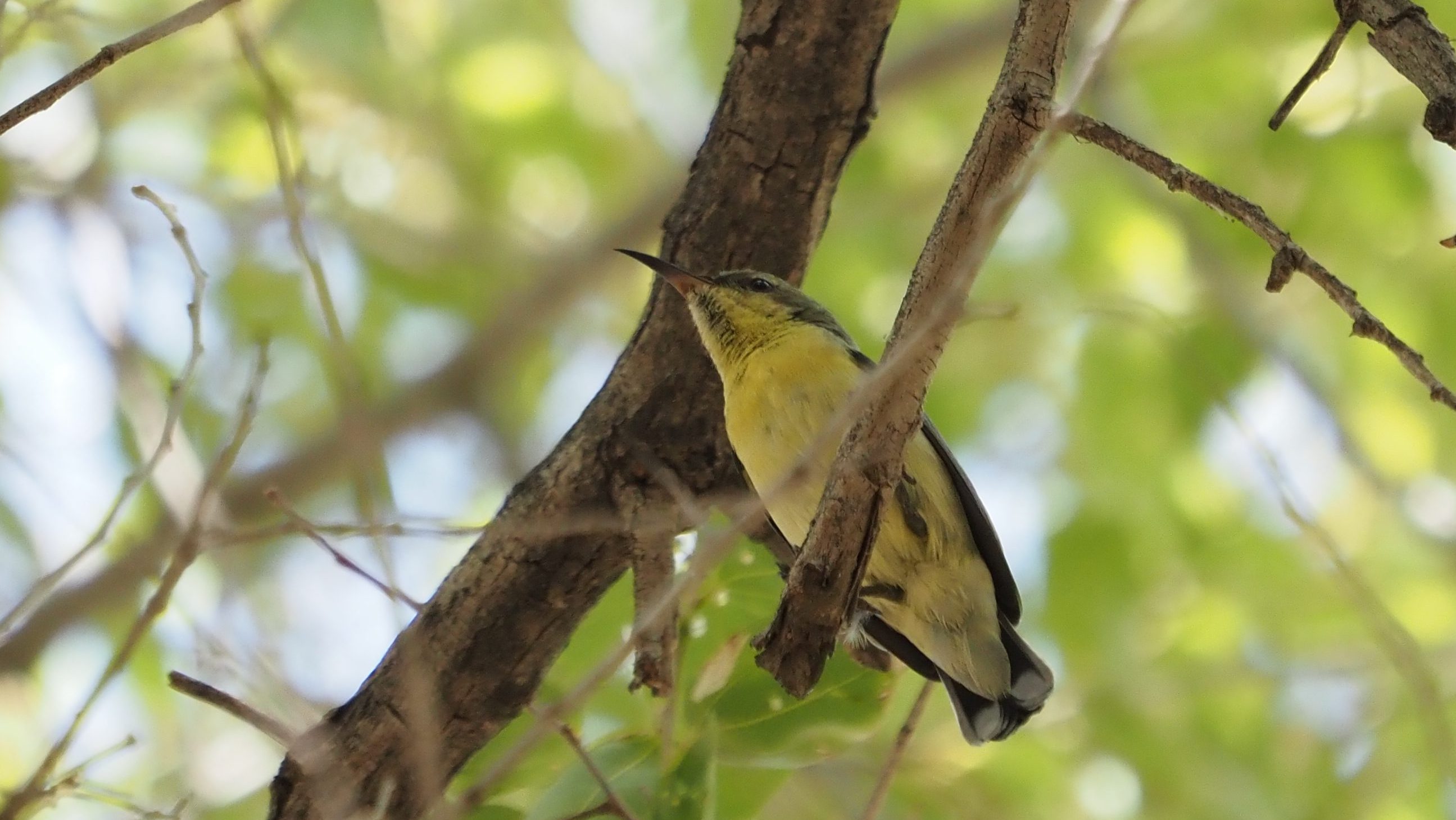

Day 3. Early morning transfer to Liwa, the Western patch of mangroves holding a pair of very interesting species. Our hope was to connect with the endemic & scarce race of Collared Kingfisher (Alcyon chloris kalbaensis) living here. The area is also noted for herons and waders. Here we got some Striated Herons & Western Reef Egrets along with Clamorous Reed Warblers, but got no sign of the Kingfisher. Still, the area was filled up with migratory birds. Here we got the only Northern Wheatear (Oenanthe oenanthe) and the only Red-backed Shrike (Lanius collurio) of the trip. Here we also got first views on Desert (Oenanthe deserti) and Isabelline Wheatears (Oenanthe isabellina). We counted 8 Indian Rollers feeding in the wires around, and minimum of 2 Pied Wheatears (Oenanthe pleschanka) moving in the same area. The large scrubby plains around the mangroves also produced excellent close up into Asian Desert Warbler (Sylvia nana), and 2 Eastern Black-eared Wheatears (Oenanthe melanoleuca) feeding along with a flock of Tawny Pipits (Anthus campestris) and Crested Larks (Galerida cristata)!
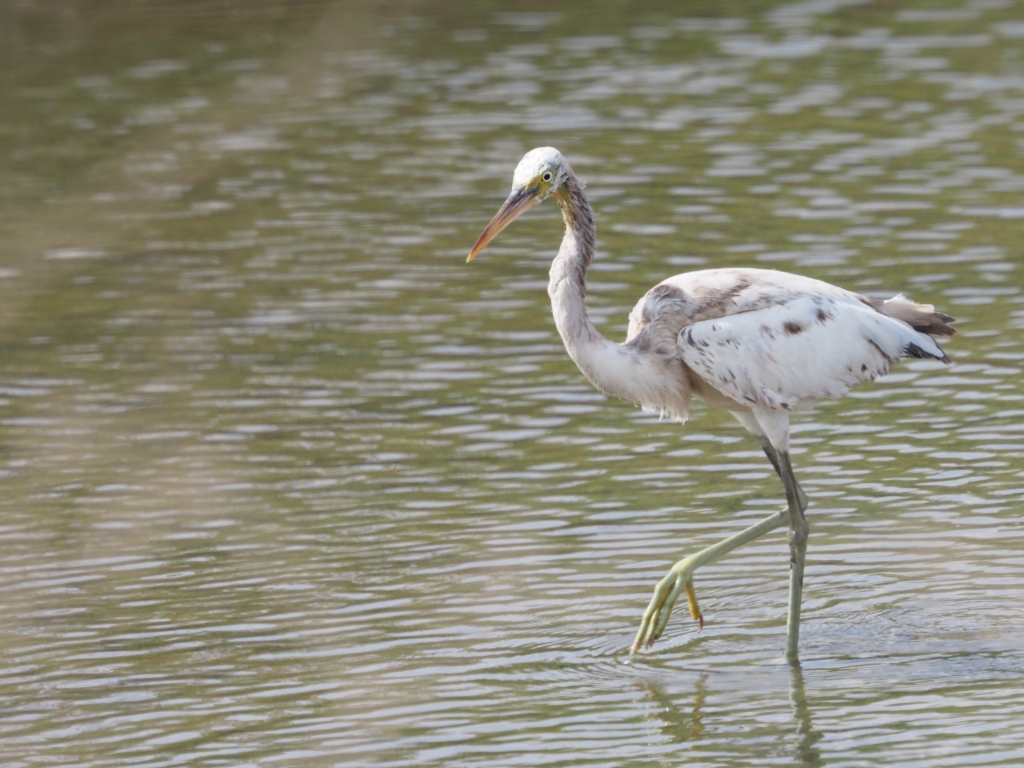
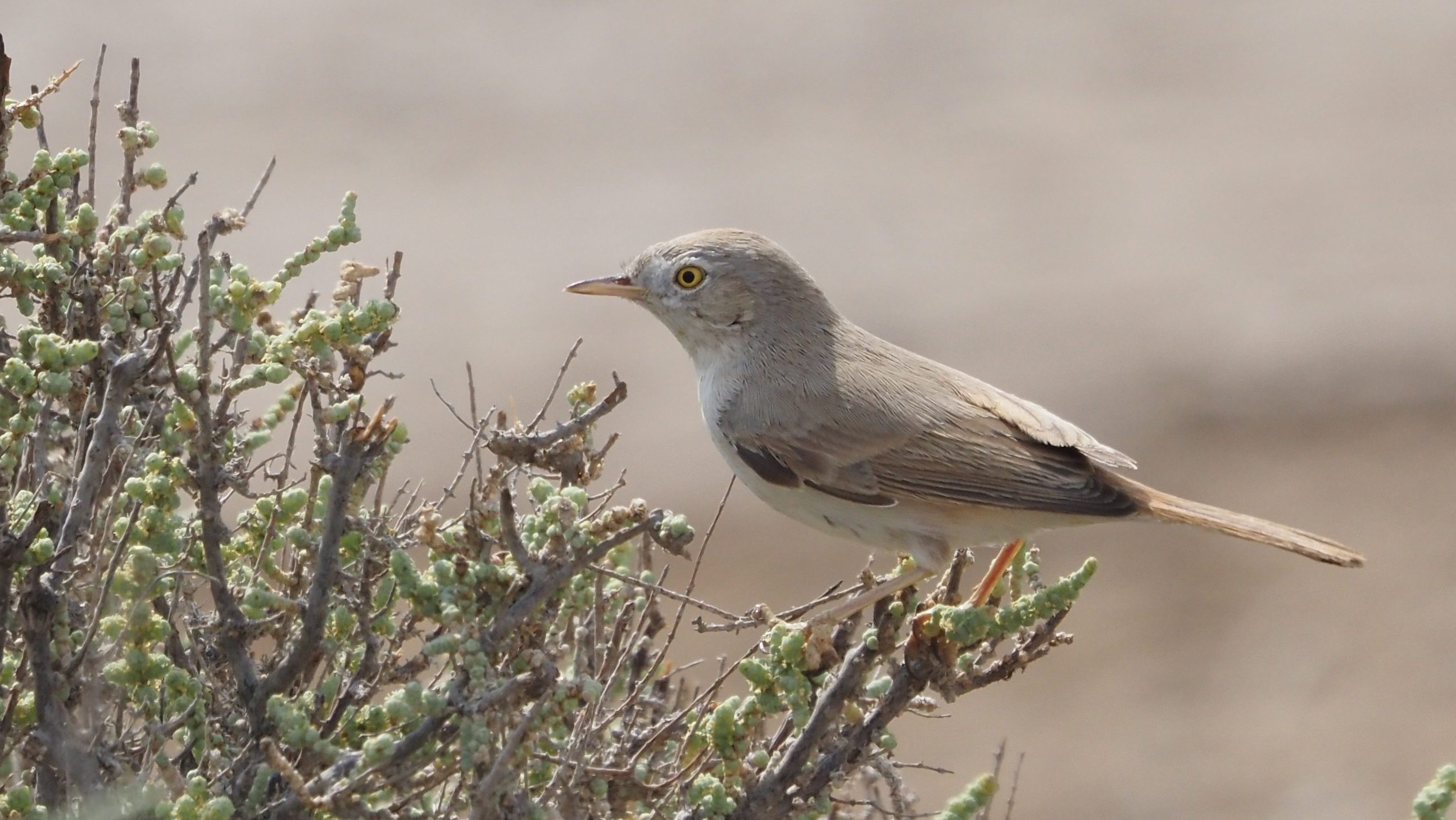
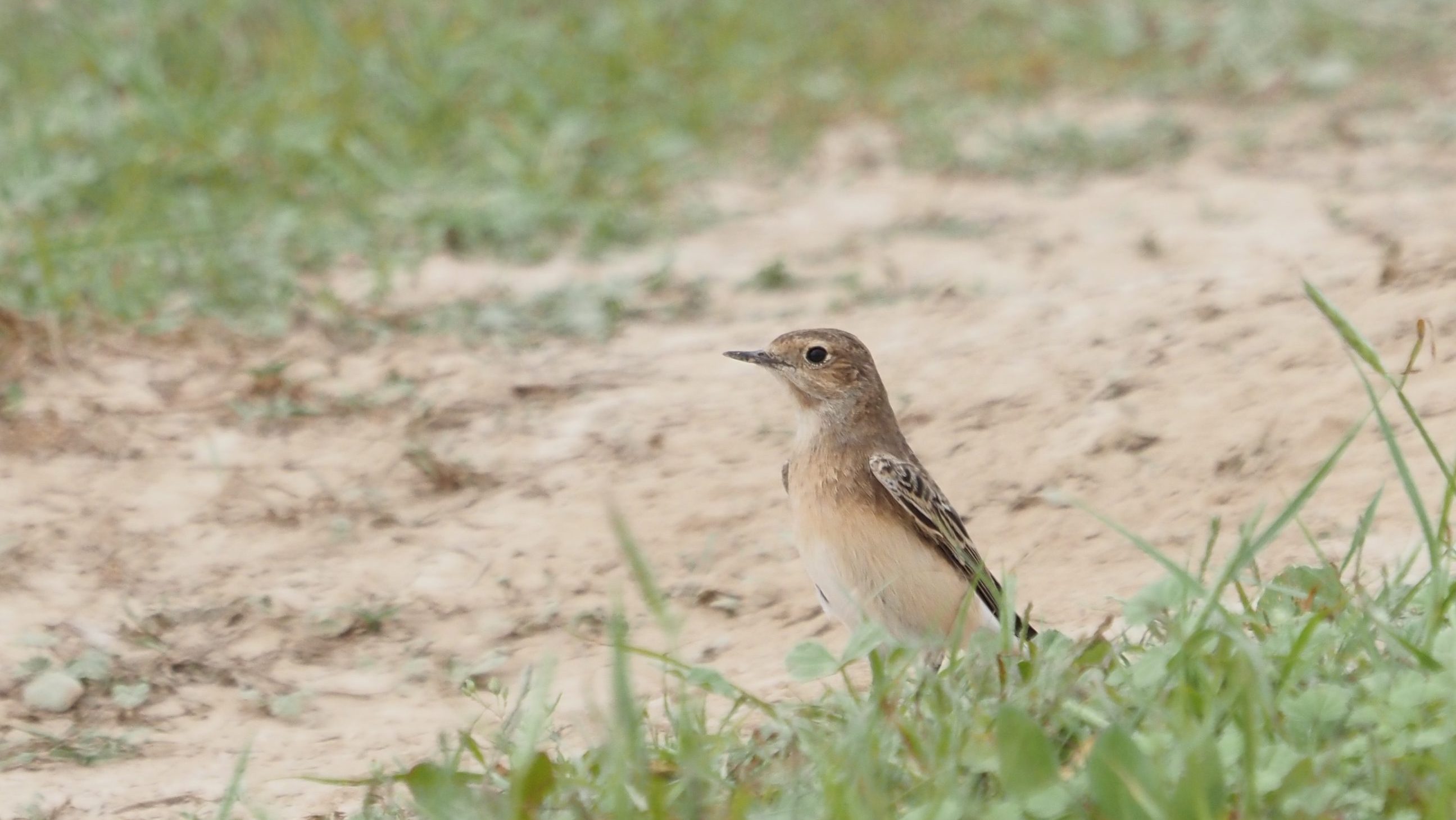

In our way back to Mascate we did a stop in a golf course, enjoying flocks of Ruffs feeding in the short grass and being joined by Citrine & Yellow Wagtails (Motacilla flava). Here we also got some Common Snipes, Lesser Sand Plovers, a single Great Reed Warbler (Acrocephalus arundinaceus) and flyby male Pallid Harrier (Circus macrourus) before going back to our accommodation.
Day 4. This was the day of our transfer between Mascate and Salalah. And despite the long driving, it was also a great birding day. A number of selected stops produced a really interesting list of birds.
In the North, we enjoyed some birding in the stonnny planes beyond Al Harar Mountains, where we were lucky enough to have intimate views on Lichtenstein’s Sandgrouse (Pterocles linchtensteinii) just by the lane! Here we also Black Redstart (Phoenicurus ochruros) and Indian Silverbills.
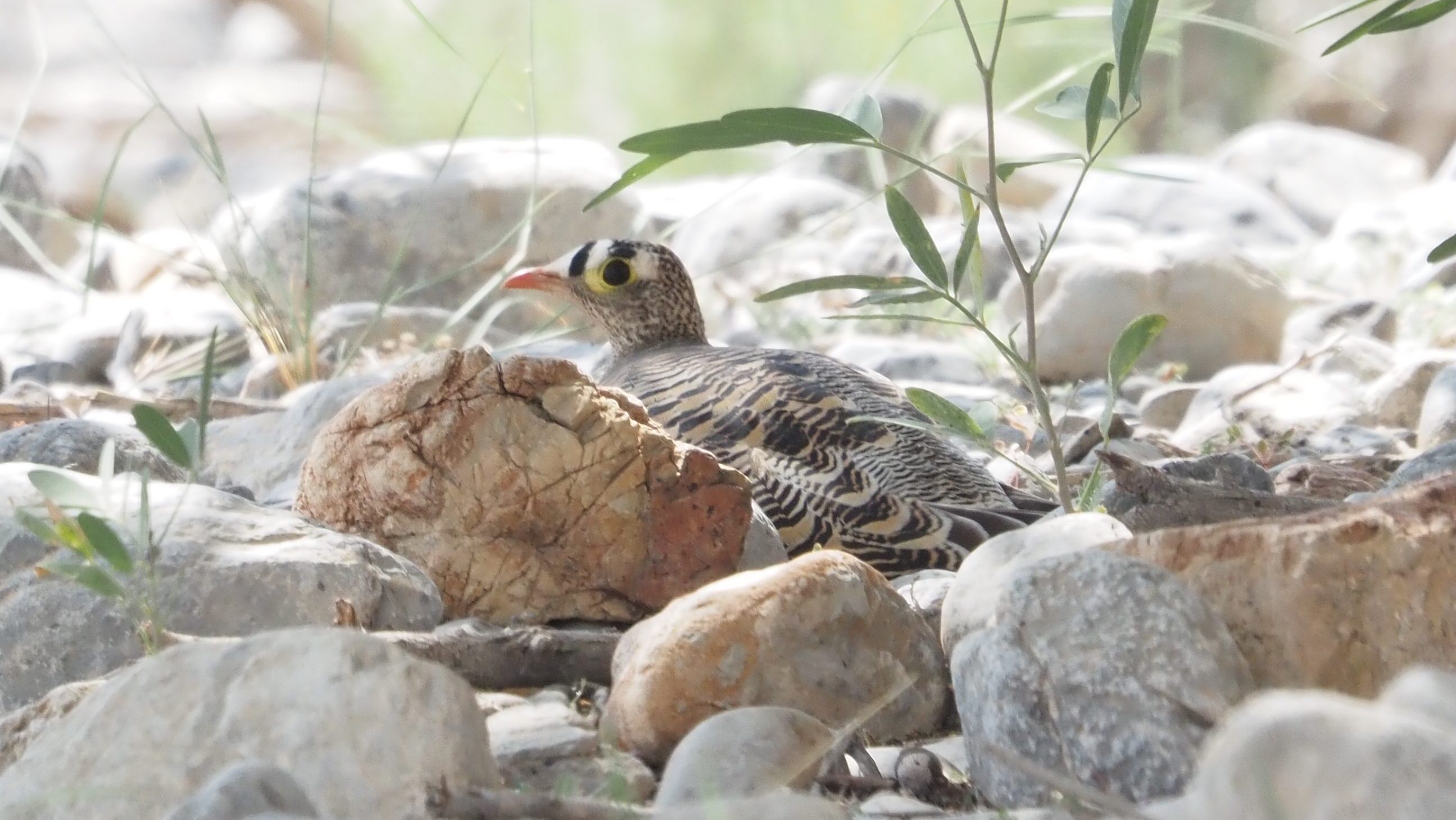

For our picnic time, we enjoyed a small garden where a Red-breasted Flycatcher (Ficedula parva) seemed to be waiting for us. Here, already quite in the South, we got our firsts Abyssinian White-eyes (Zosterops abyssinicus) and intimate views on Spotted Flycatchers (Muscicapa striata). In the afternoon we had some time to explore some grass farms along the road, despite having another windy afternoon. It can be said that we arrived at the right time, as the fields were filled up with Greater Hoopoe-larks (Alaemon alaudipes), Isabelline Wheatears and Tawny Pipits. It always fascinated me how these areas, surrounded by hundreds of kilometers of desert, can hold such a wonderful birdlife!
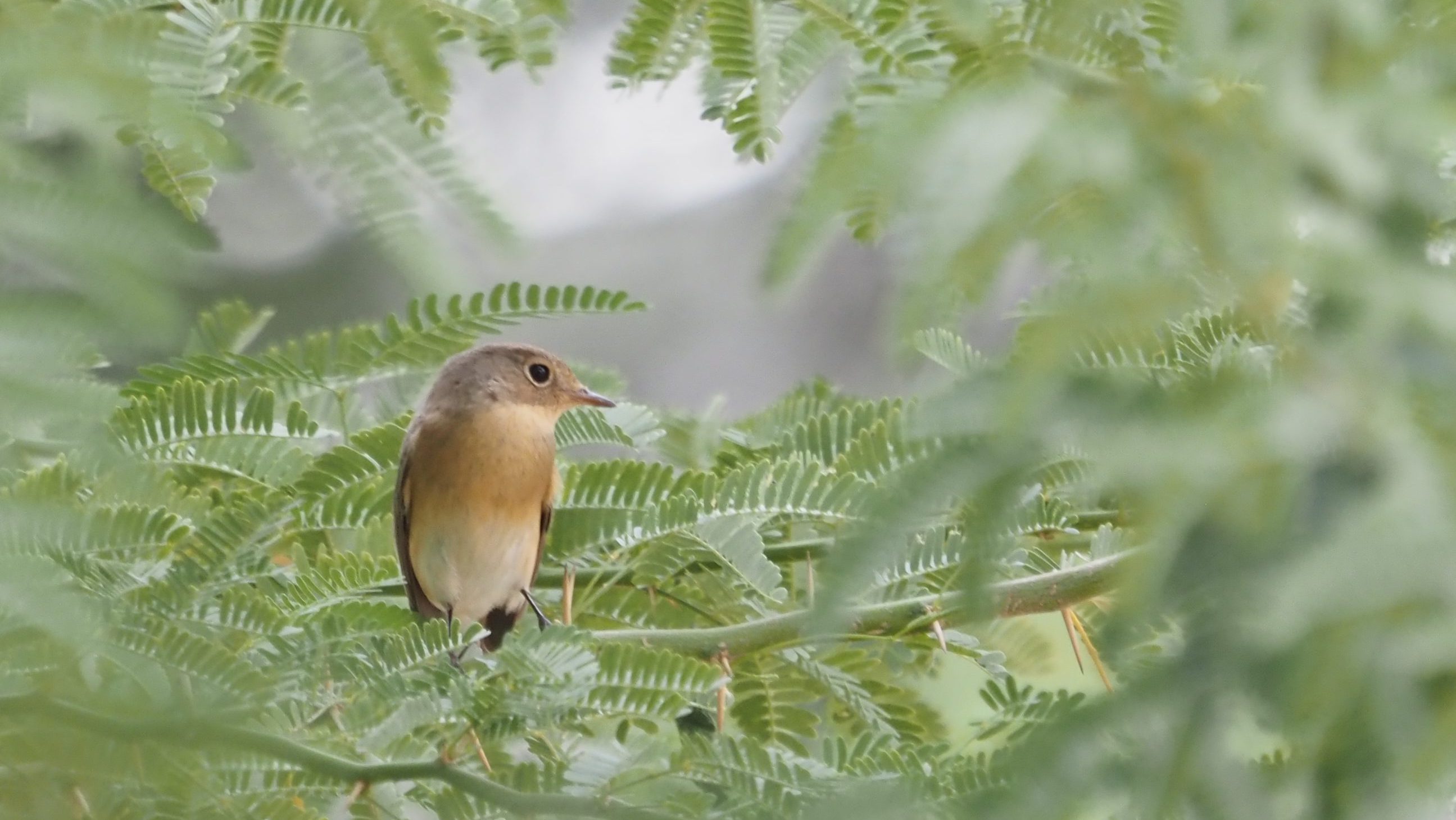
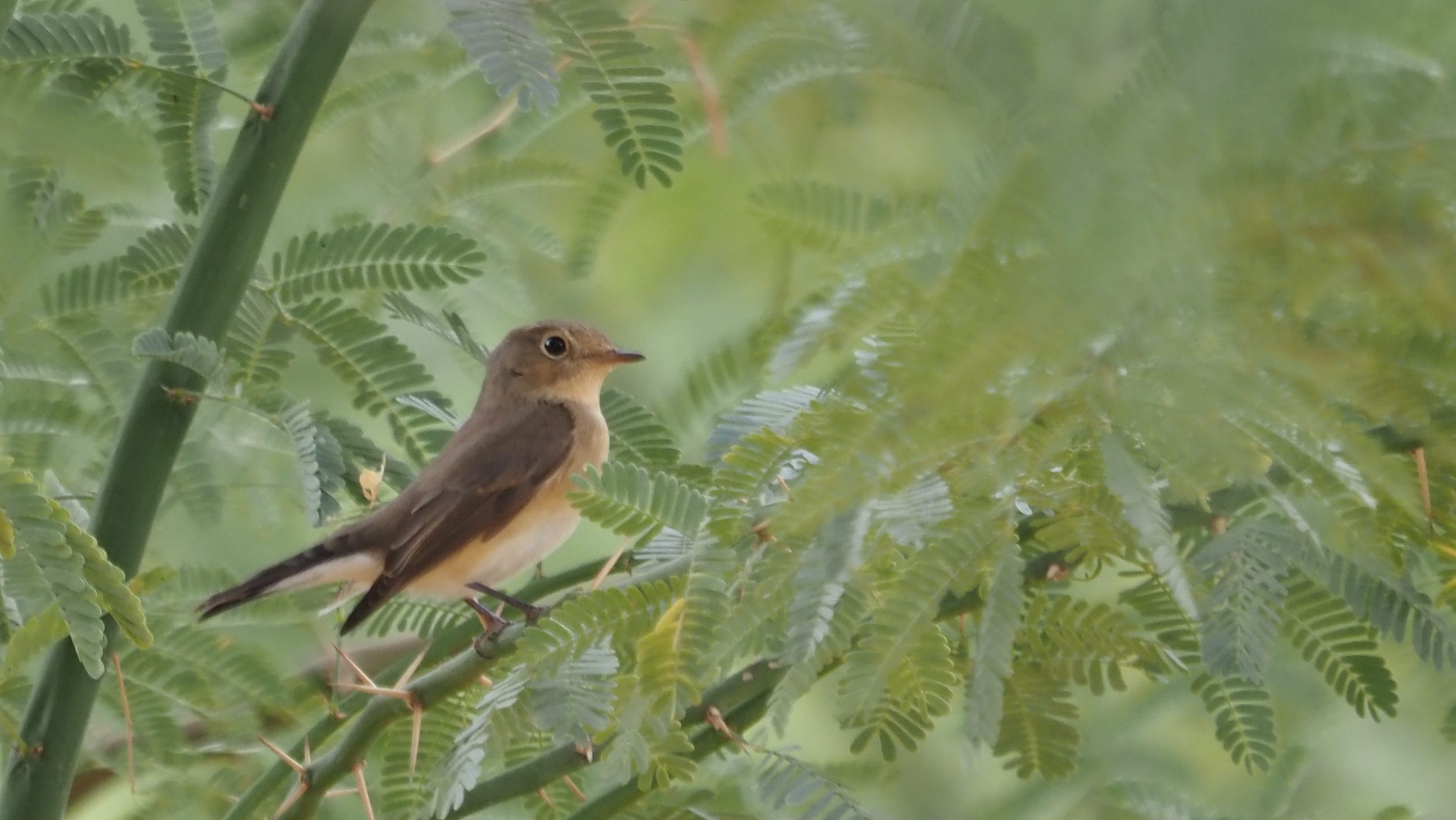
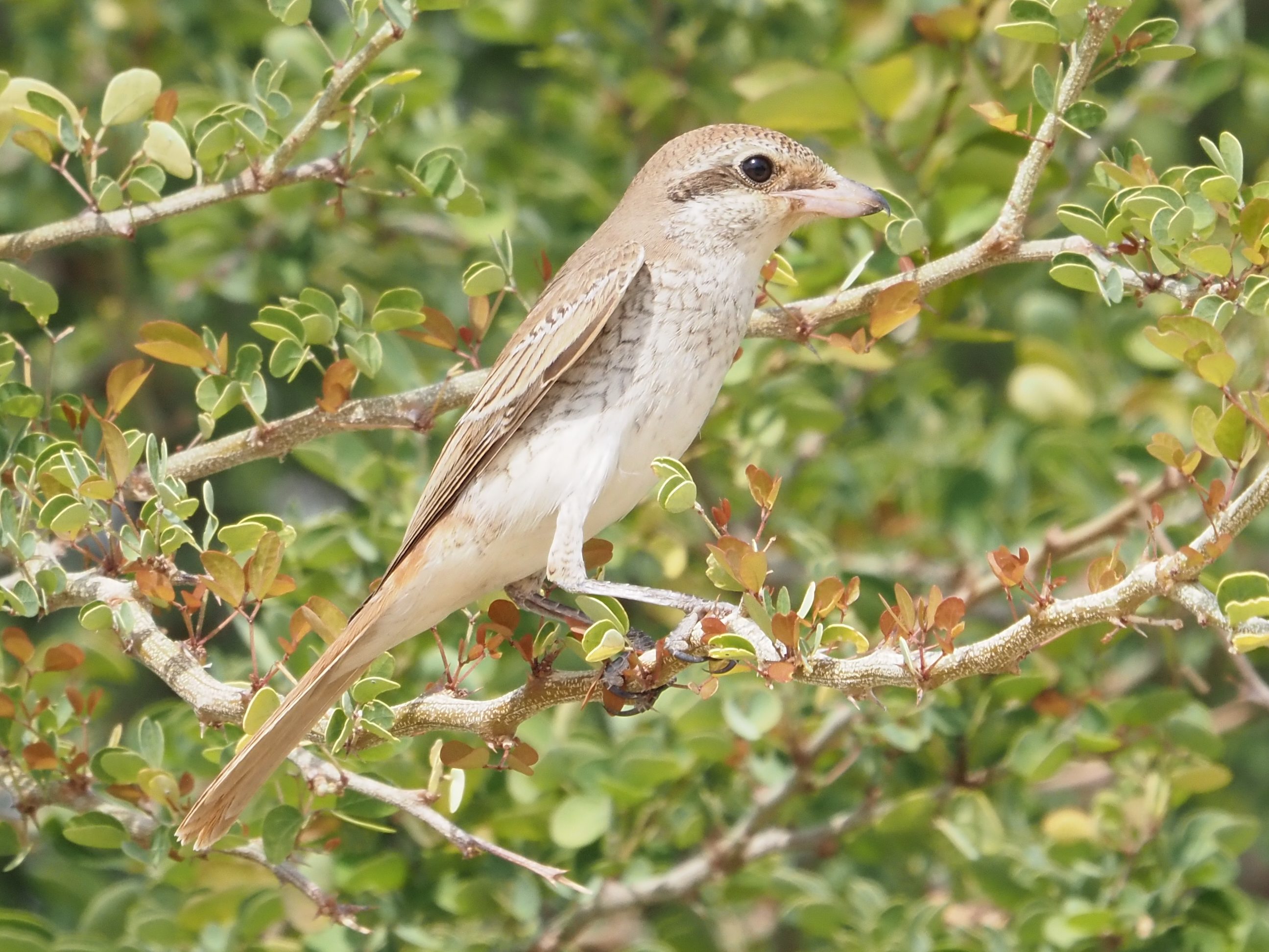

The fields were full of birds, and a minimum of 2 Pallid Harriers and 3 Montagu’s Harriers (Circus pygargus) were hunting in the area along with 10+ Common Kestrels. Here we also counted 10+ European Rollers (Coracias garrulus) & Turkestan Shrike (Lanius phoenicuroides). The place was covered with Larks. Beyond the very common Crested Larks, we were surprised by a flying flock of Greater Short-toed Larks (Calandrella brachydactyla) that never stop in the short grass in front of us, but a pair of minutes later we got a small flock of 4 larks stopping close to the fields, and we were all happy to see that they were Arabian Larks (Ammomanes eremodites), formerly considered conespecific with Dunn’s Lark (Ammomanes dunnii), and a scarce bird in Oman!
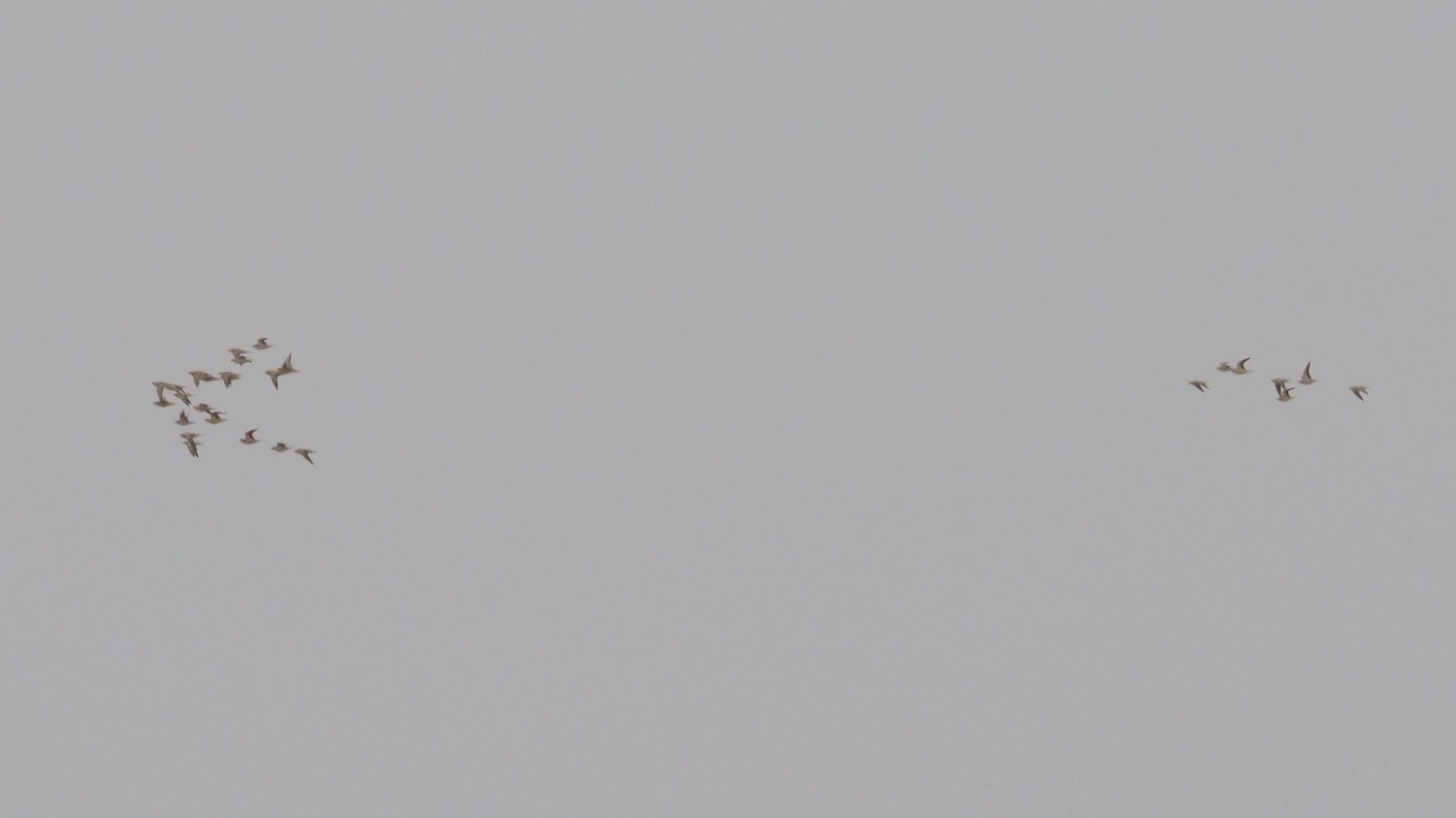
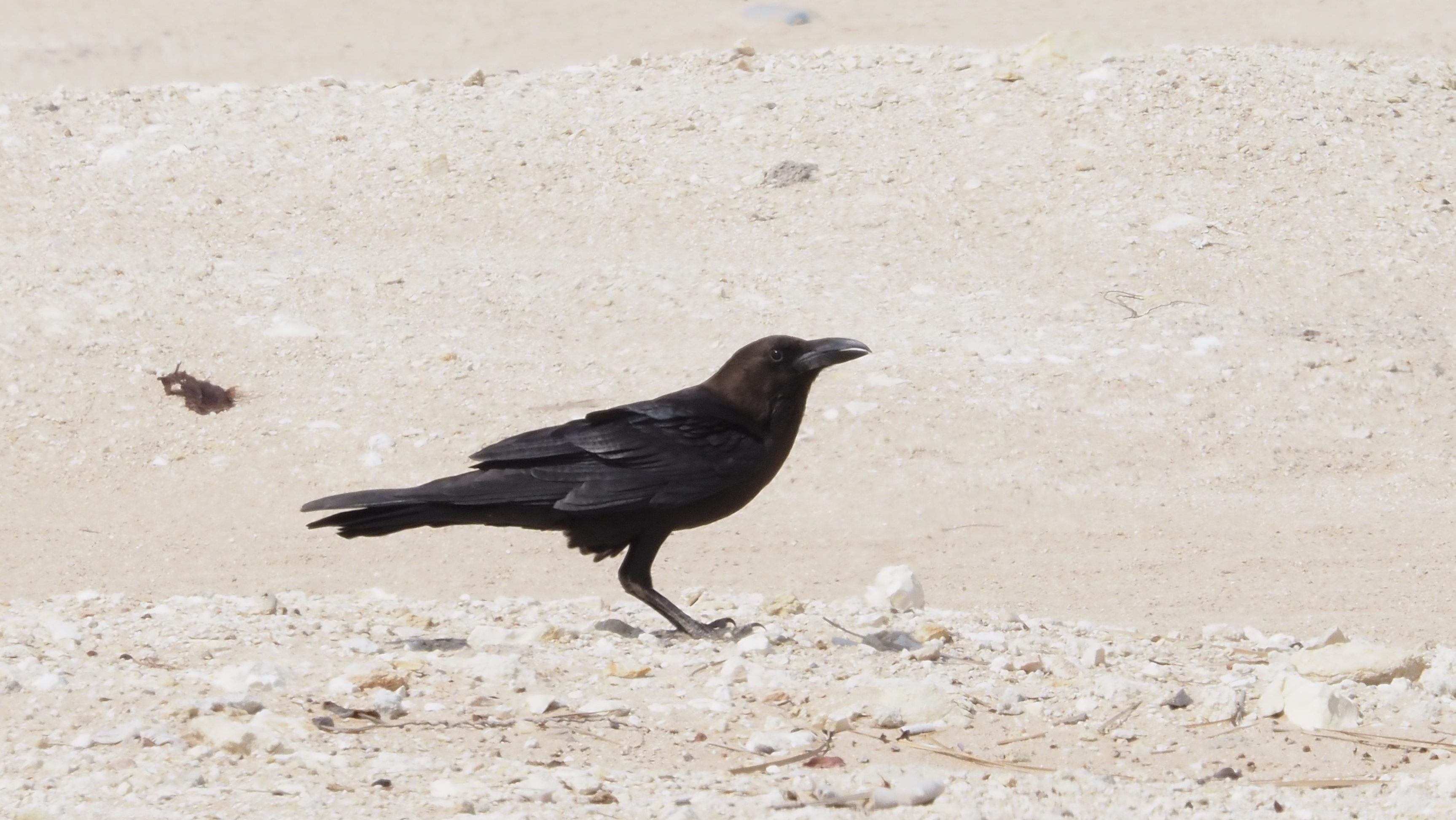
Back to the road, we still had a last detour, this time to enjoy some Sandgrouses. Just in time, we were granted with several flocks of Chestnut-bellied Sandgrouses (Pterocles exustus) flying around us and stopping in the desert, while flocks of both Spotted (Pterocles senegallus) and Crowned Sandgrouses (Pterocles coronata) were also offering excellent flight views! A wonderful way to end our birding time. Only one hour after this we arrived to our accommodation in Salalah to get some rest and comment all the excellent birds that we got along the day!!
Day 5. Our first day in Salalah was one of the most wonderful that I remember in this area. We had an early start and covered the short distance between our accommodation and the first location of the day, and area of open woodland mid way up to the Dhoffar plateau.
Here we were soon enjoying a long list of specialities. The area was fullfilled with Cinnamon-breasted Buntings (Emberiza tapahisi), small flocks of Rüppells Weaver (Ploceus galbula) and some African Silverbills (Eudice cantans). The firsts Palestine Sunbirds (Cynniris osea) were also seen feeding in the highest part of the fig trees while the whistles of Tristam’s Startlings (Onychognatus tristamii) announced the arrival of some of flocks of them.

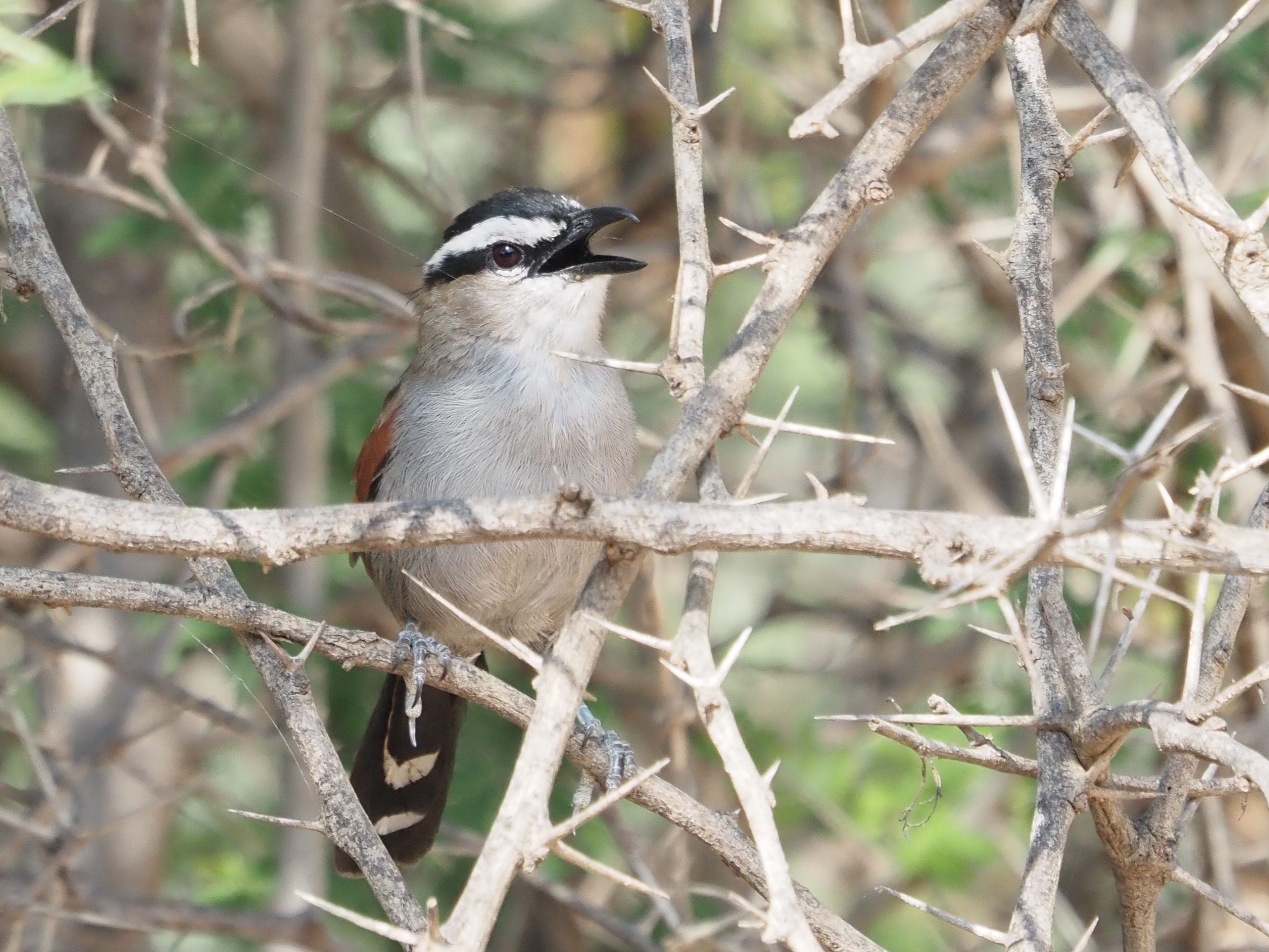
2 Brown-headed Kingfishers (Halcyon leucephala) were perched in low branches, trying to locate one of the large locustes that they predate on, while the always nervous African Paradise Flycatchers (Tersiphone viridis) looked like concentrated around a small pound nearby. A short walk around the area soon allowed us to find the first of 4 Arabian Warbler (Sylvia mmemelanea) seen that morning while feeding in some dense thickets. This individual was moving along with a Lesser Whitethroat, and allowed a good comparisition of size, structure and behaviour. One bush away, a Isabelline Shrike was also a good find, and a fast check in the thickets below it revealed a wonderful pair of Arabian Black-crowned Tchagras (Tchagra senegallus percivali) and our first Graceful Prinia (Prinia gracilis). The morning was being wonderful but it took better was a distant pale Shrike was seen. When landed, the Shrike described a cercle with its tail, and that meant only one thing! We fast moved closer and enjoyed good views on a 1stw Masked Shrike (Lanius nubicus), a pretty scarce migratory bird in Oman! The bird was quite nervous and didn´t allow any close ups.
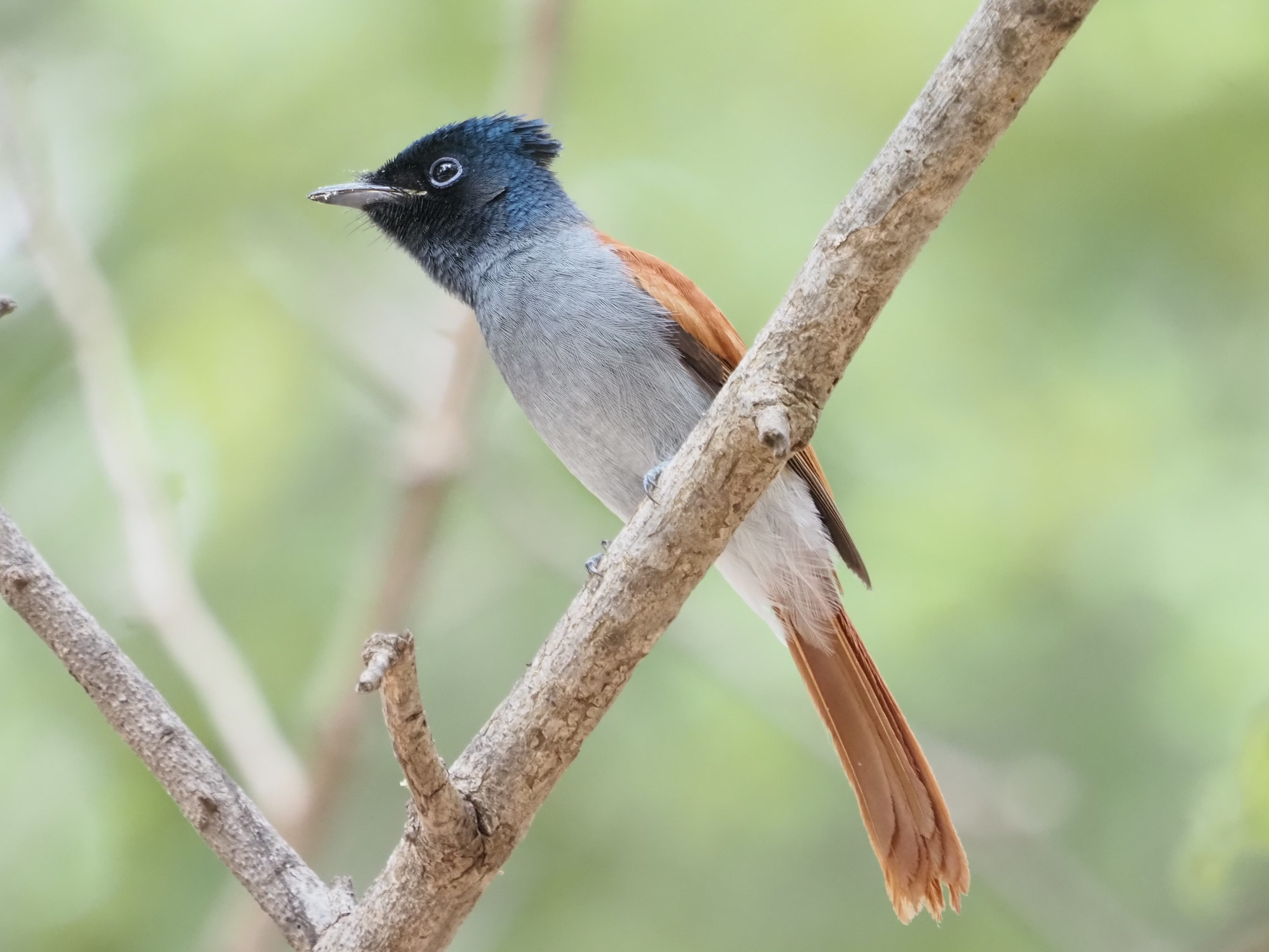

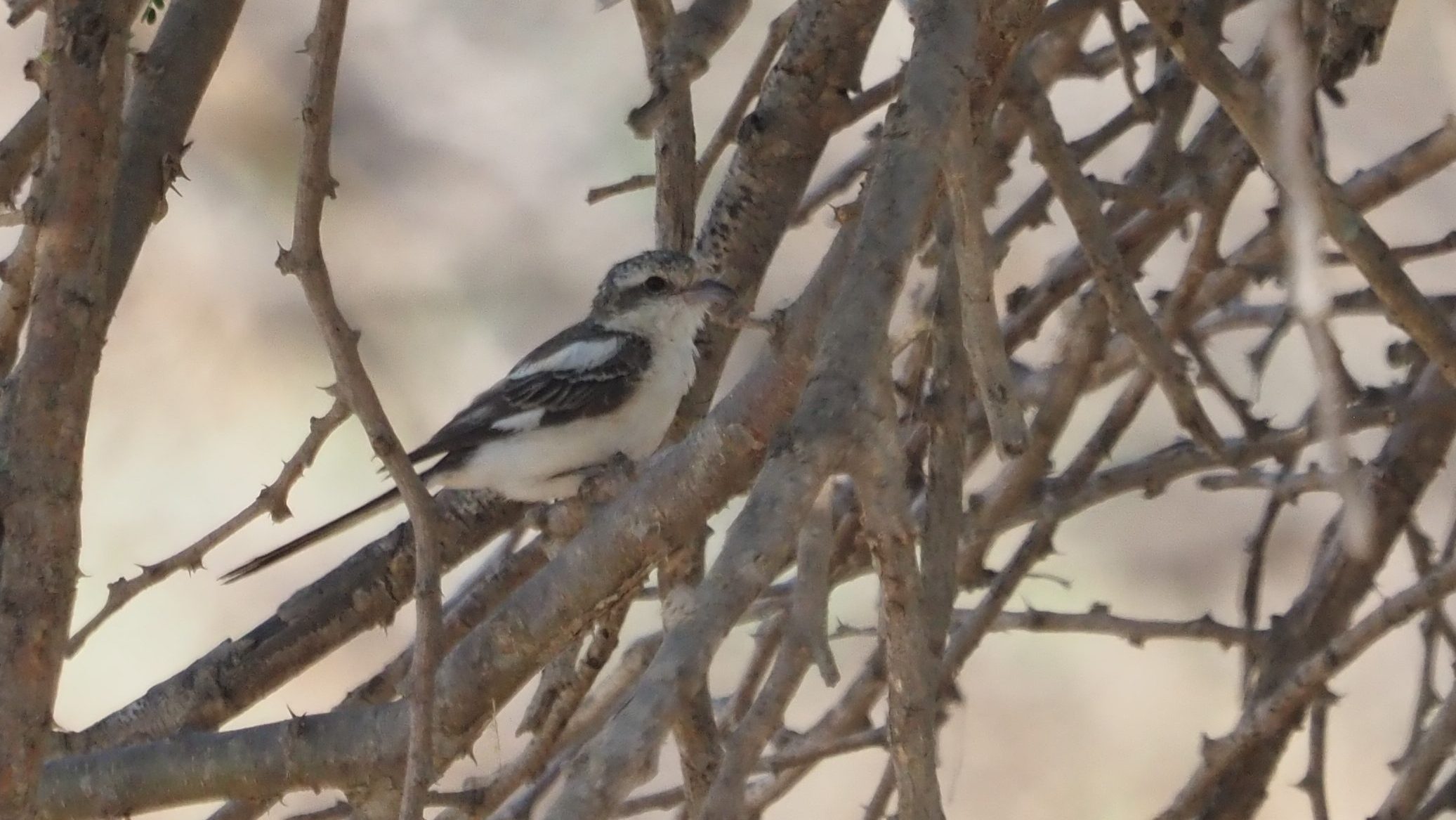
Back to the denser area we then found a wonderful mixed flock moving in the thickets: Here there were 2 Tchagras, 2-3 Arabian Warblers, some Abyssinian White-eyes, 4 Lesser Whitethroats, 1 African Paradise Flycatcher and 2 handsome Eurasian Wrynecks (Jynx torquilla) that gave excellent views! Just beside them, but not really moving along, we also got excellent views on one pair of Blackstars (Oenanthe melanura). Another great adding to our wonderful morning list! We then decided to explore better the stream nearby. Here we had good numbers of Buntings, African Silverbills, Laughing Doves and White-eyes that were coming down for a bath. Here it was also a handsome Grey Wagtail (Motacilla cinerea) and 2 Green Sandpipers (Tringa ochropus). Suddenly, a Black-crowned Night Heron (Nycticorax nycticorax) landed in a nearby tree. But the most exciting of that corner was the flock of 4 Arabian Grosbeaks (Rhyncosthrurus percivali) flying over us and briefly landing on a tree, some 50 metres away from us. Two o the tree clients got good but brief views on them, but one of the members of the group could not connect with them. We spent quite a long time trying to relocate them, but we got nothing at all. Instead, we got our only Common Redstart (Phoenicurus phoenicurus) along with Spotted Flycatcher, Turkestan Shrike and a minimum of 6 African Paradise Flycatchers feeding in a lovely corner!
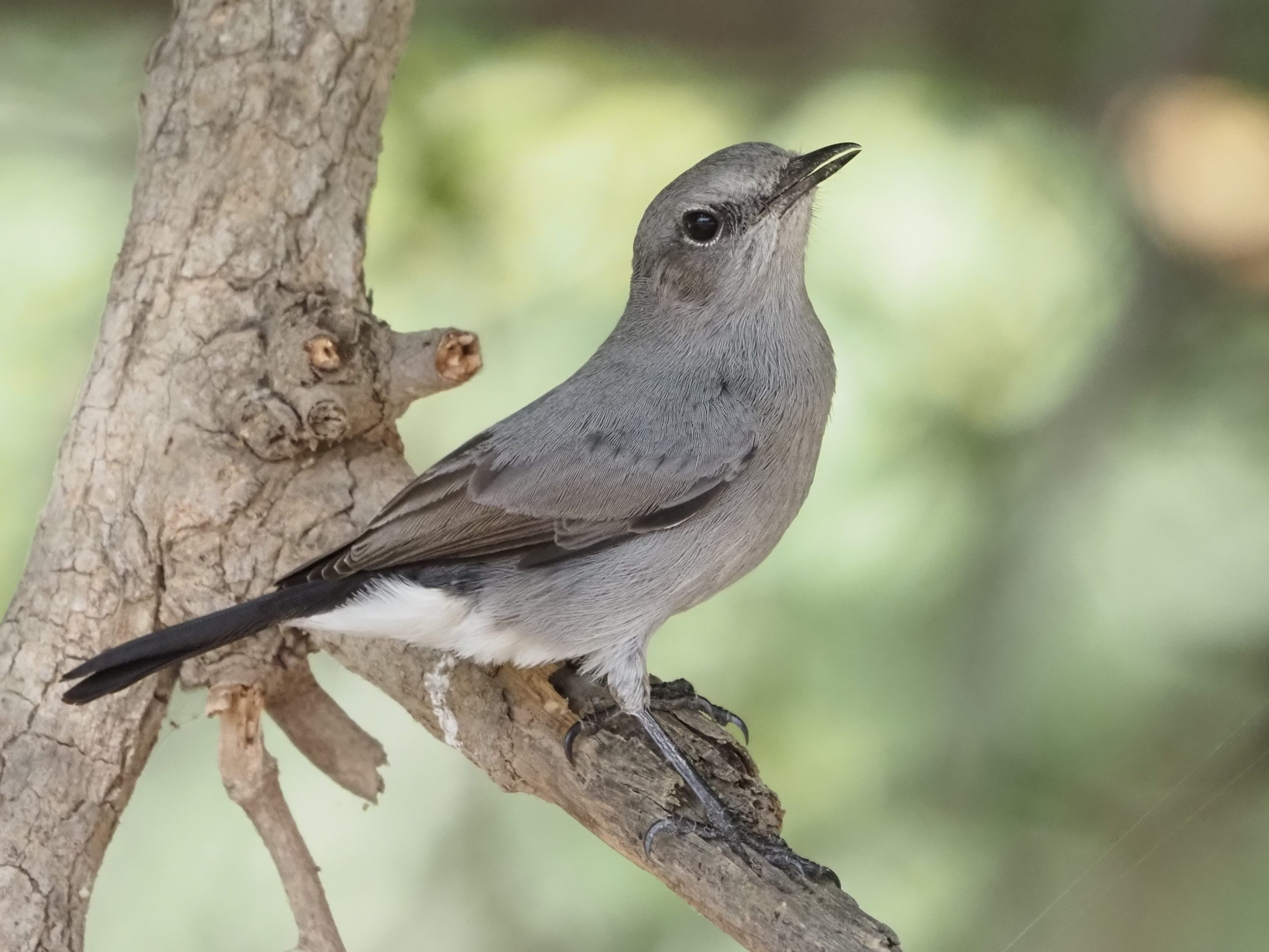
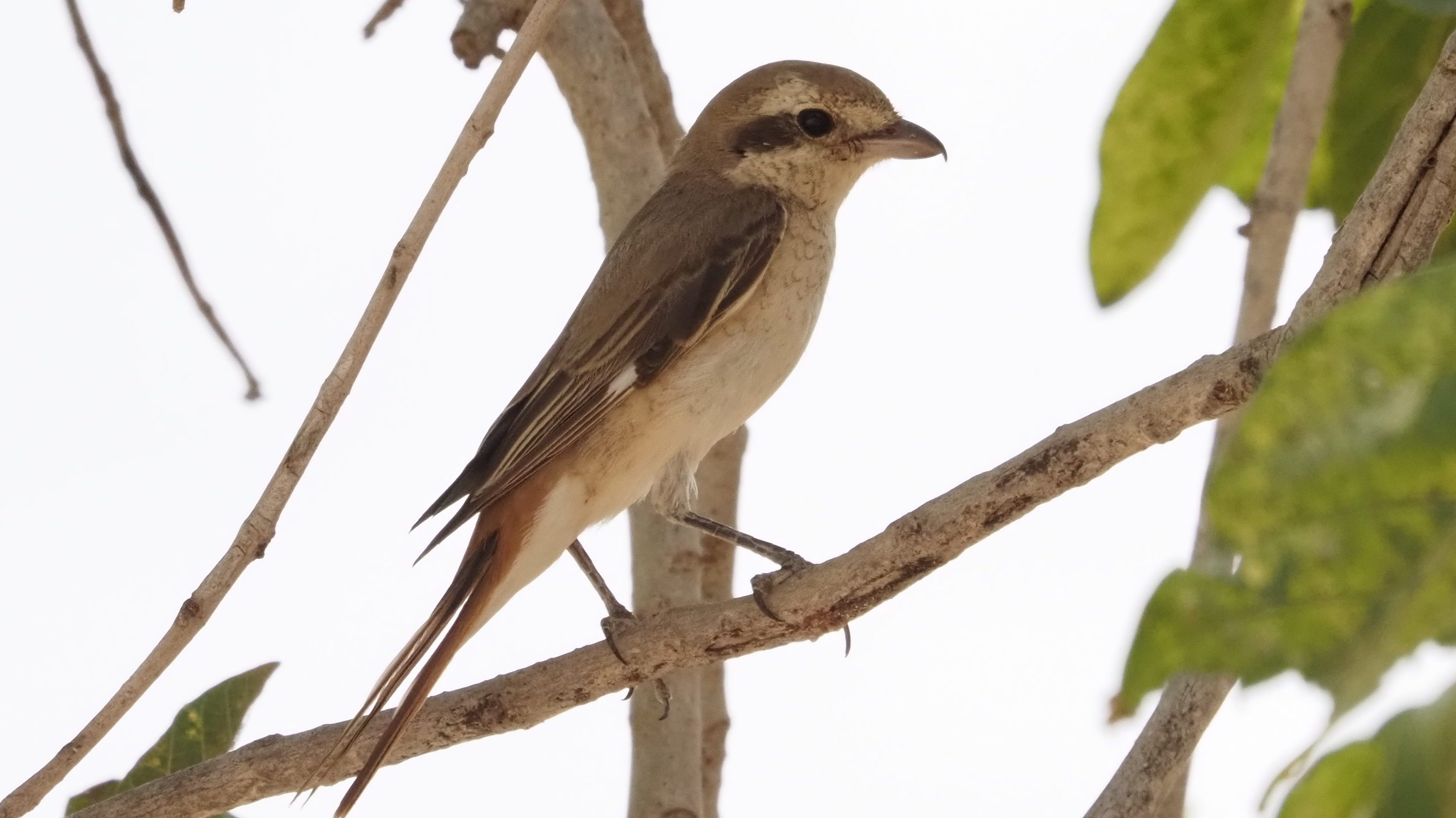

After such a wonderful start of the day we moved into a small gorge having a wonderful stream with rich swamp vegetation. Despite the heat, we also got an excellent selection of birds here: 2 Bonelli’s Eagle (Aquila fasciata) were hunting in the area (one of them hovering for almost 1 minute!), a large flock of 40 Pallid Swifts were also feeding in the skies. Down in the stream, a flock of 4 Wood Sandpipers were a good start. Citrine Wagtails were calling around and some Western Reef Egrets were feeding. Bird activity was low due to heat, but butterflies and dragonflies were at its best! We still spent some time by the stream, and our persistance was finally granted when a Yellow Bittern (Ixobrychus sinensis) flew from a patch of reeds to the next, showing well, but briefly.
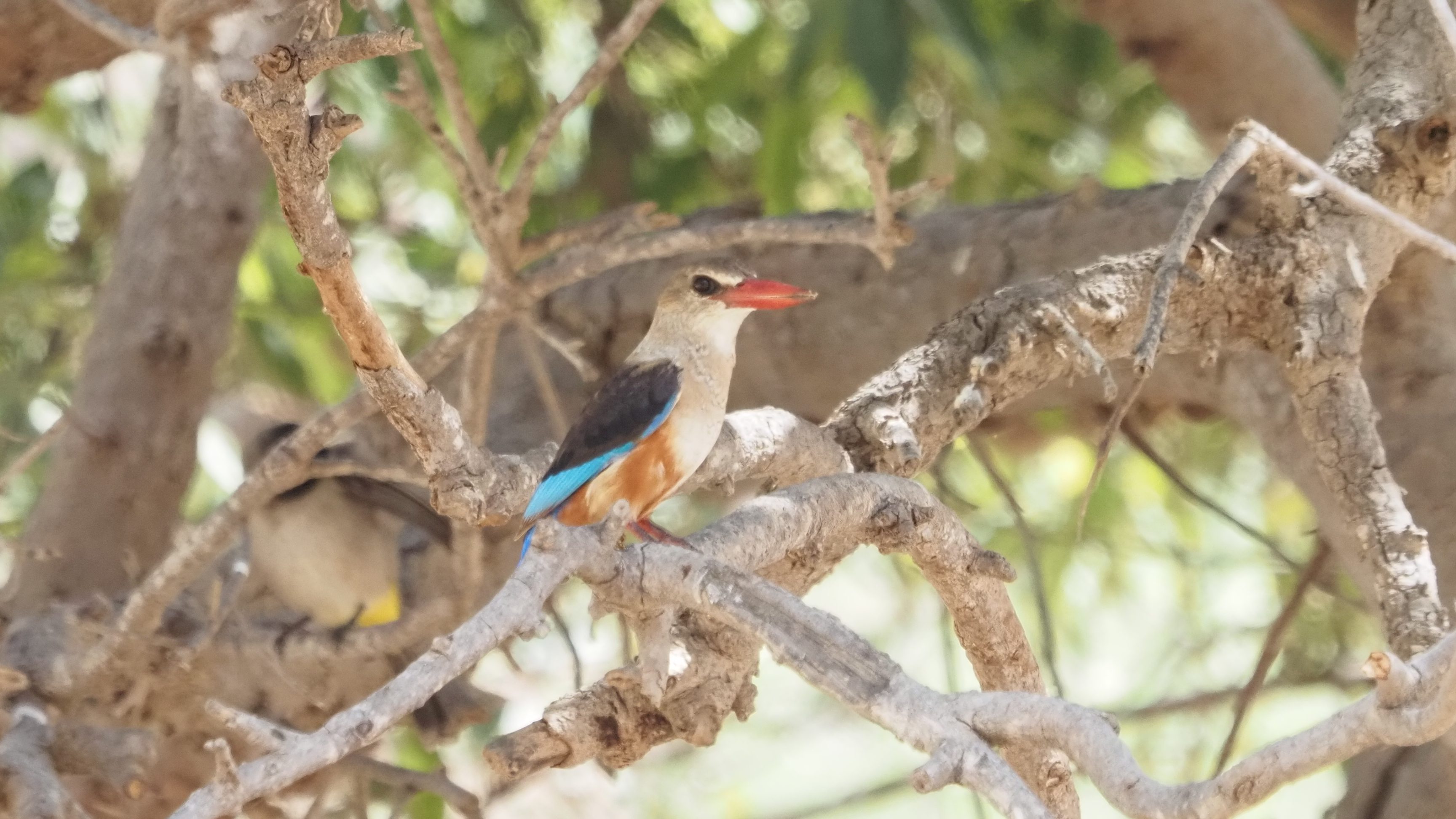
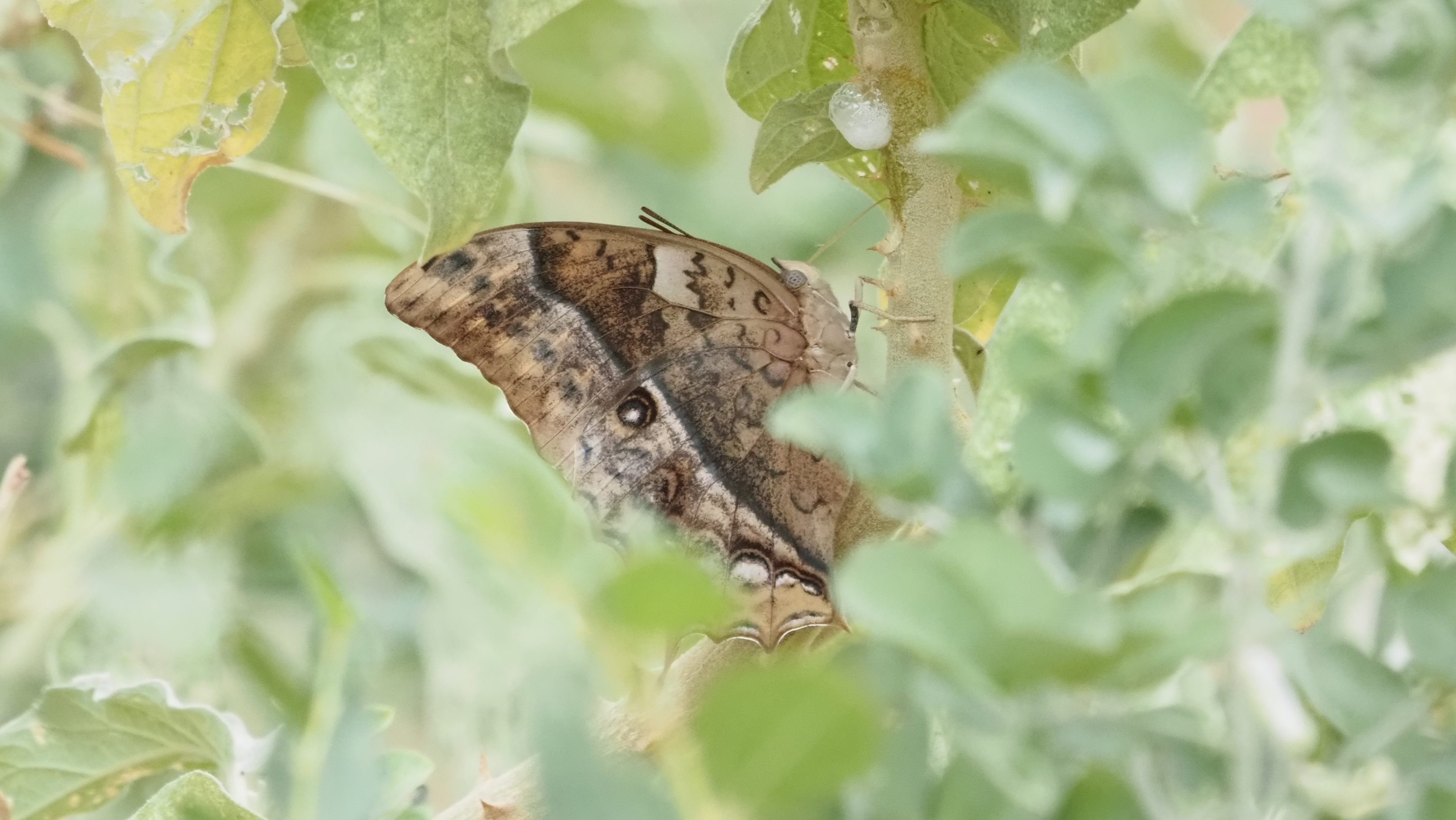
After some rest, we went to spend the afternoon in the Raysut river mouth. Here we got a long list of specialities, but probably the most unexpected bird was an African Openbill (Anastomus lamelligerus) resting along ith Grey Herons! It turned out to be only the 2nd record of this species for Oman!
The areas was as good as always about birding. Here we got our first full adult Baltic Gull (Larus fuscus fuscus) of the trip. Also a minimum of 7 Terek’s Sandpipers (Xenus cinereus) that were really celebrated. Largo flocks of gulls (mainly Heuglin’s) were in the shore along with a flock of Greater Flamingoes (Phoenicopterus roseus). Around, several waders that included Lesser Sand Plovers, Curlew Sandpipers (Calidris ferruginea), Bar-tailed Godwit (Limosa lapponica), Temminck’s Stint (Calidris temminckii) and several Greenshanks (Tringa nebularia). A flock of Glossy Ibis (Plegadis falcinellus) was flying around, trying to decide where to stop. A nearby Greater Spotted Eagle seemed really interested in the flock, while the 3 Western Ospreys (Pandion haliaetos) in the area were concentrated in the rocky outcrops. Several species of terns were around, including 4 White-winged Black Terns (Chlidonias leucotos), 1 Black Tern (Chlidonias niger) and several Lesser Crested Terns.

The last stop of this exciting day was in some sea cliffs South of Salalah. Here, the sea was fullfilled with Gulls and Terns. There were literally thousands of Terns, mainly Lesser Crested and Greater Crested, but here we also got Sandwich & Common Terns and at least 12 Bridled Terns (Onychoprion fuscata). Still, the most celebrated bird of the stop was one pretty close Persian Shearwater (Puffinus persicus) that all the tour participants got in the scopes! A wondeful way to end a extremely productive day!
Day 6. A new early start, this time to go back to the desert in search of some of the most iconic species living in Oman. We arrived to the location soon after the sun raising and soon had good views on Blackstarts and a confiding Bluethroat (Luscinia svecica). This oasis is a particularly good place for Grey Hypocolius (Hypocolius amberinus), although it was a bit early in the season for them. We spend some time scanning different corners of the lush vegetation in search of this wonderful bird.
Sand Partridges (Ammoperdix heyi) were singing in the desert around, and a small walk allowed us to have good views in a male singing from the top of a small cliff. When coming back to the oases, a pair of Desert Larks (Ammomanes deserti) stole the show and gave us excellent views, and good photo chances. Back to the oases, 2 Lesser Whitethroats were calling in the trees right at the same moment that the first flock of Chestnut-bellied Sandgrouses arrived calling and passed over us in search of water. Only a pair of minutes later we had the only Nile Valley Sunbird (Hedydipna metallica) of the tour, as one male showed briefly in the top of one of the trees. Almost at the same time, a flock of 18 Crowned Sandgrouses landed in a nearby plateau. We walked up but, unfortunately, we couln’t refind them on the ground… It was already mid-morning, and hundreds of Chestnut-bellied Sandgrouses were flying around the oases, providing amazing flight views that the whole group enjoyed very much. From our advantatged point, we also found a Bar-tailed Lark (Ammomanes cinctura) feeding in the bare soil. Here we also enjoyed the best views on Arabian Green Bee-eater (Merops cyanophrys) along the tour. We still spend some more time in the area, trying to find any Hypocolius, but we couldn’t not find any of them and the only remarkable addings to our list were a pair of Desert Wheatears and a distant Turkestan/Isabelline Shrike.

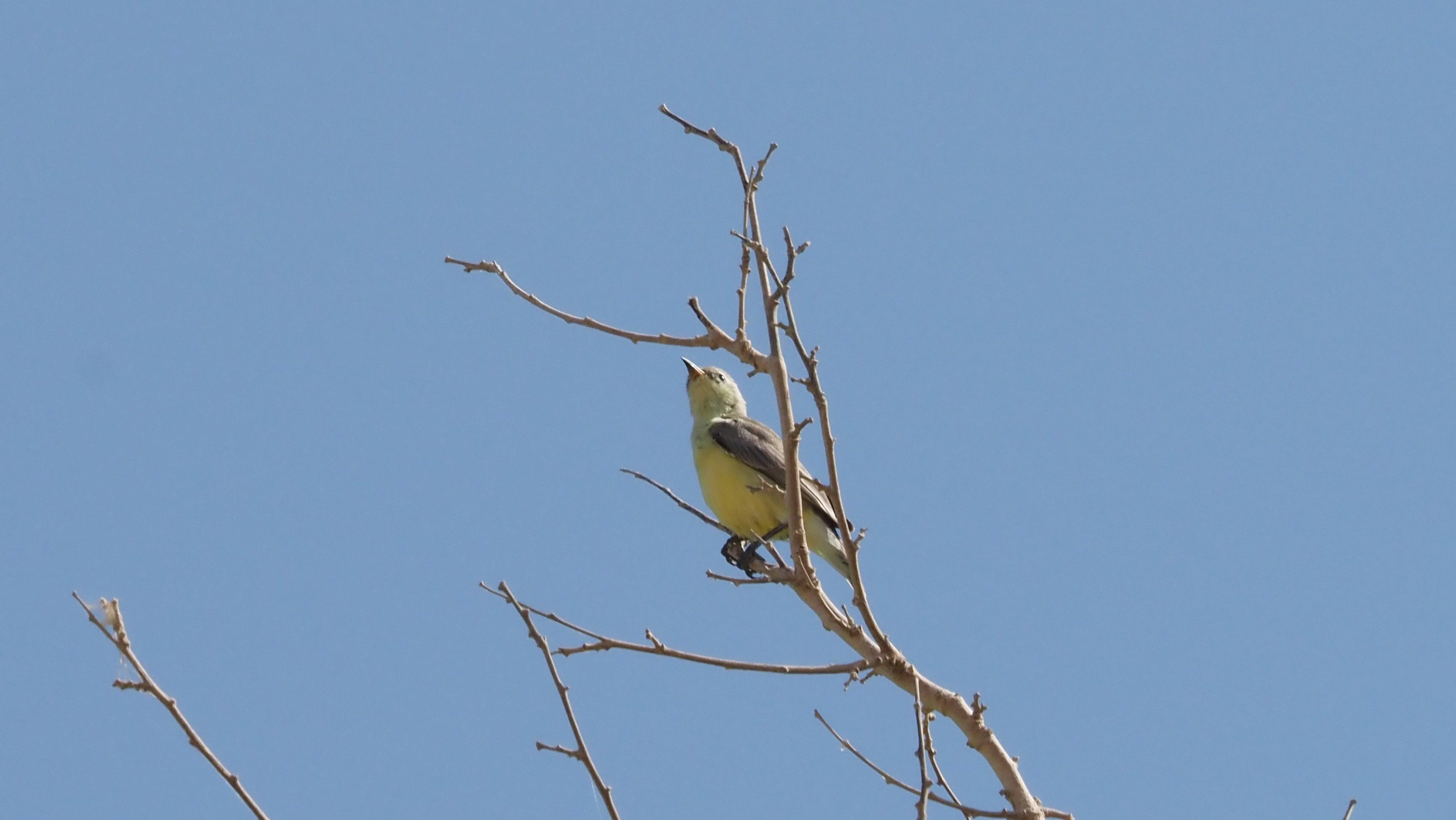
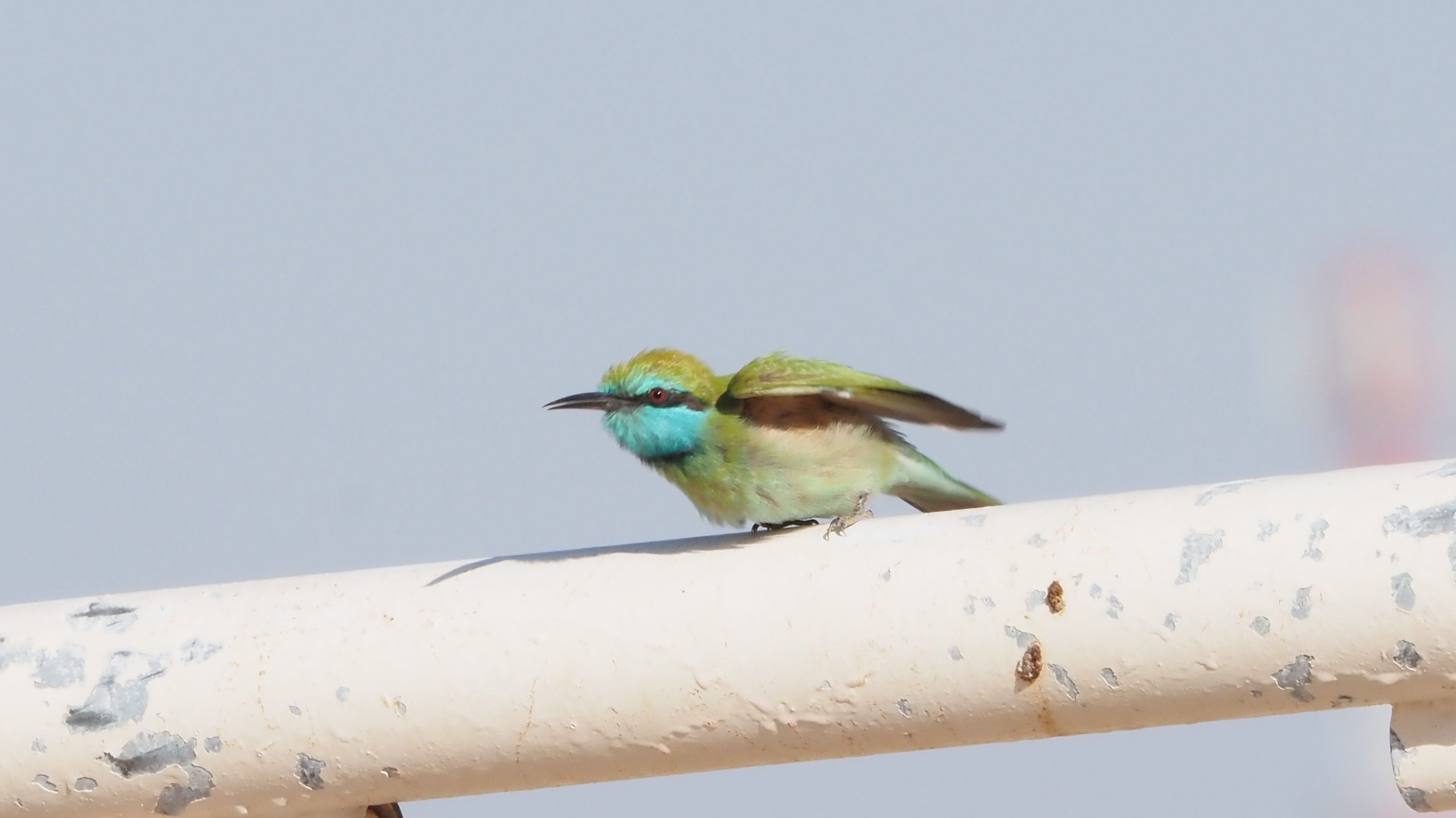
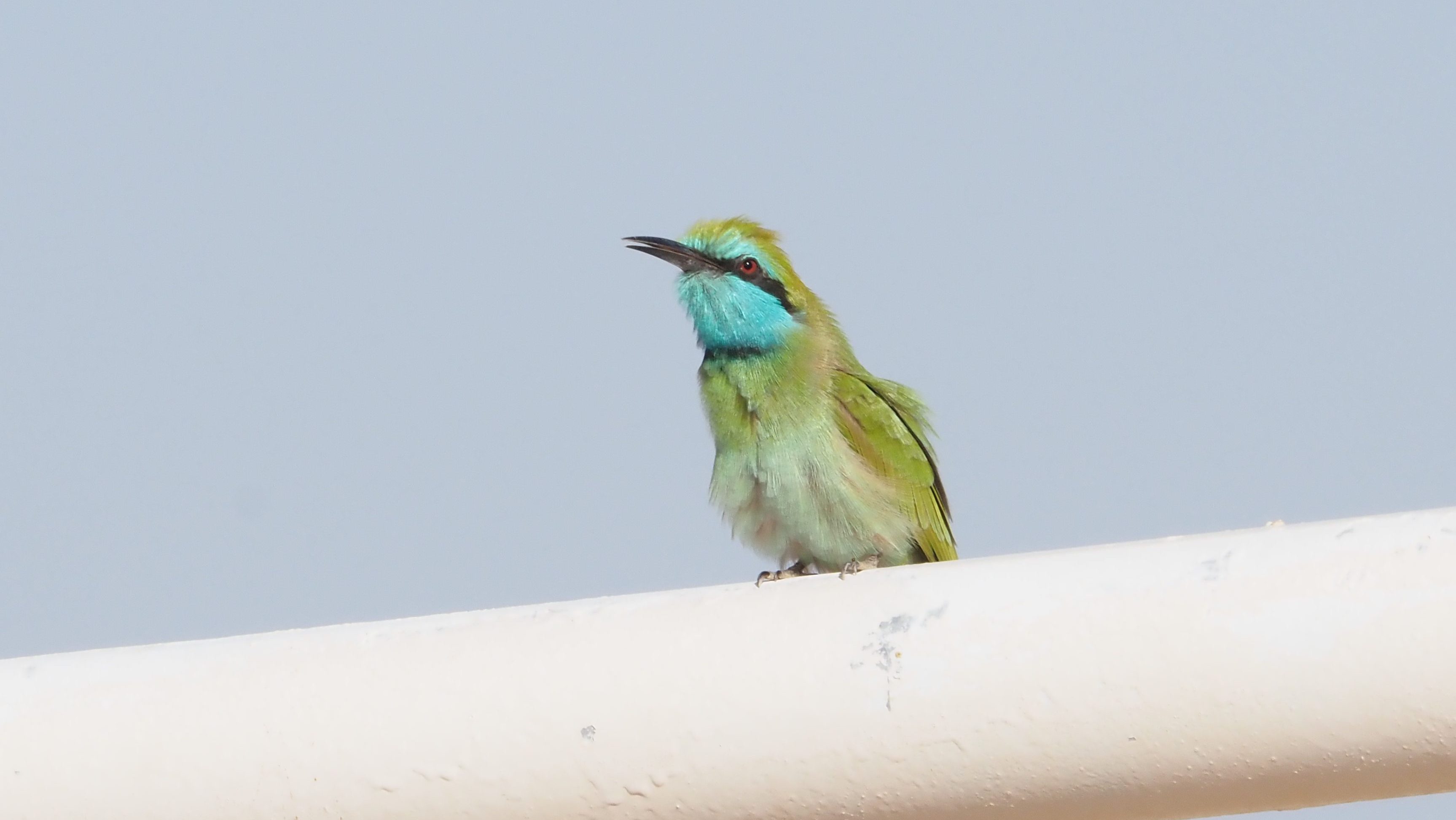
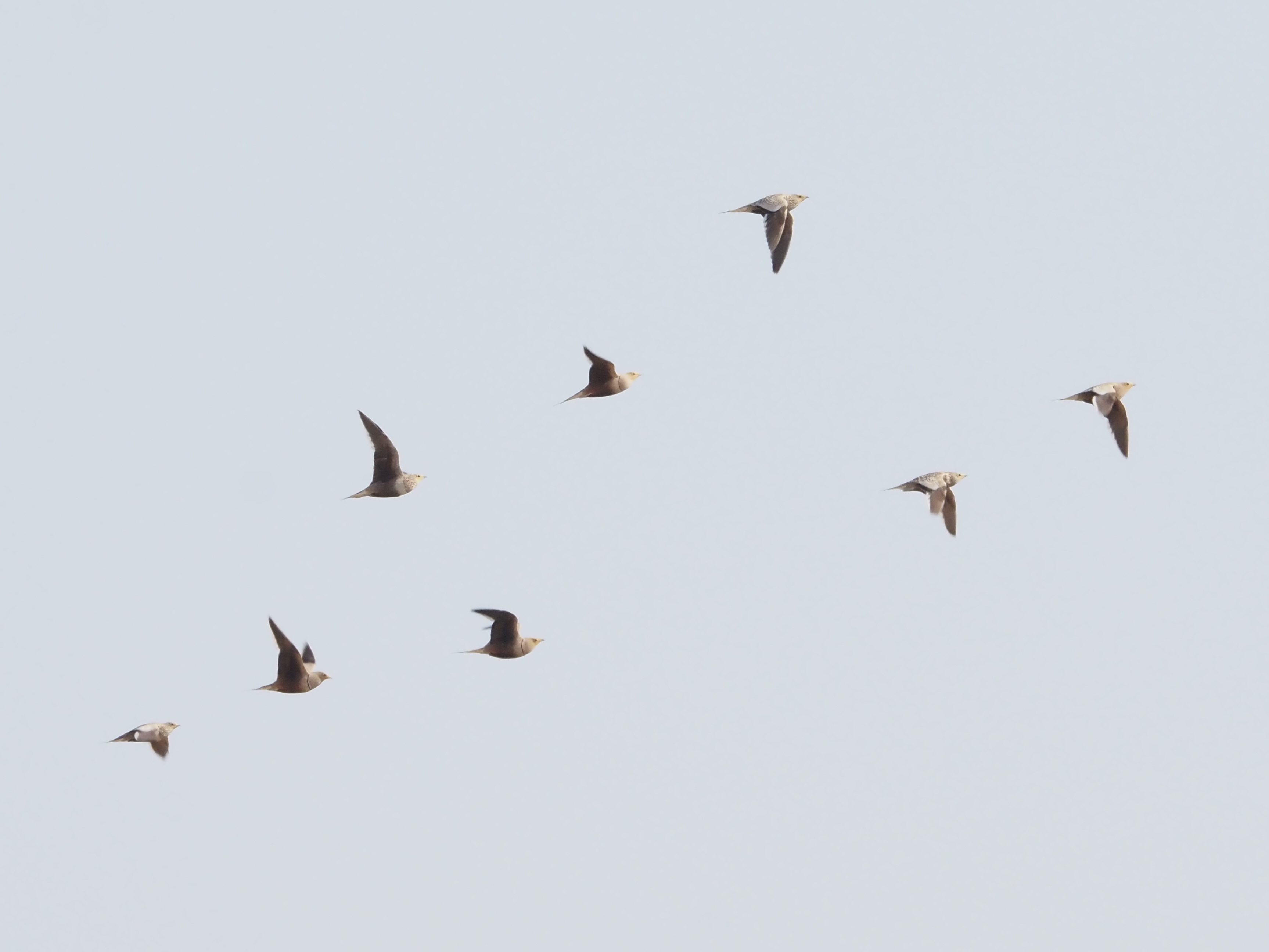
Back to Salalah for lunch and some rest, we spent the afternoon visiting a pair of hotspots around Raysut. Our first stop was to visit a water compound, where we got some European Rollers and a good set of waders including some Marsh Sandpipers and the only Little Ringed Plover (Charadrius dubius). Still, the most remarkable in this site was the flock of 27 Abdim’s Storks (Ciconia abdimii) that were resting around the compounds. This was a very awaited bird for the tour participants, and the presence of 2 White Storks (Ciconia ciconia) made a perfect combination to compare sizes and bills.
Then we moved inland to explore a gorge. In our way, an African Sacred Ibis (Threskiornis aethiopicus) flew over the car: another extra adding!
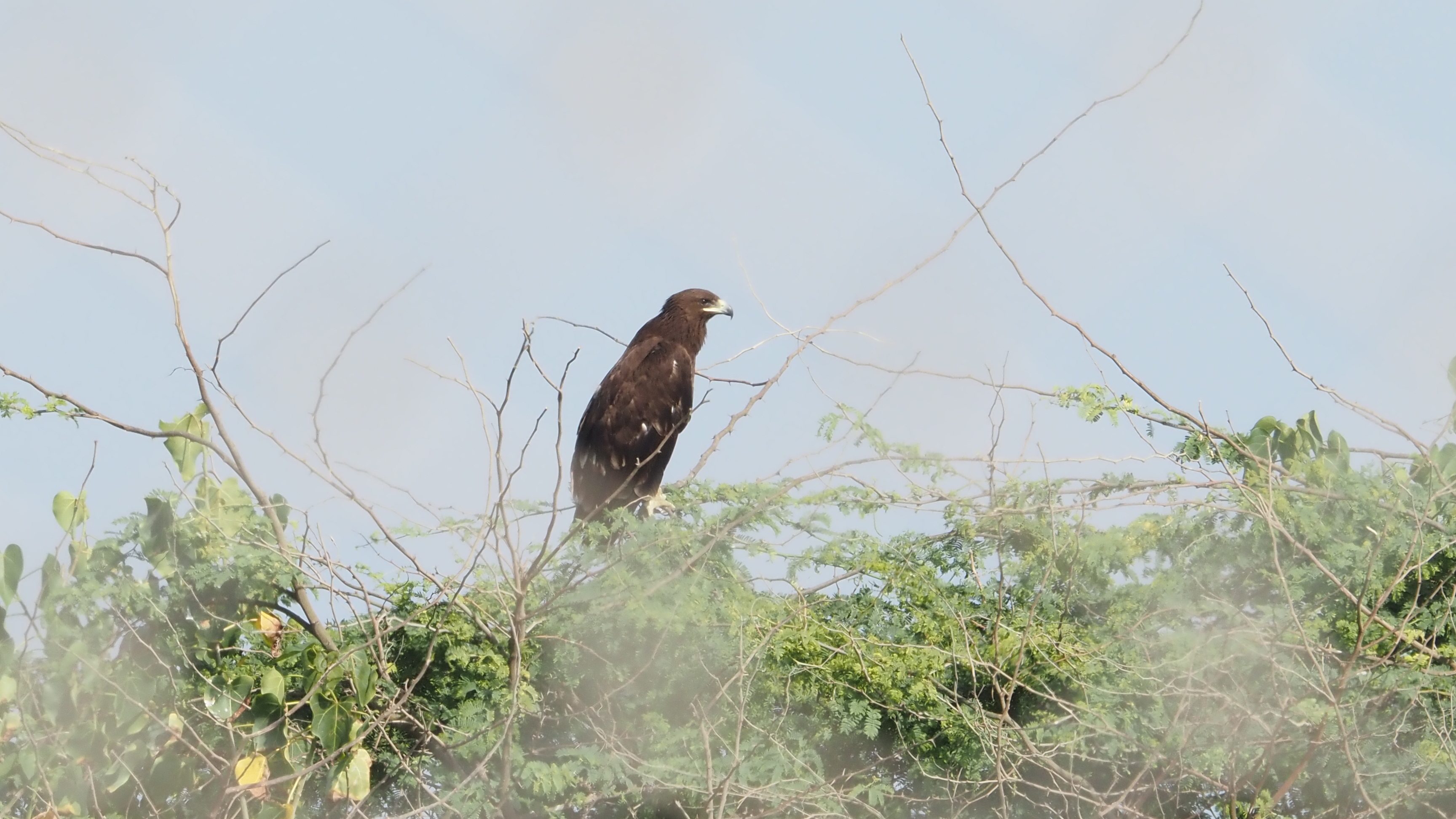
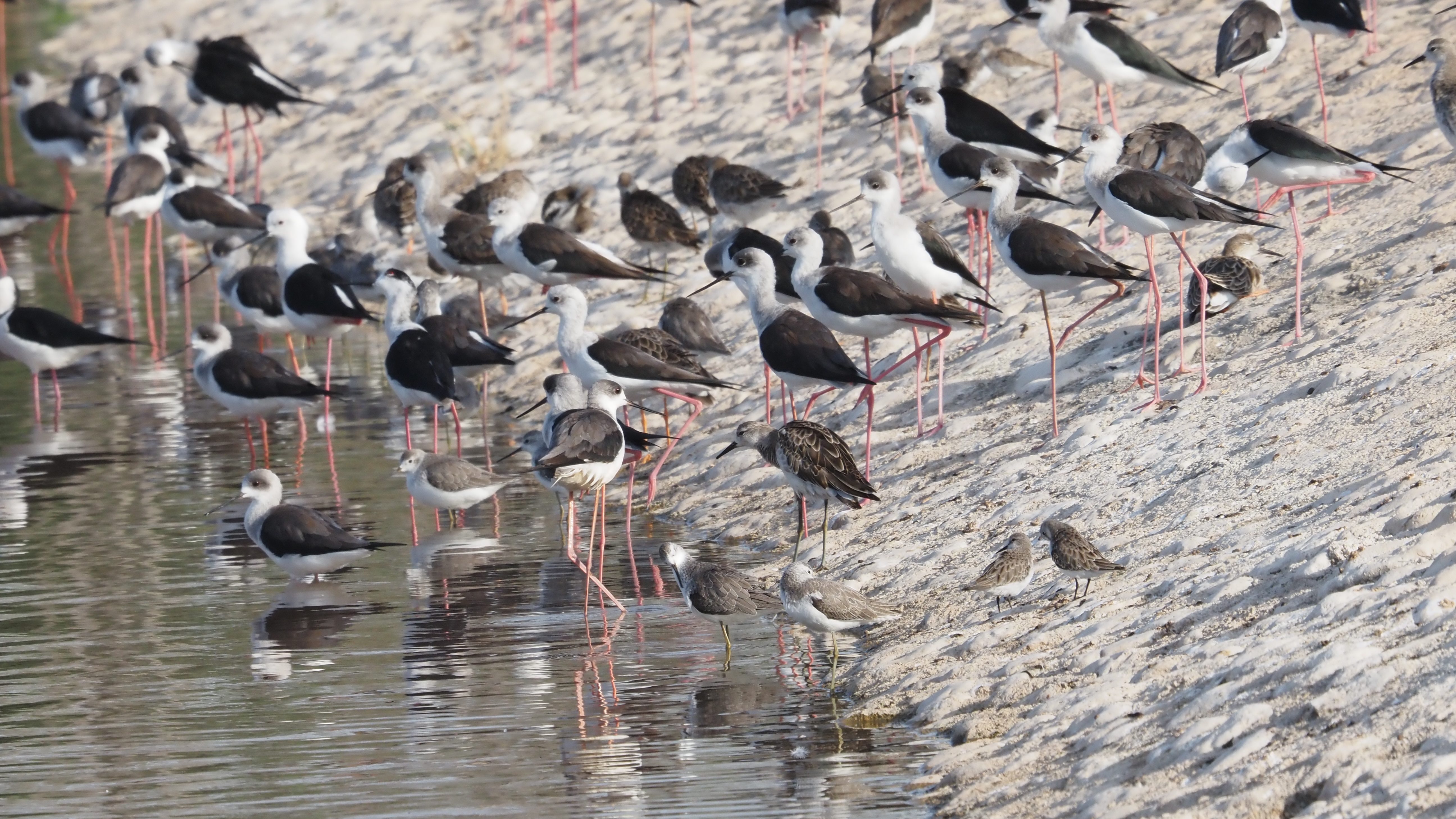
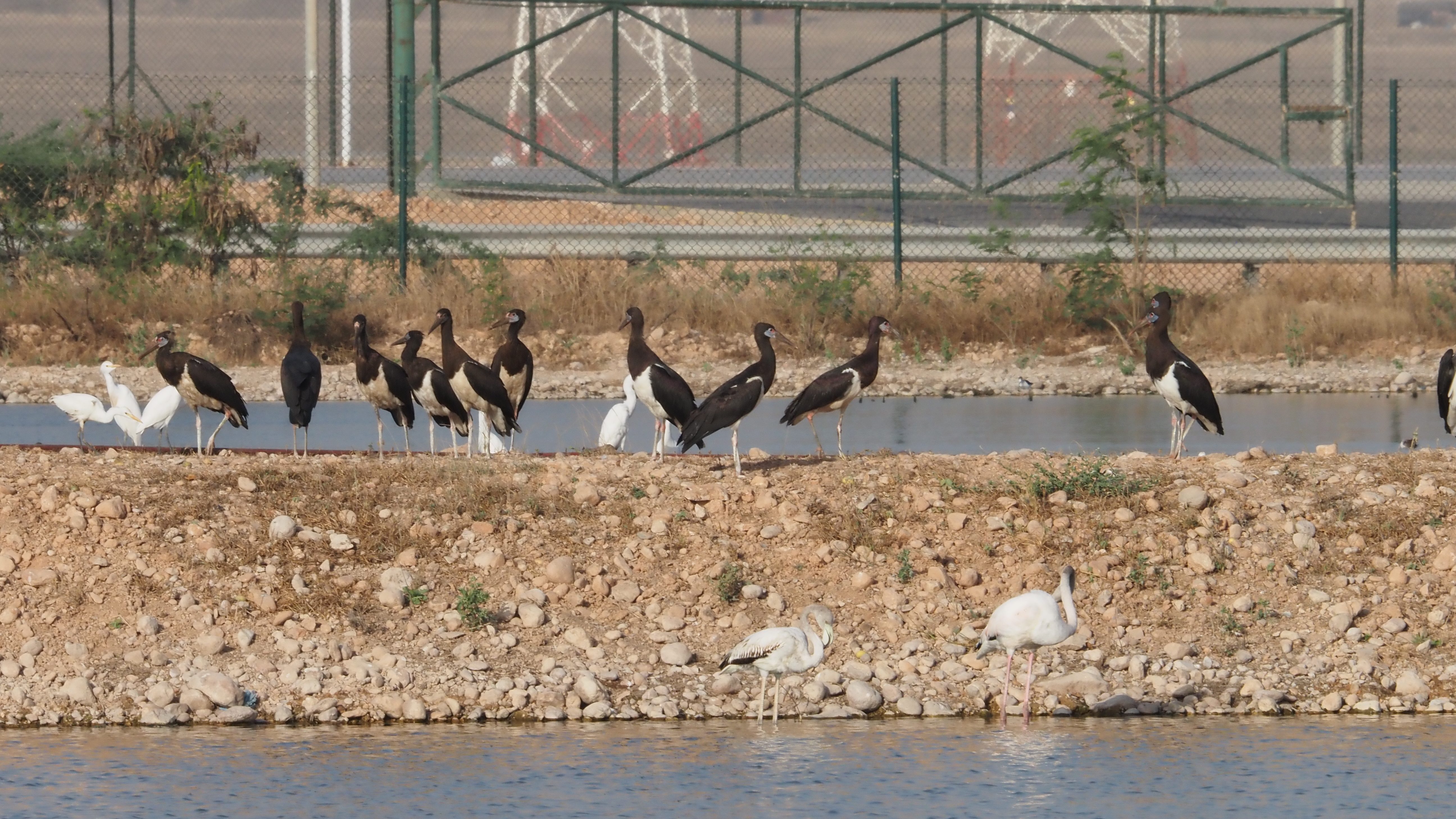
Once in the wady, we enjoyed some good views in 1 male Hooded Wheatear (Oenanthe monacha) while flocks of Sand Partridges were flying all around. It was a really quiet afternoon, and the songs of some Striolated Buntings helped us in our wait to the sunset. Big rock boulders were scattered in the way, and we had good views on a Rock Hyrax (Procavia capensis) moving in the rocky terrain. Once the night arrived, it didn’t take long until some “hooloes” came out of the cliffs around, and a pair of minutes after that we got horrific views on 1 Desert Owl (Strix hadorami) calling from different places around us in a magical moment that was considered for most of the tour participants and the best moment of the tour!
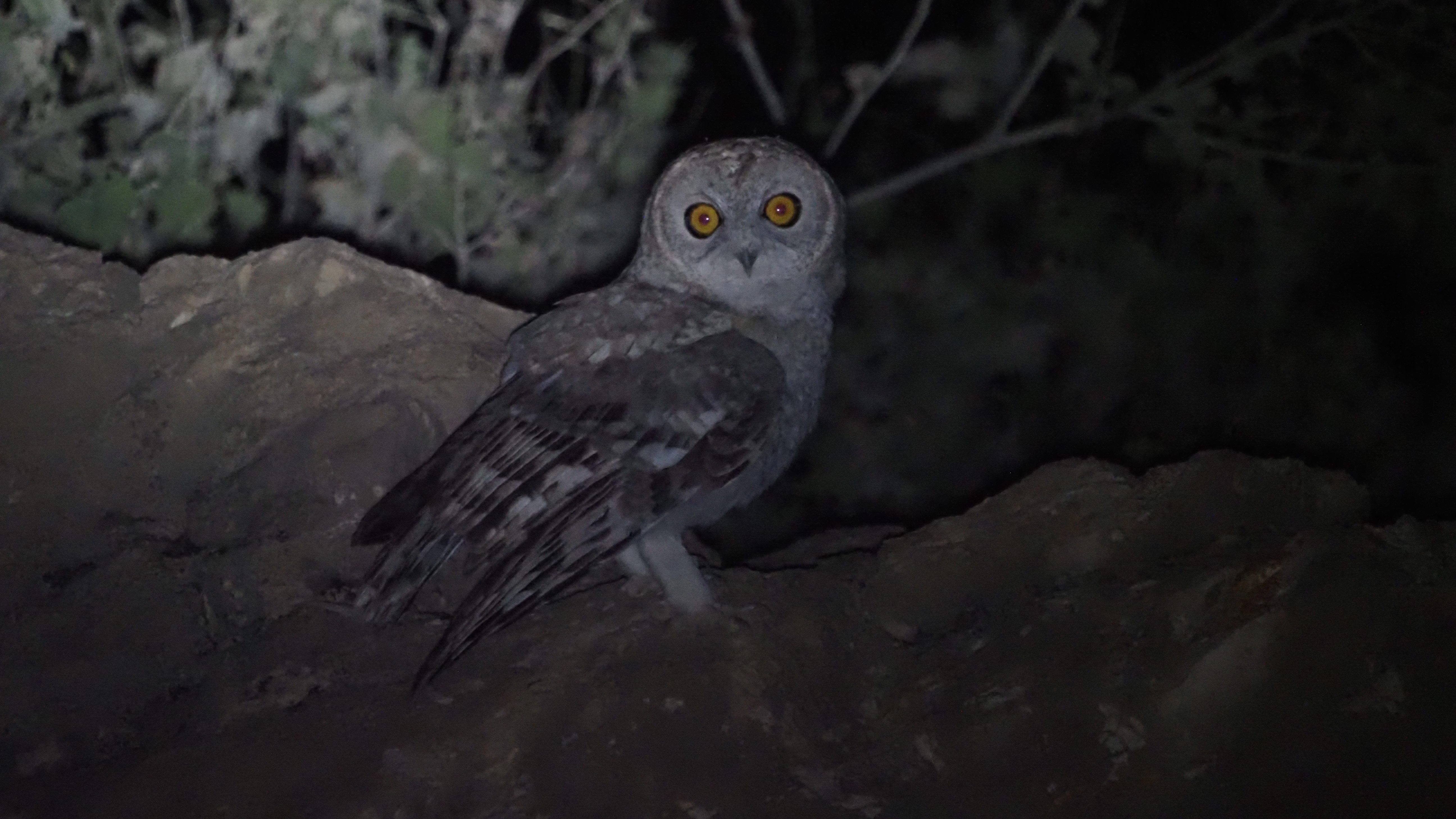
Happy after such a wonderful sight, we came back to our accommodation for a great dinner and rest.
Day 7. After enjoying a good breakfast we lived our hotel and drived North to enjoy a wonderful offshore in search of the good specialities living in the Arabian Sea. It was a pleasant and calm day, a bit warm but excellent to go into the sea. Our short transfer was not free of excitement because along the way we enjoyed the first Steppe Eagle (Aquila nipalensis) of the tour and an intimate view on Western Osprey (Pandion haliaetos) when arriving to the harbour.
Once in the getting out of the harbour, we got good views on Striolated Heron before getting out to the Ocean. Only a few minutes after leaving the harbour we got the first bird of interest as 2 Persian Shearwaters flew quite close to our boat. There were several Sooty Gulls around, with some Great Crested Terns passing over and Heuglin’s and Steppe Gulls in the move. A pair of Green Sea Turtles () were seen as getting away from the continent, but they didn’t allow any photo. Only some hundreds of yards away a black silhouette was seen flying over the water: The first Jouanin’s Petrel (Bulweria fallax)!
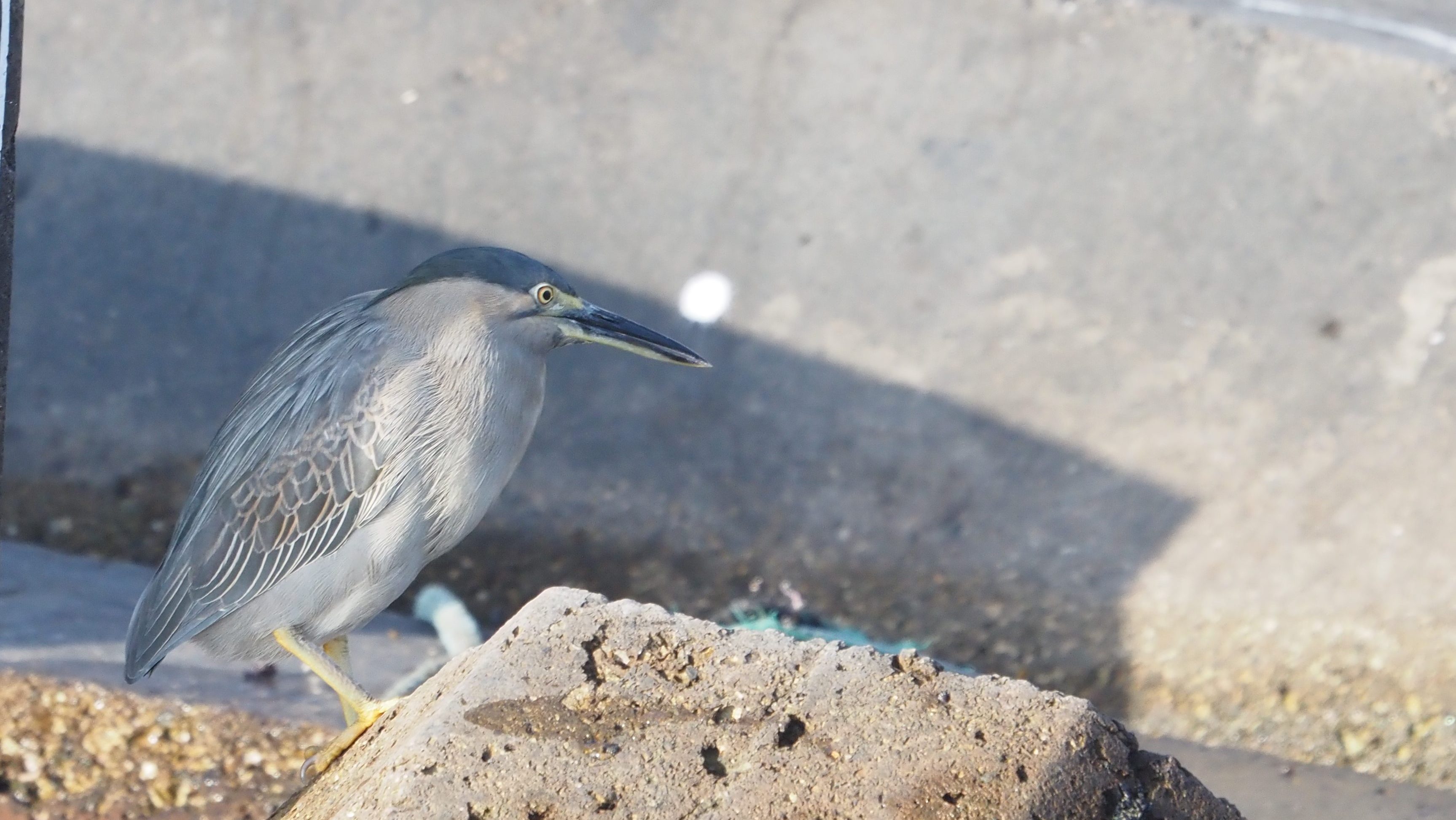
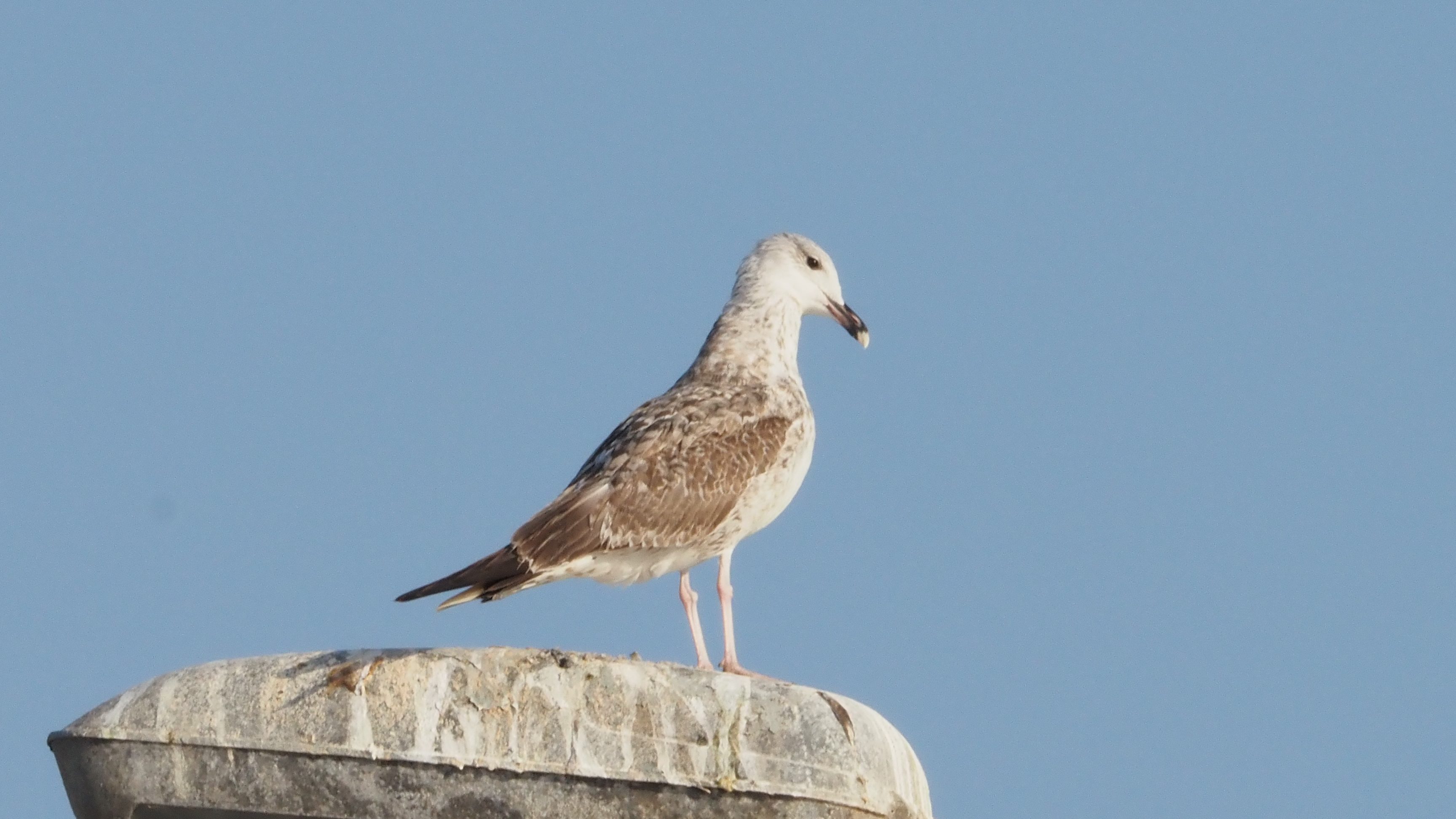
During the next 2 hours we enjoyed a minimum of 12+ Jouanin’s Petrels, with some really close views. This was, by far, the best offshore for Jouanin’s of all our trips to Oman. The calm day also allowed us to have good views on 4+ Flesh-footed Shearwaters (Ardenna carneipes), 7 Masked Boobies (Sula dactylora), 2 Red-necked Phalaropes (Phalaropus lobatus) and a distant Bridled Tern.


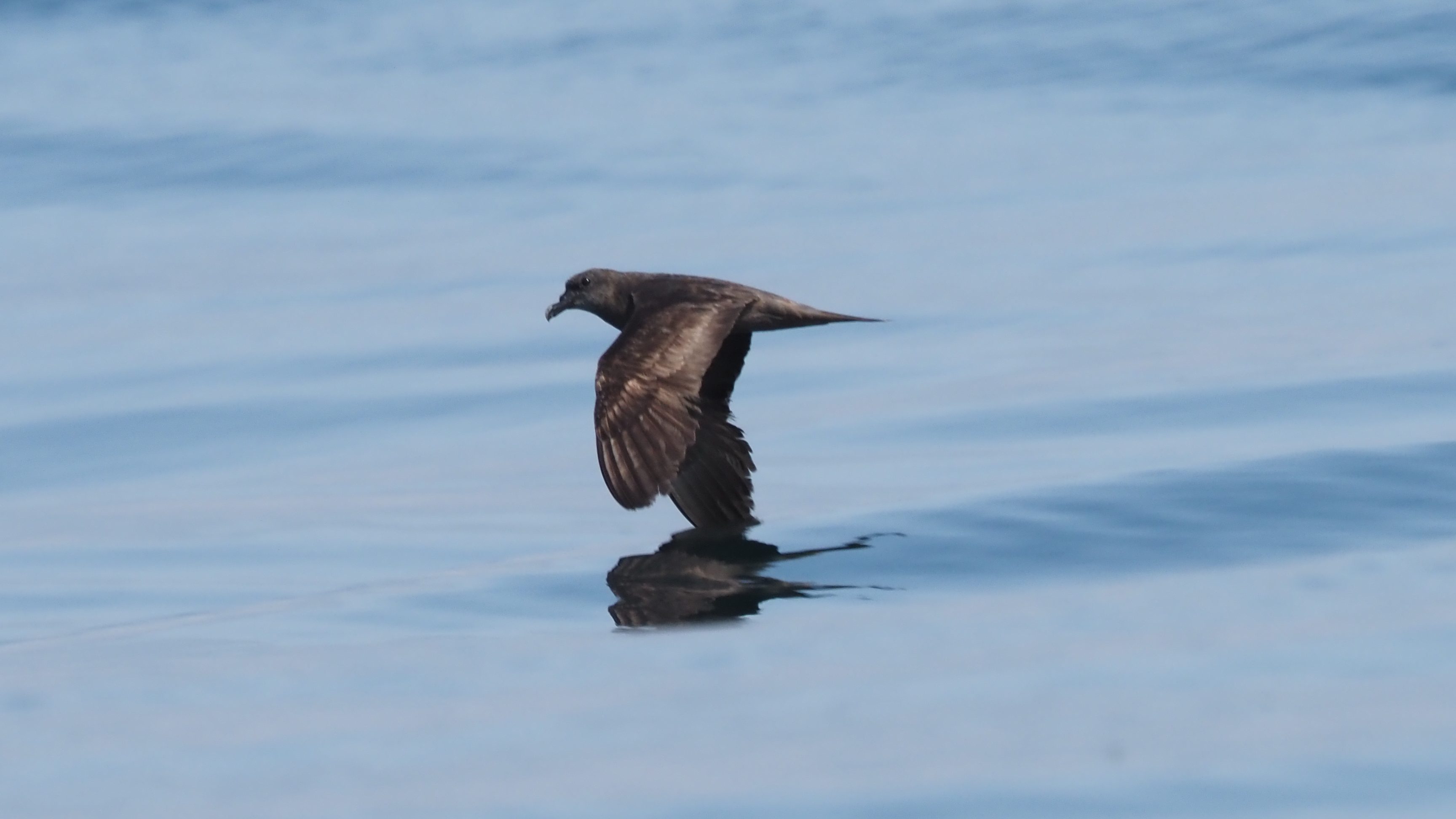

Back to the continent, we headed to the impressive plateaus of the Dhoffar Mountains. In our way up, we found an Arabian Chameleon (Chamaeleon arabicus) and forced up to stop our way up. Once in the upper areas, we soon were enjoying good views in some large flocks of Fan-tailed Raven (Corvus rhidipurus) that were concentrating in large fig tree along with Tristam’s Starlings. The wires around proved to be producive and time to time a Red-throated Pipit (Anthus cervinus) was sitting on them, providing some great views. Our next target was the rather enygmathic Yemen Serin (Crithagra menachensis). We first tried at the typical place, but got nothing out of a nesting Blackstart and 2 Tree Pipits (Anthus trivialis). Then we drove some miles away to a place that worked really well during our last tour. Soon after parking we saw that the place was full of birds. Here we had 5+ Red-throated Pipits, 2 Tawny Pipits, 1 Ortolan Bunting (Emberiza hortulana) flying over, 1 Long-billed Pipit (Anthus similis) showing superbly in a stone wall, 2 Singing Bush Larks (Mirafra cantillans) feeding on the ground and a wonderful Yemen Serin that appeared in the same stone wall by one abandoned house. This was again one of the top moments of the tour, as confidence in finding this bird was low among the tour participants. The place was even more productive than that: 4 European Rollers, 1 Montagu’s Harrier and the first Eastern Imperial Eagle (Aquila heliaca) of the trip were an awesome complement to this site list!!
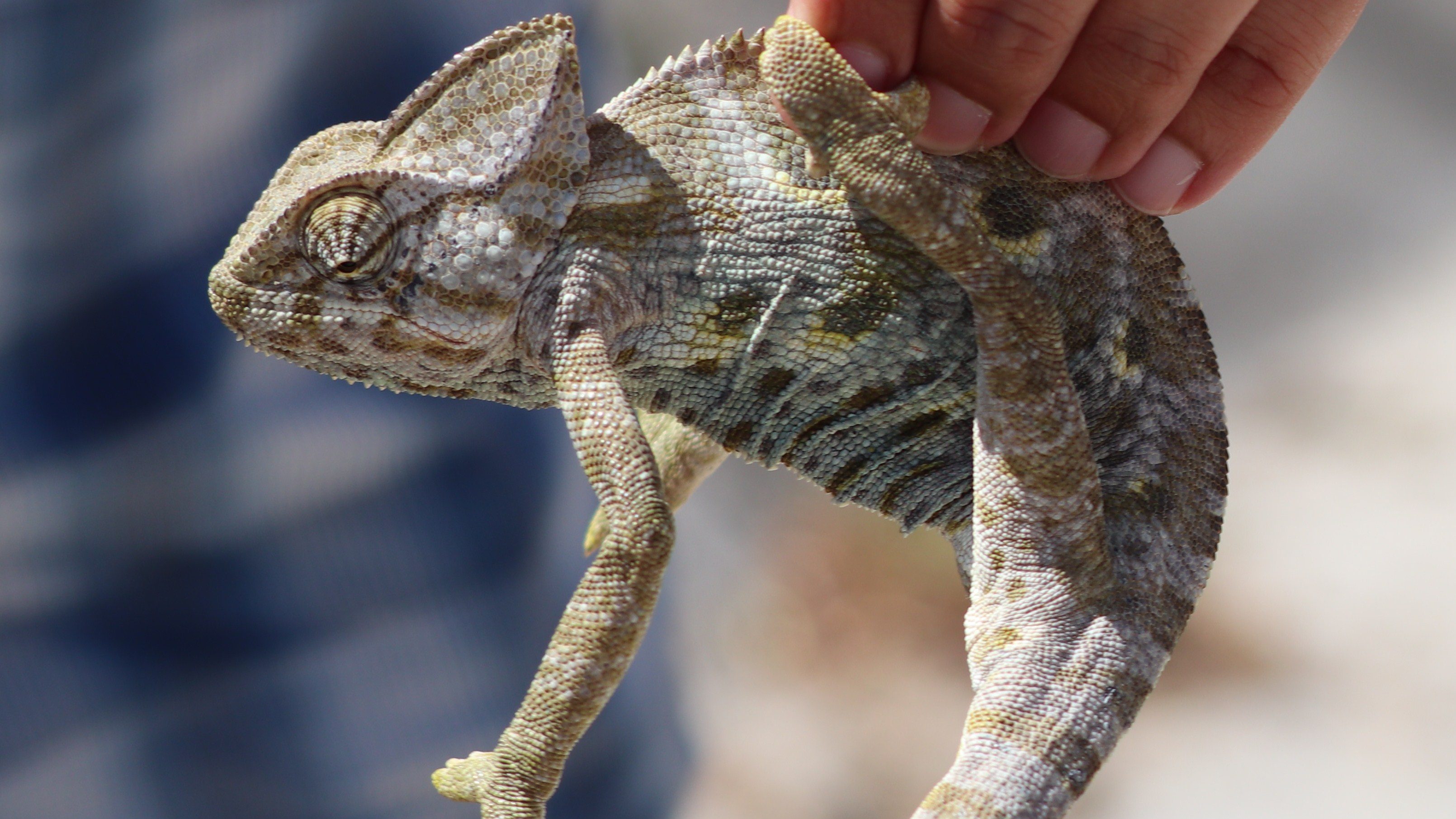
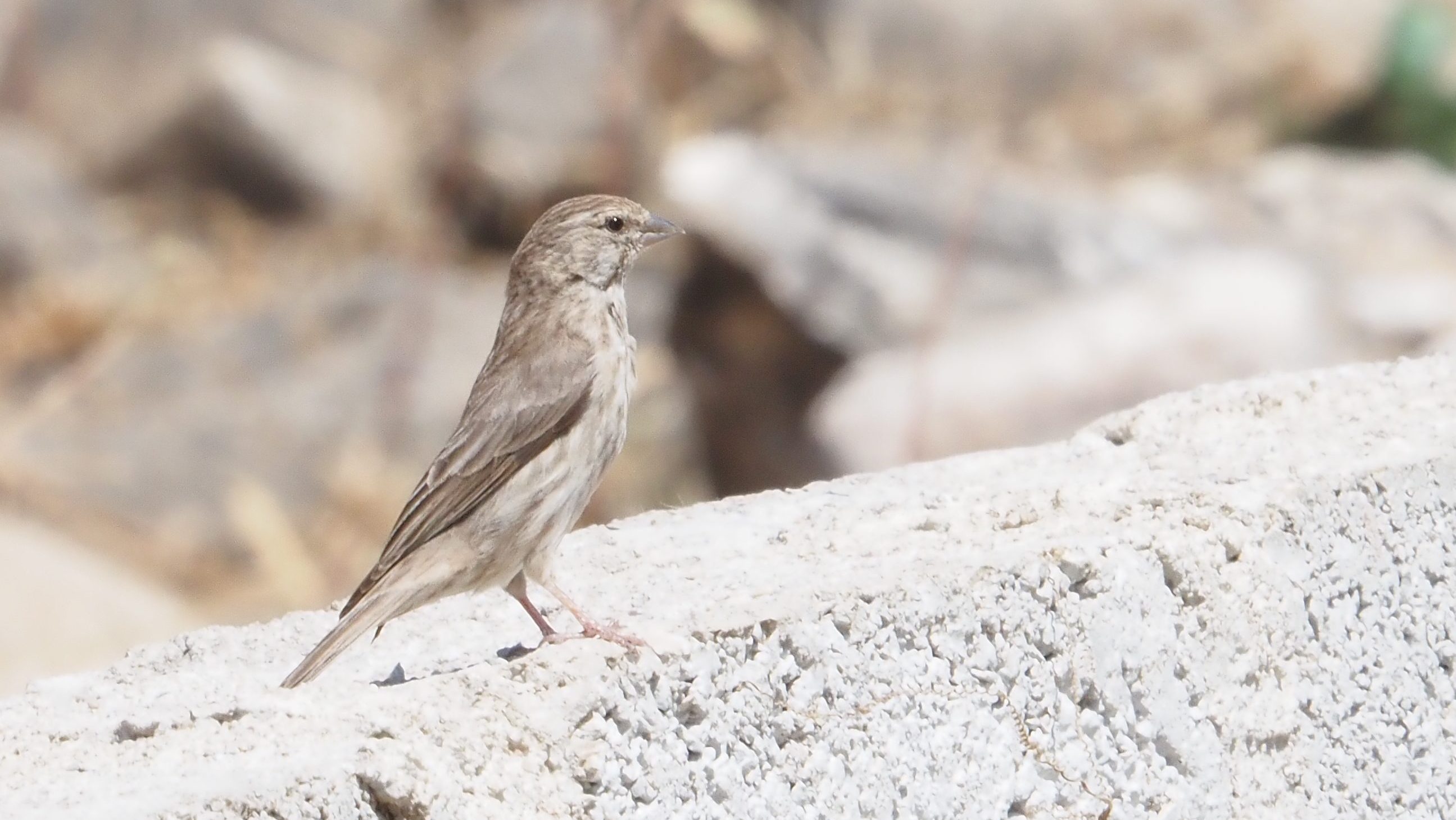
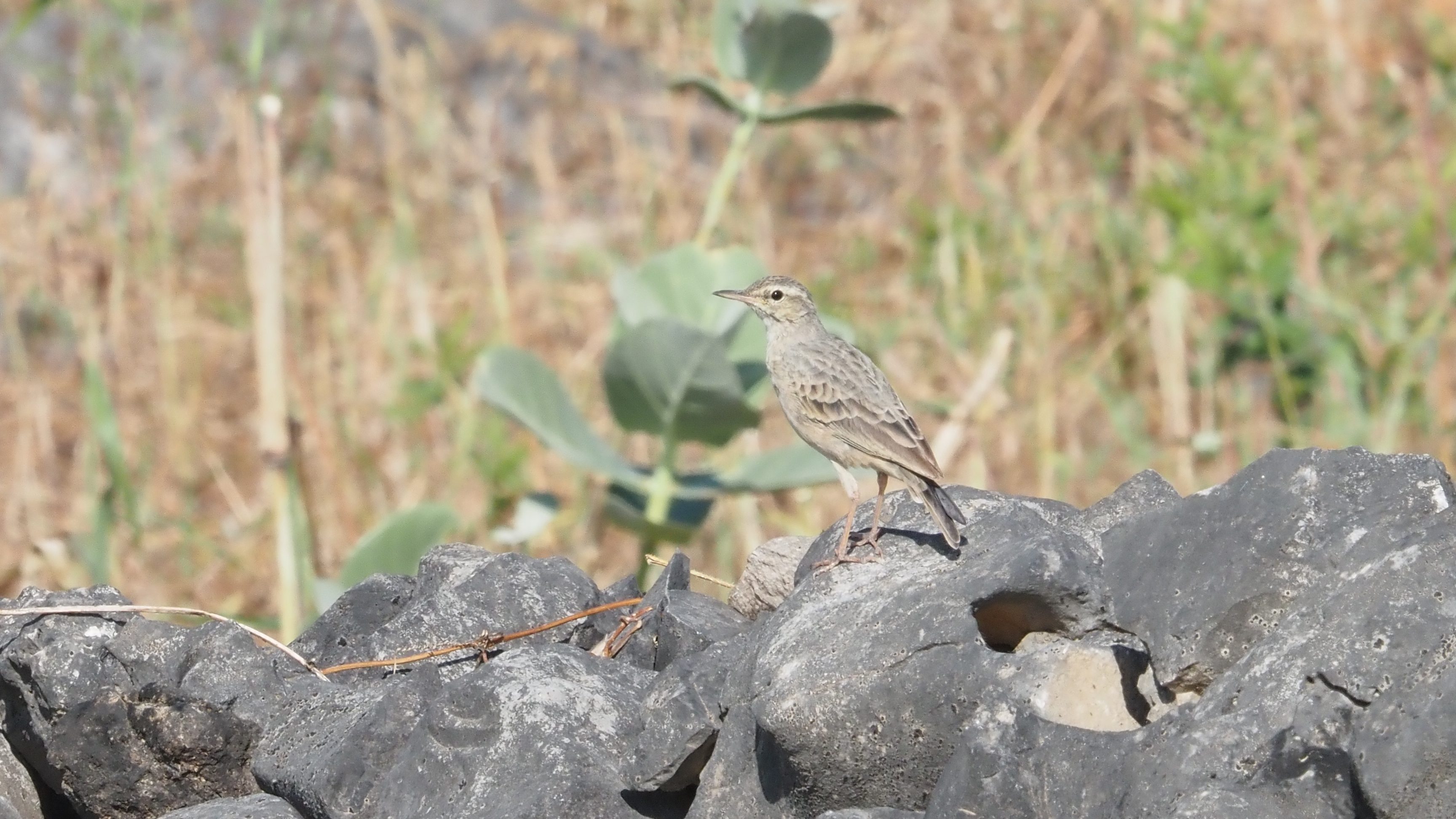
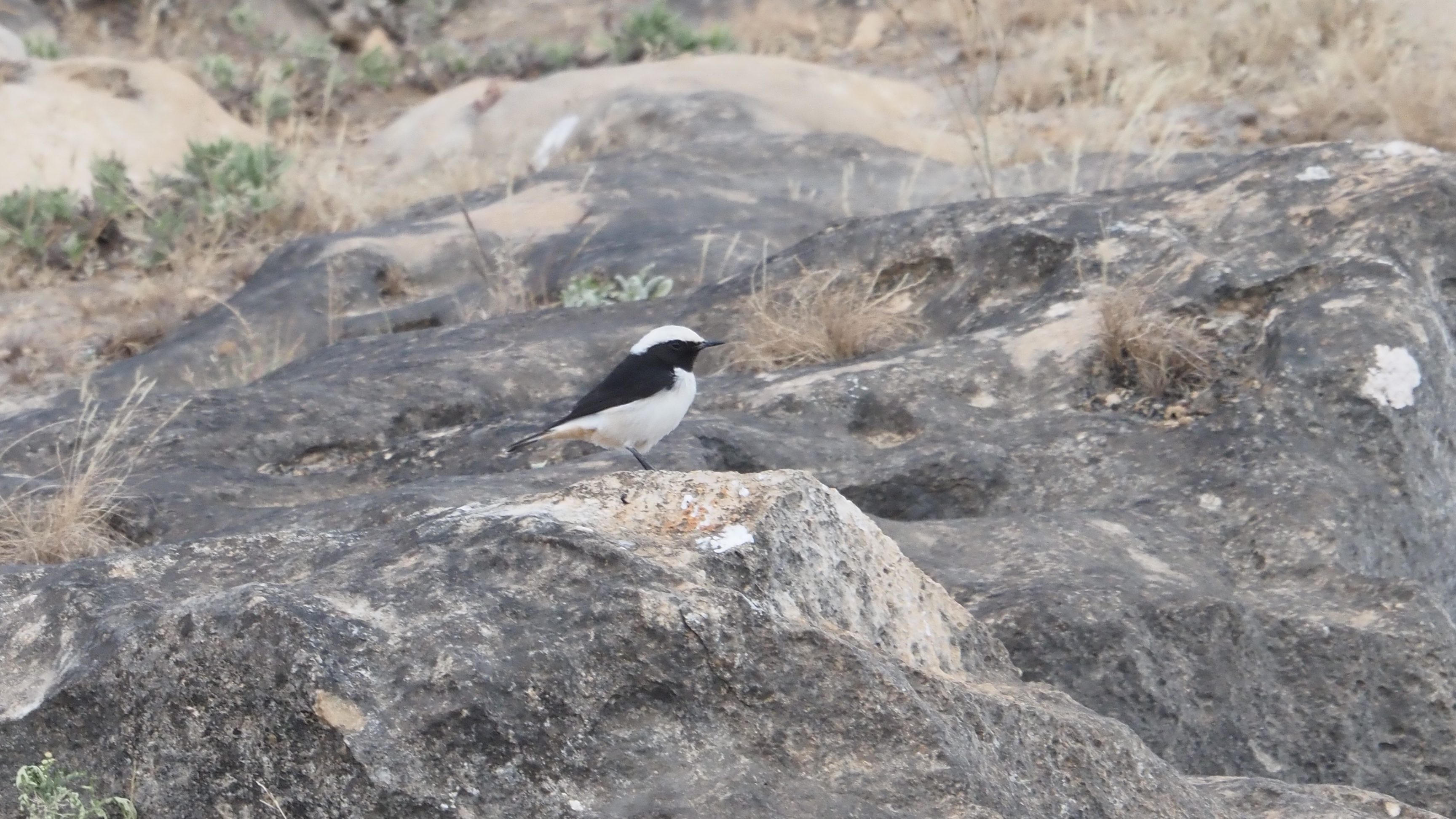
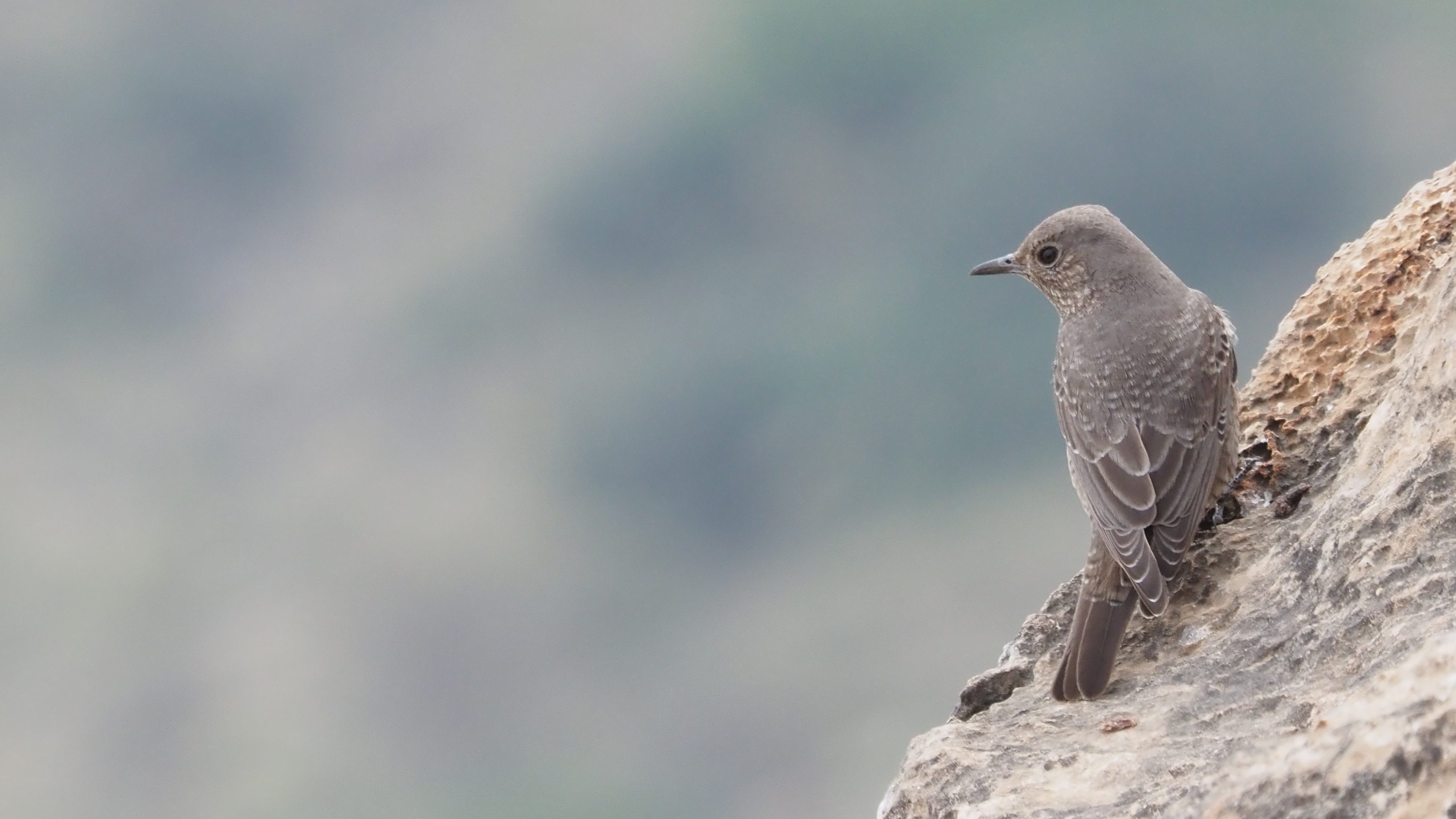
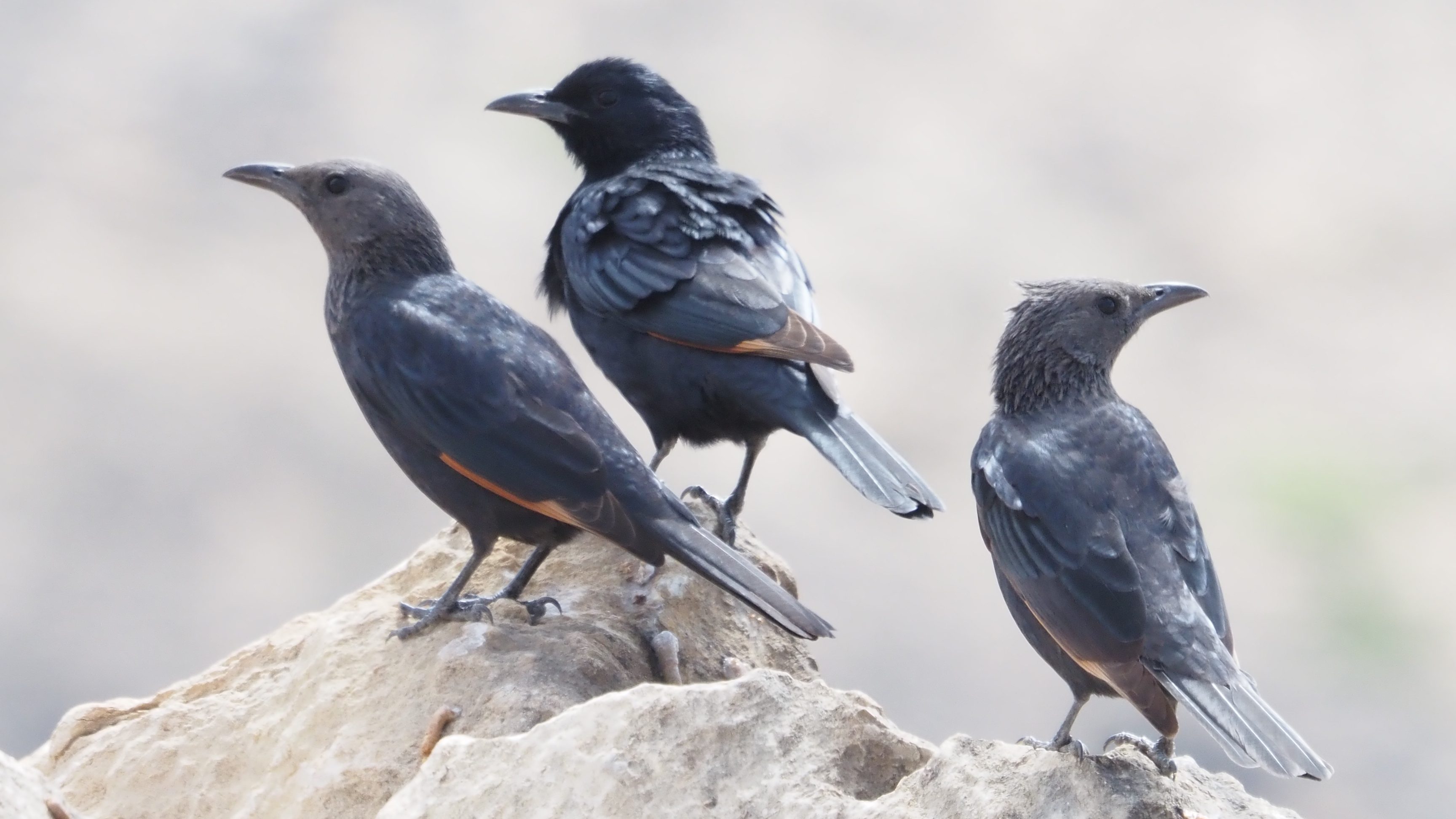
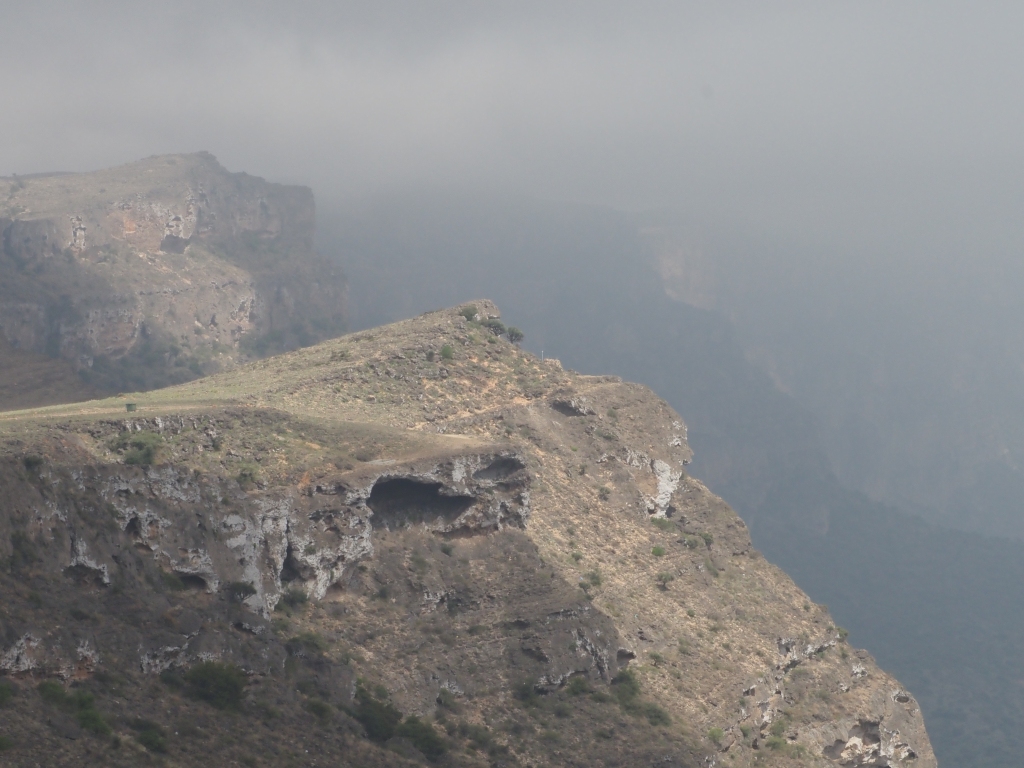
We kept riving North to arrive to some stunning cliffs overlooking the coastal plain and the ocean. In our way, several Isabelline Wheatears were seen along with Tristam’s Starlings and Common Kestrels. Once in the cliffs, we soon had good views on Arabian Wheatears (Oenanthe lugentoides) and Blue Rock Thrushes (Monticola solitarius) plus distant views on 1 Verreaux’s Eagle (Aquila verreauxii).
It was still early afternoon, so we drove back to Salalah to explore some areas in the palm tree orchads. Here we got excellent views on 10+ Spotted thick-knee (Burhinus capensis), Indian Pond Heron (Squacco grayii), 3 Shining Sunbirds (Cinnyris habessinicus), 1 Crested Honey Buzzard and 2 Arabian Chameleo. The sunset was close, so a new short transfer brought us to small gorge where we enjoyed some wonderful owling.
only a few minutes after our arrival we started listening the typical ouling of the Arabian Eagle Owls (Bubo milesi). Formerly considered conspecific with African Spotted Owl (Bubo capensis), this is now a new Arabian endemic and a much sought-after speciality. There were some birds calling around. 3, 4? Difficult to know. They all appeared to be quite high in the cliffs until one bird sunddenly started to call from only 150 metres away from us, in a large tree. We moved close to the tree, trying to locate the bird while was still calling, but got nothing. Fortunately, a 2nd individual appeared in the sky, flying over us and stopping in the same tree! That was a lucky sight!!
Very happy after such a great sight we then concentrated in the many Arabian Scops Owls (Otus pamelae) calling around. It didn’t take long before we were all enjoying a wonderful Scops Owl right in front of us. Another magical moment to add in this tour!! Little Owl (Athene noctua) was also noted calling in the clifffs, despite we never arrived to see it.
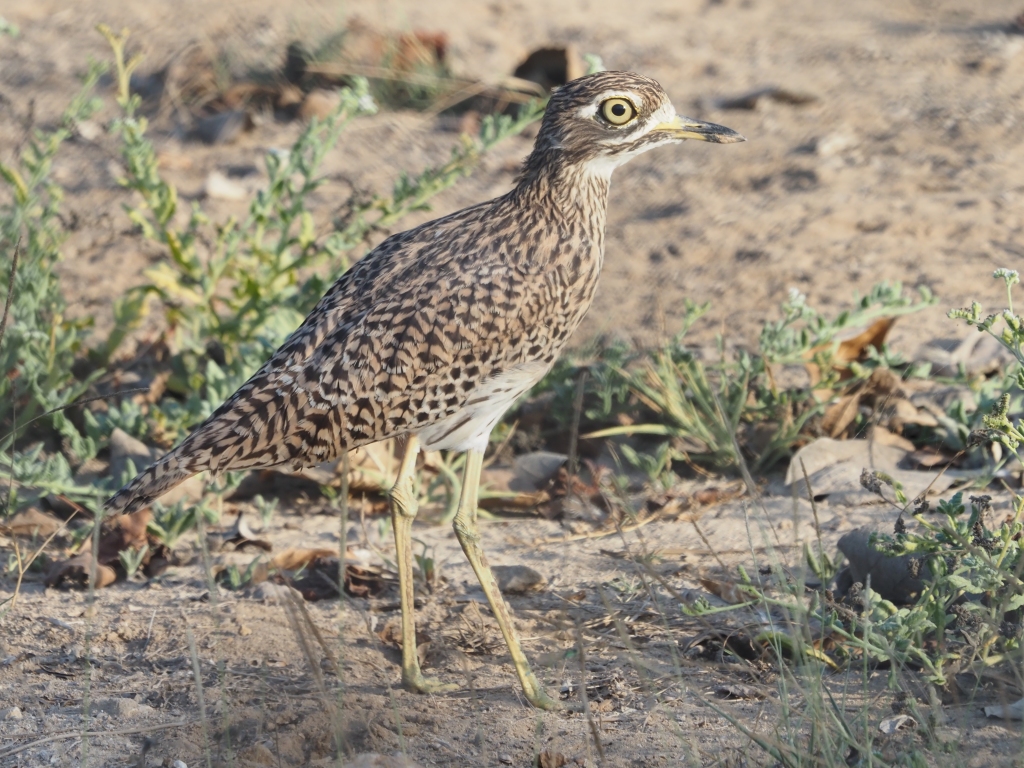

Day 8. This day we started to have a last visit to the open Euphorbia habitats inmediatly South of Salalah. Here we had excellent views on both Steppe and Eastern Imperial Eagles. We were in search of better views on Arabian Grosbeak, but never got them. Still, we did get 1 Steppe Grey Shrike (Lanius pallidirostris) and a 1 “lucionensis” Brown Shrike (3rd official record for Oman if accepted)!
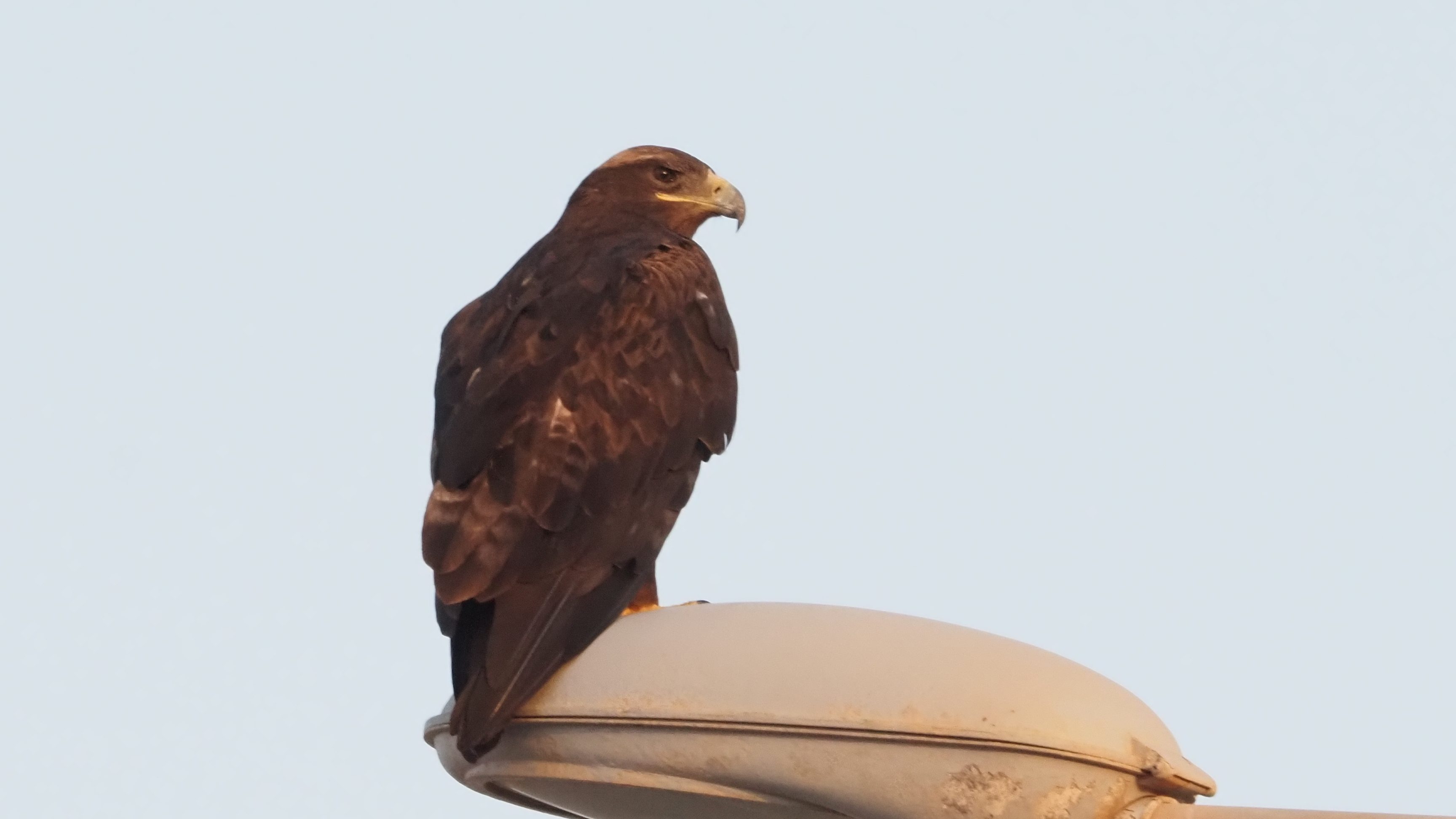
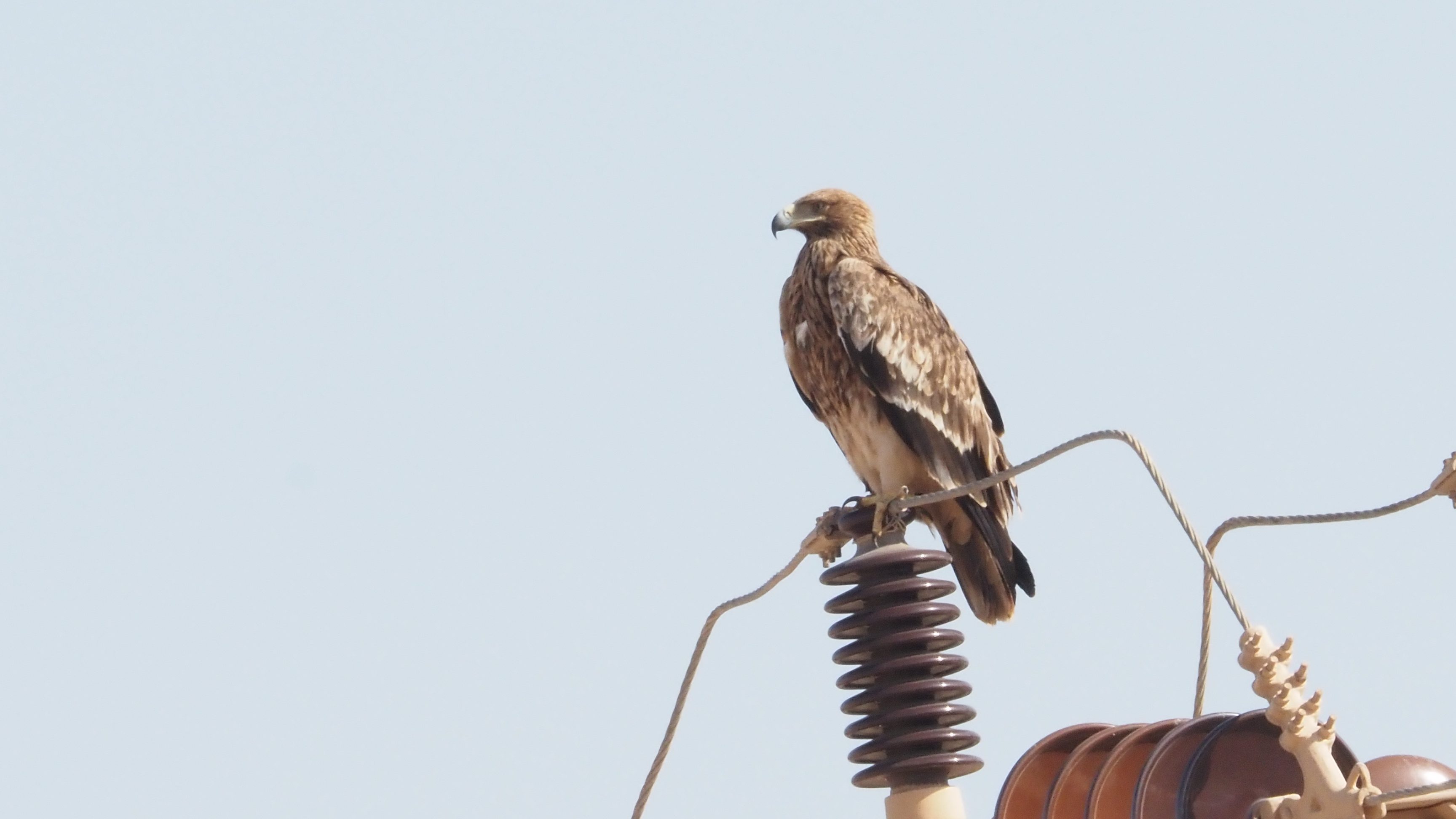

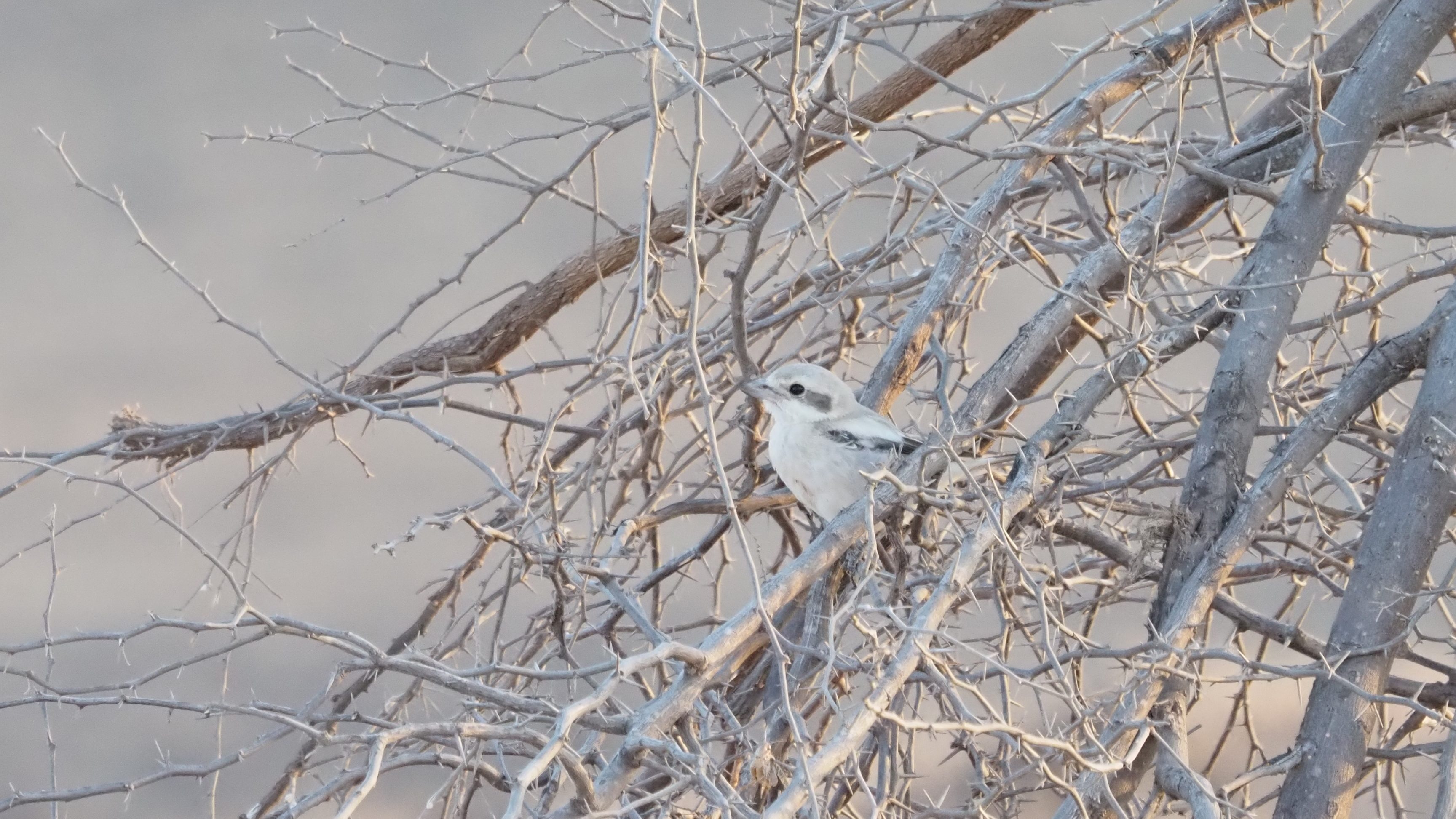
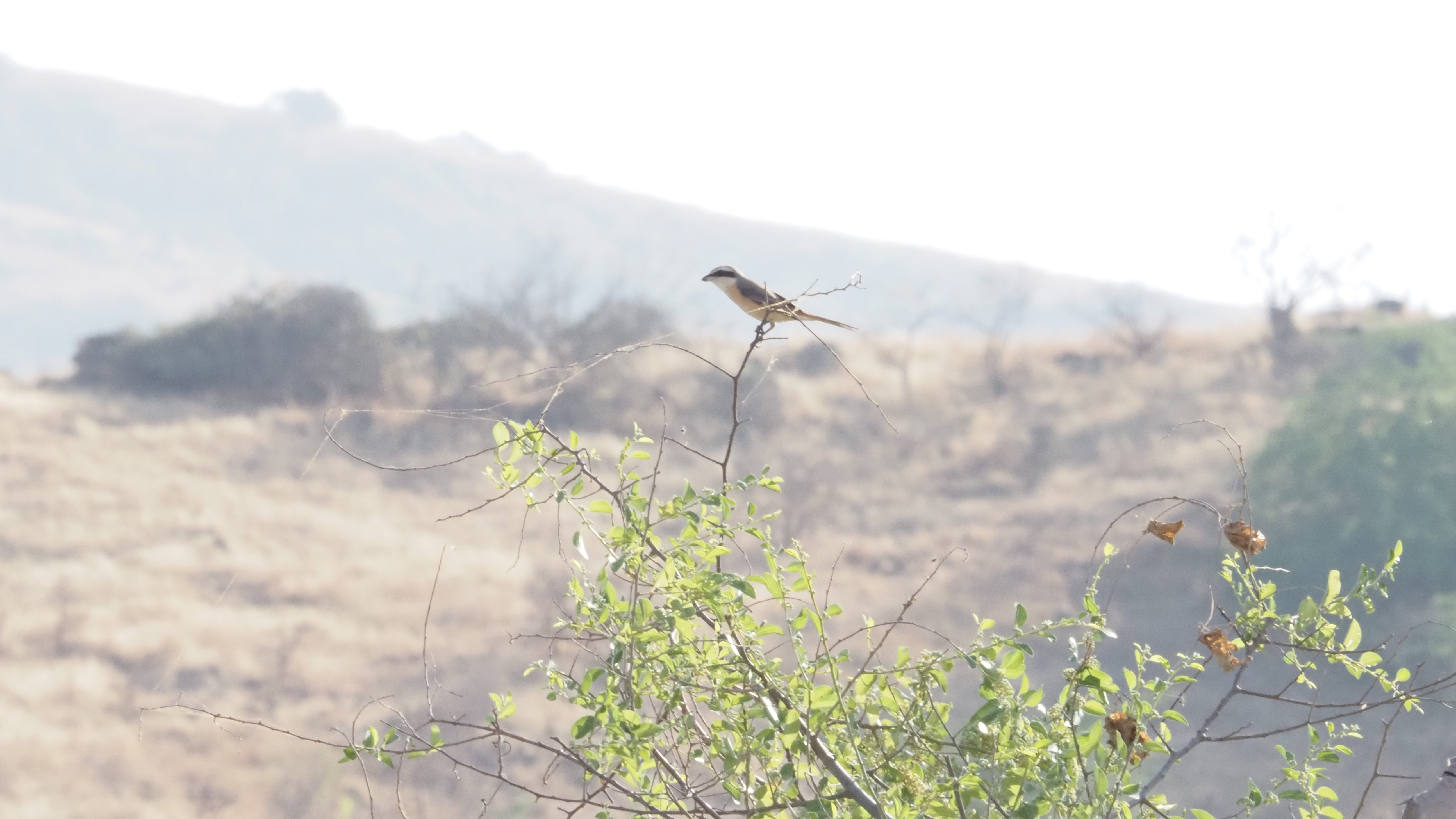
After this good start, we then drove all the way to the sewage farms beyond Thumrait. There we got some excellent birding despite the intense heat. When arriving, we got 2 males Pallid Harriers having a nap in a small shade. Such a gorgeous sight took most of the group by surprise since they were resting right by the lane! Once inside the farms we were surprised by 4 Namaqua Doves (Oena capensis) flying over the grassy fields. The number of birds was low, but of top quality. Here we found 1 Pied Wheatear, 2 Siberian Stonechats (Saxicola maurus), 1 Eurasian Wryneck and 2 Rose-coloured Starlings (Pastor roseus) that were really celebrated in the group! Here we also got some Tawny Pipits, White Wagtails and a good number of Black-crowned Sparrow-lark (Eremopterix nigriceps) and Crested Larks, the only larks that afternoon.
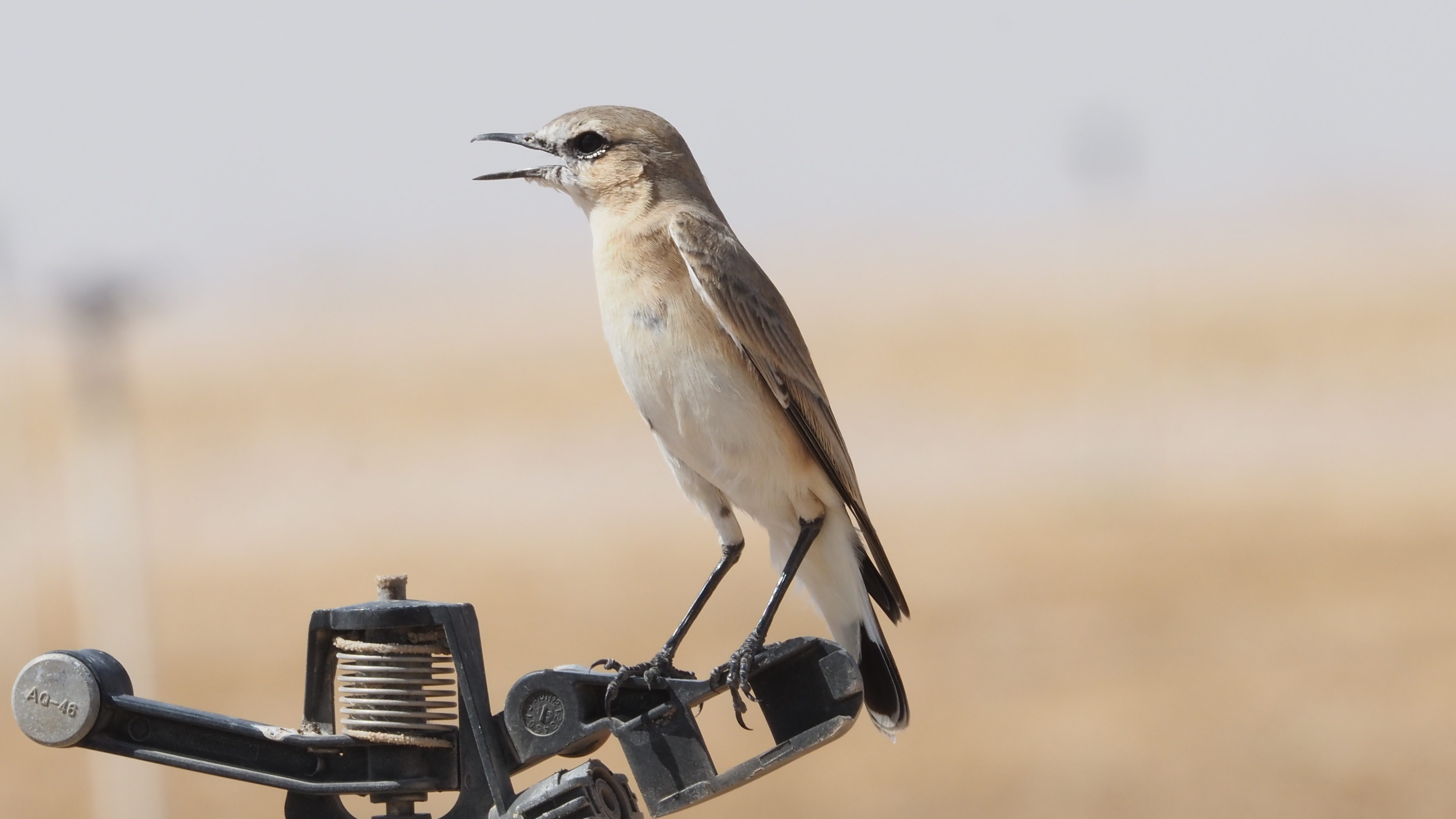
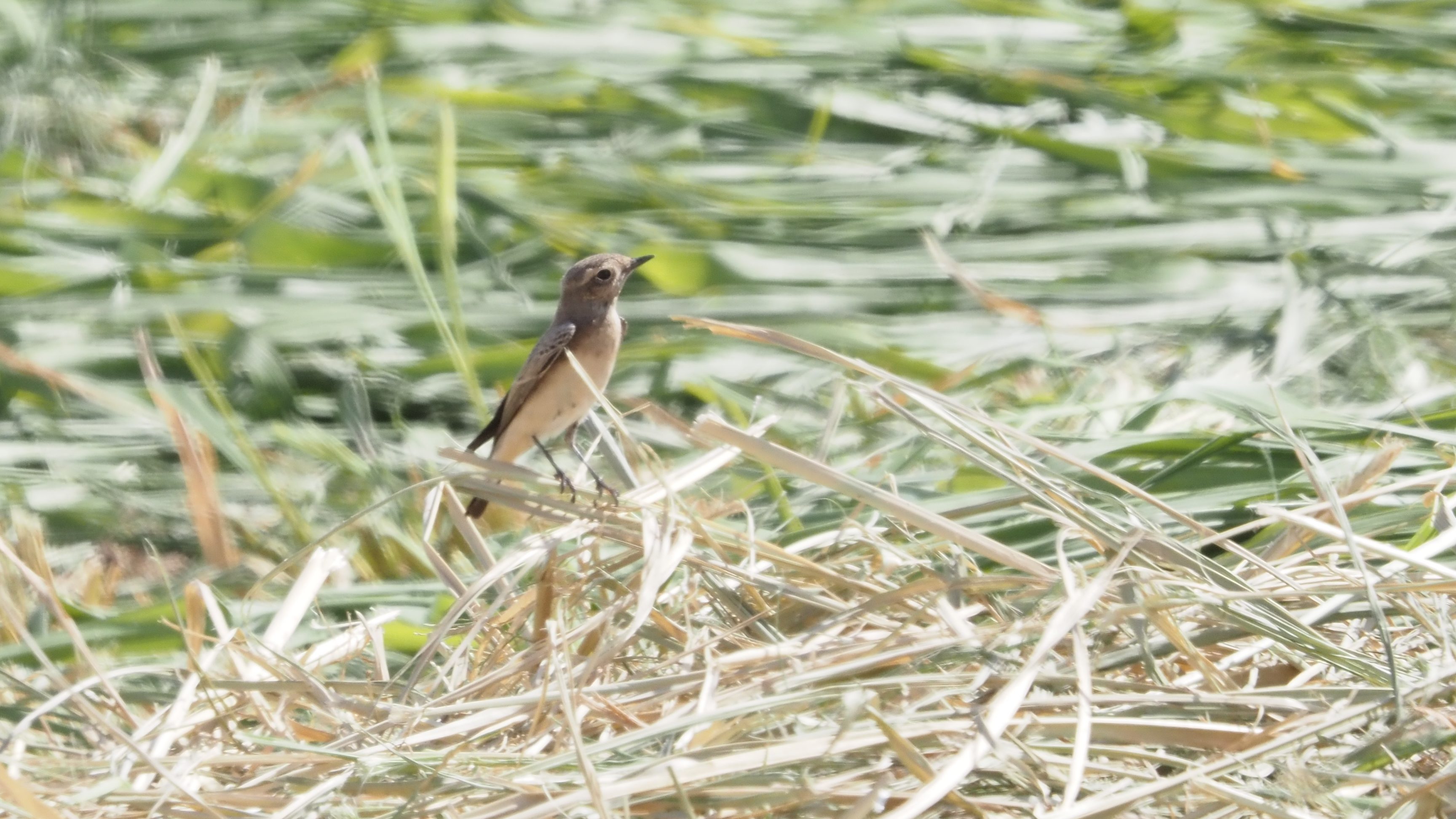

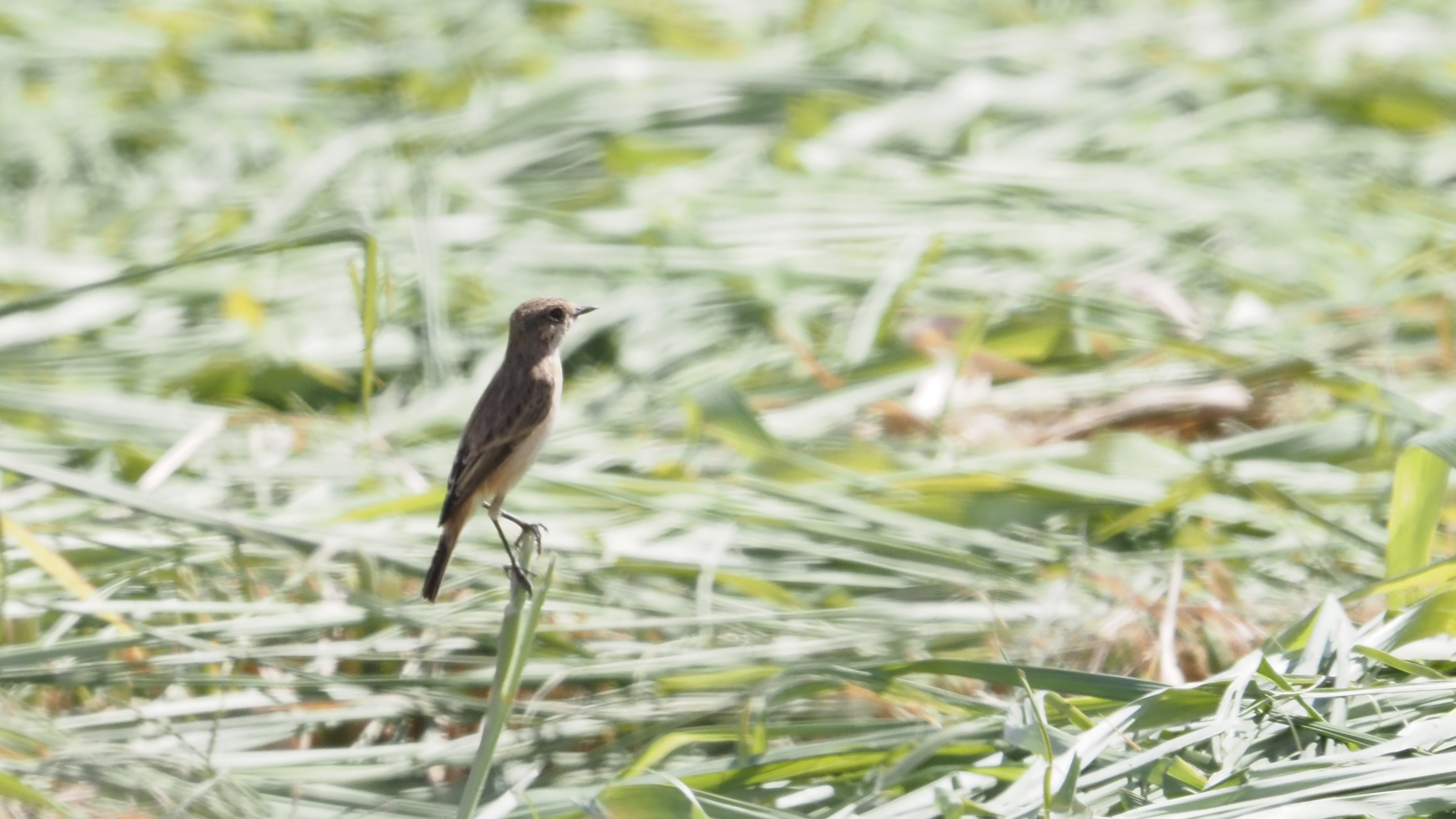

Day 9. After enjoying a wonderful breafkast in our hotel in Duqm we drove North to explore the massive mudflats around Masirah Island. Our main target for that day was to locate some Crab Plovers (Dromas ardeola), a large black-and-white wader specialised in feeding on crabs and other hard-shield arthropodes. Desite their large size, they can be surprisingly hard to find, especially in the vasts tidal plains around Masirah Island. Fortunately we had a good place from previous years, so we headed directly to that place.
This very extensive mudflat concentrates around 1 milion waders in winter, so it is always a great place to visit. Here we had Tereks Sandpipers, Lesser & Greater Sand Plovers, Curlew Sandpipers, Kentish Plovers, Bar-tailed Godwits, Redshanks, Ruddy Turnstones, Little & Temminck’s Stints and also 7+ Broad-billed Sandpipers (Limicola falcinellus), some of them moving in mixed flocks with several other species. We arrived soon after high tyde, so many waders were really close to the shores when we arrived. In the bush around 1 Clamorous Reed Warbler was calling, and 2 Red-throated Pipits were also in the move. Still, the most interesting passerine was being harrased by a Dunlin in the beach. I first thought that it was a Sparrow, but fastly I found myself screaming to everybody since we were having a Turkestan Short-toed Lark (Alaudala heinei) right in front of us! We were lucky because everybody had good views on the bird before the Dunlin became really agressive and defitanely expulsed the lark away from the algae! Excellent!
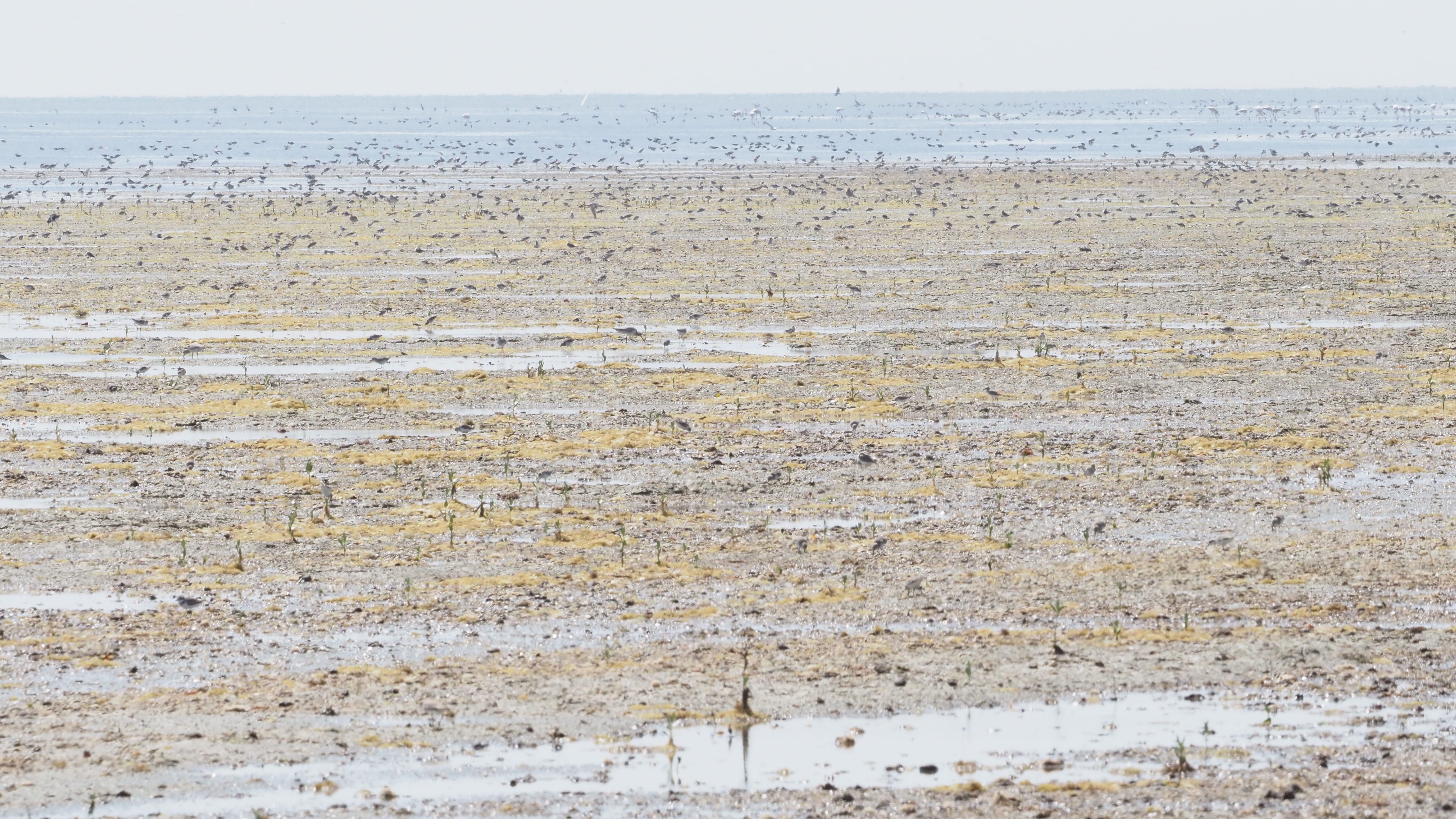
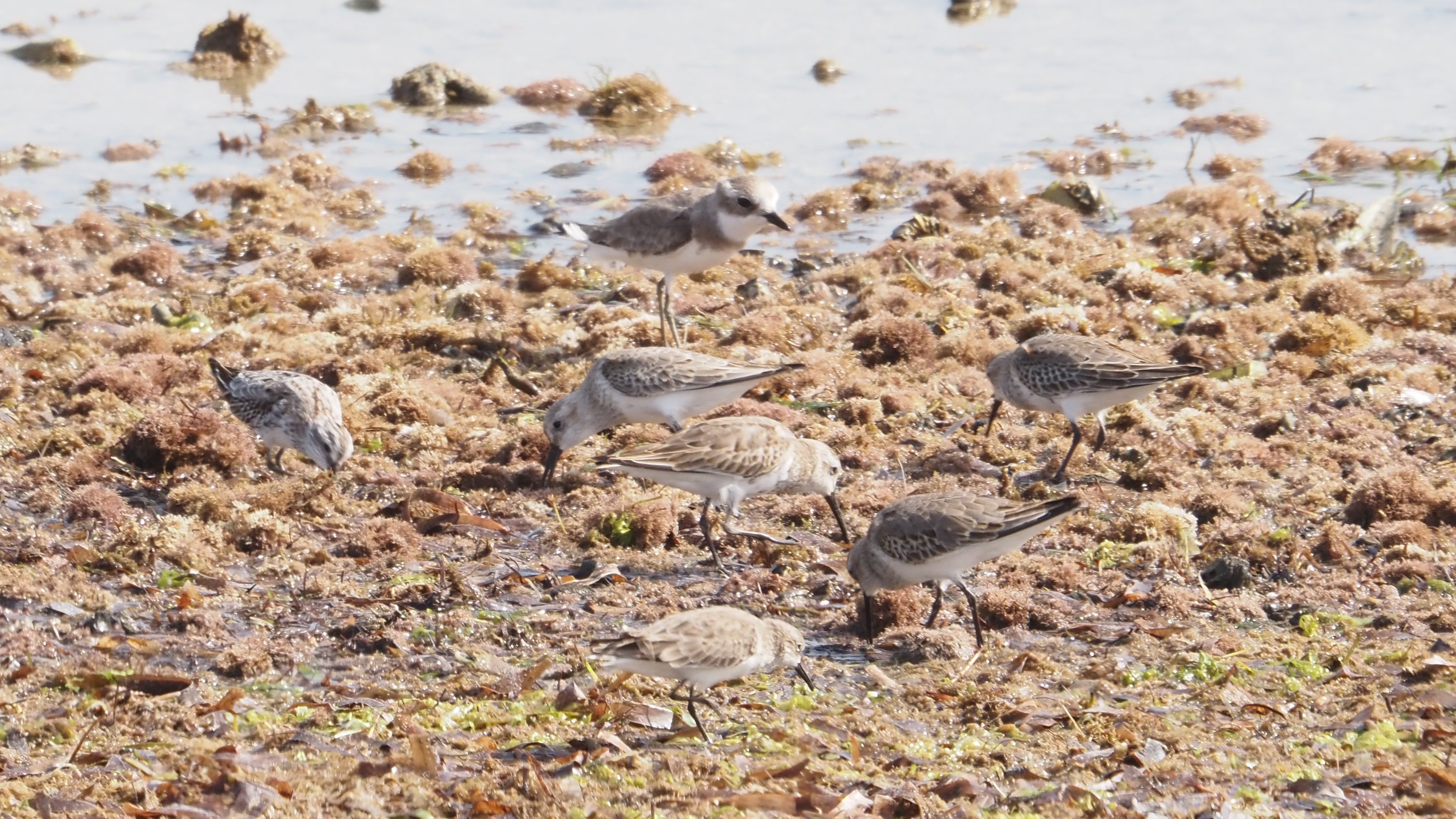
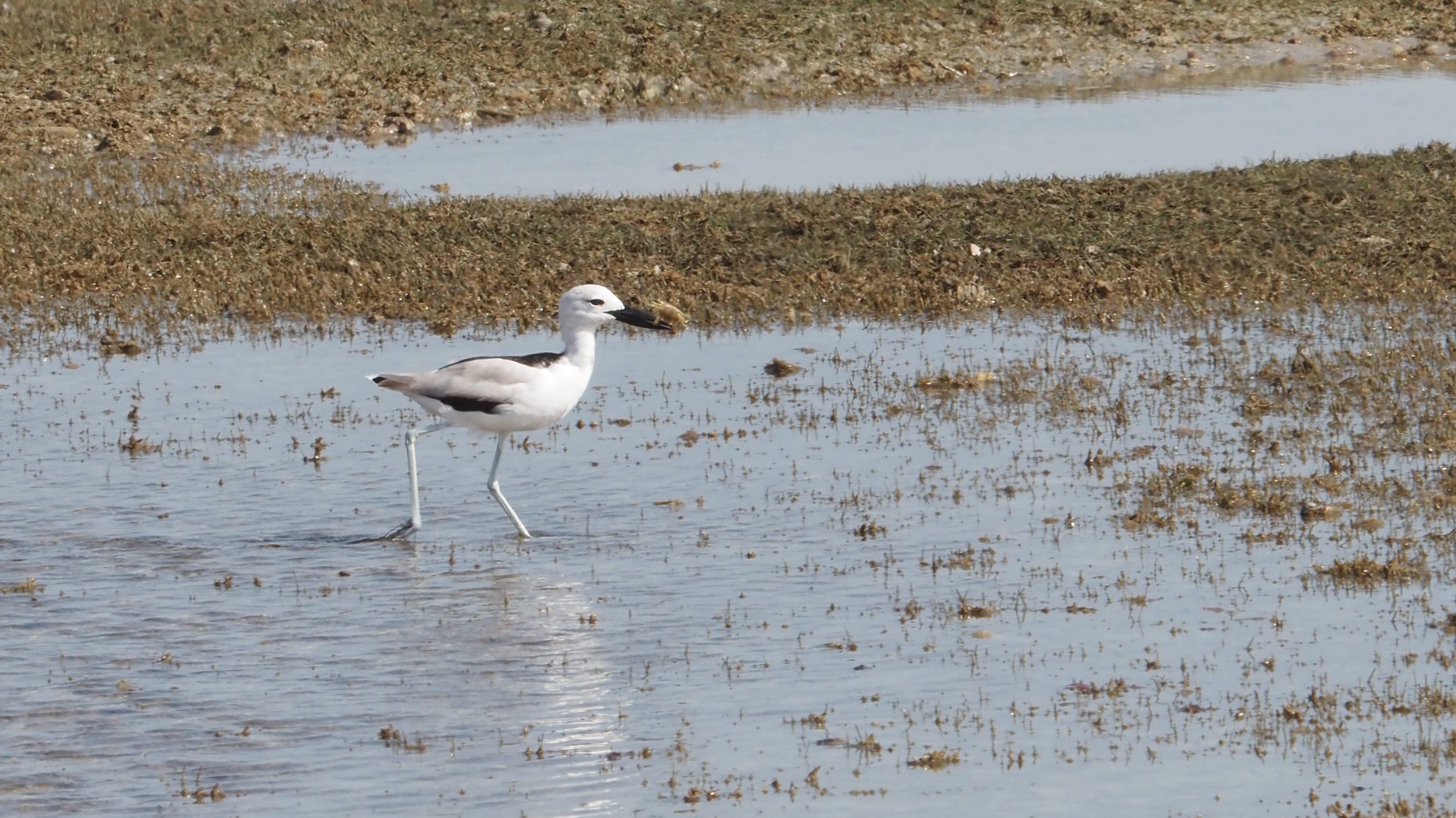
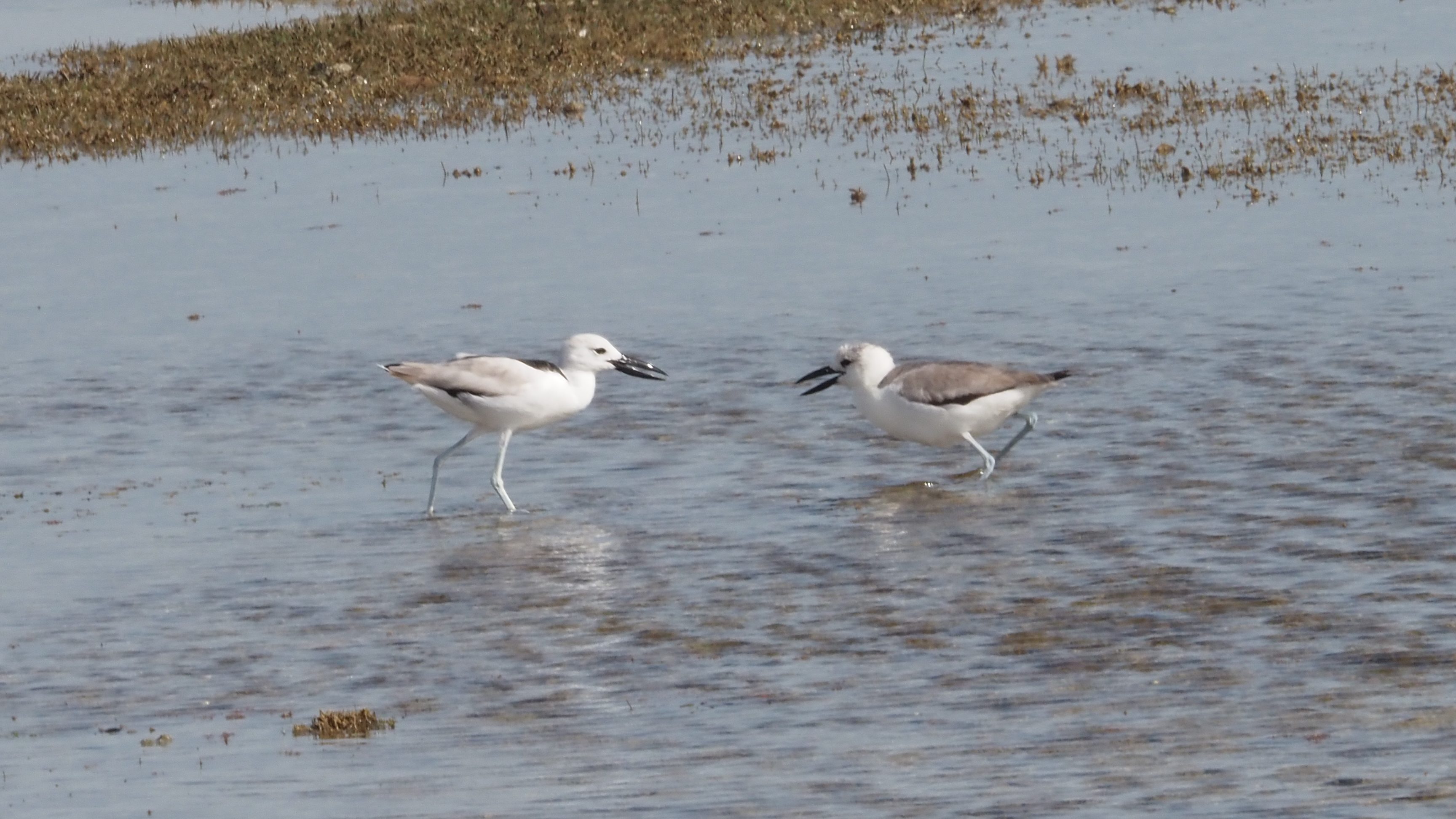
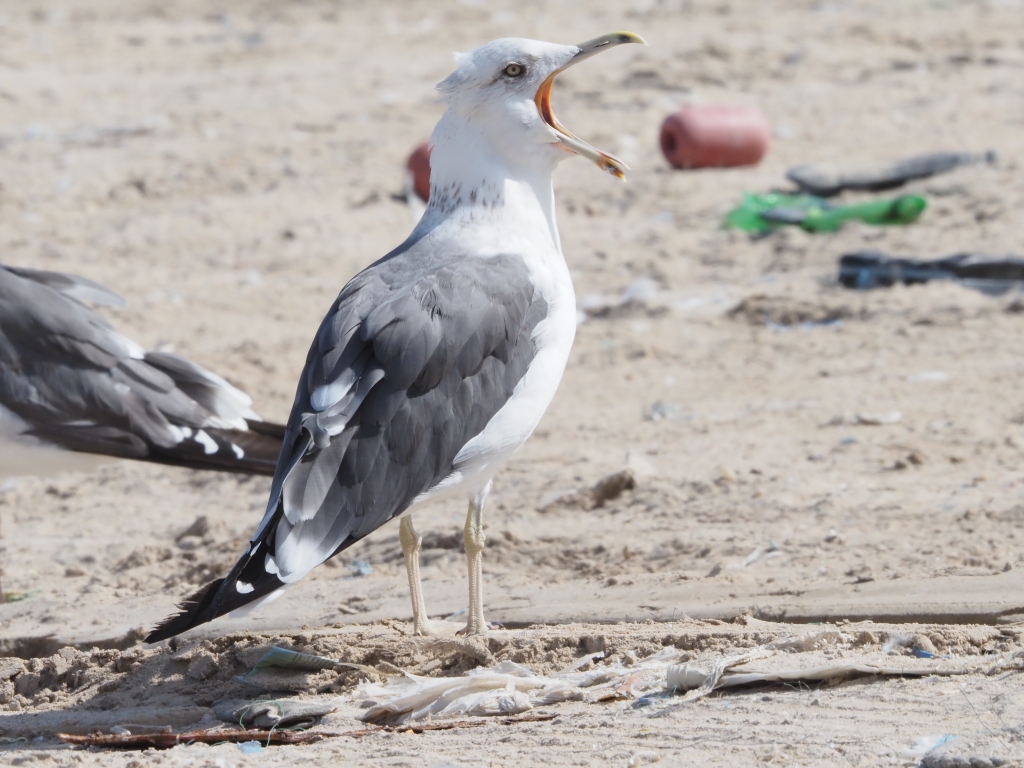
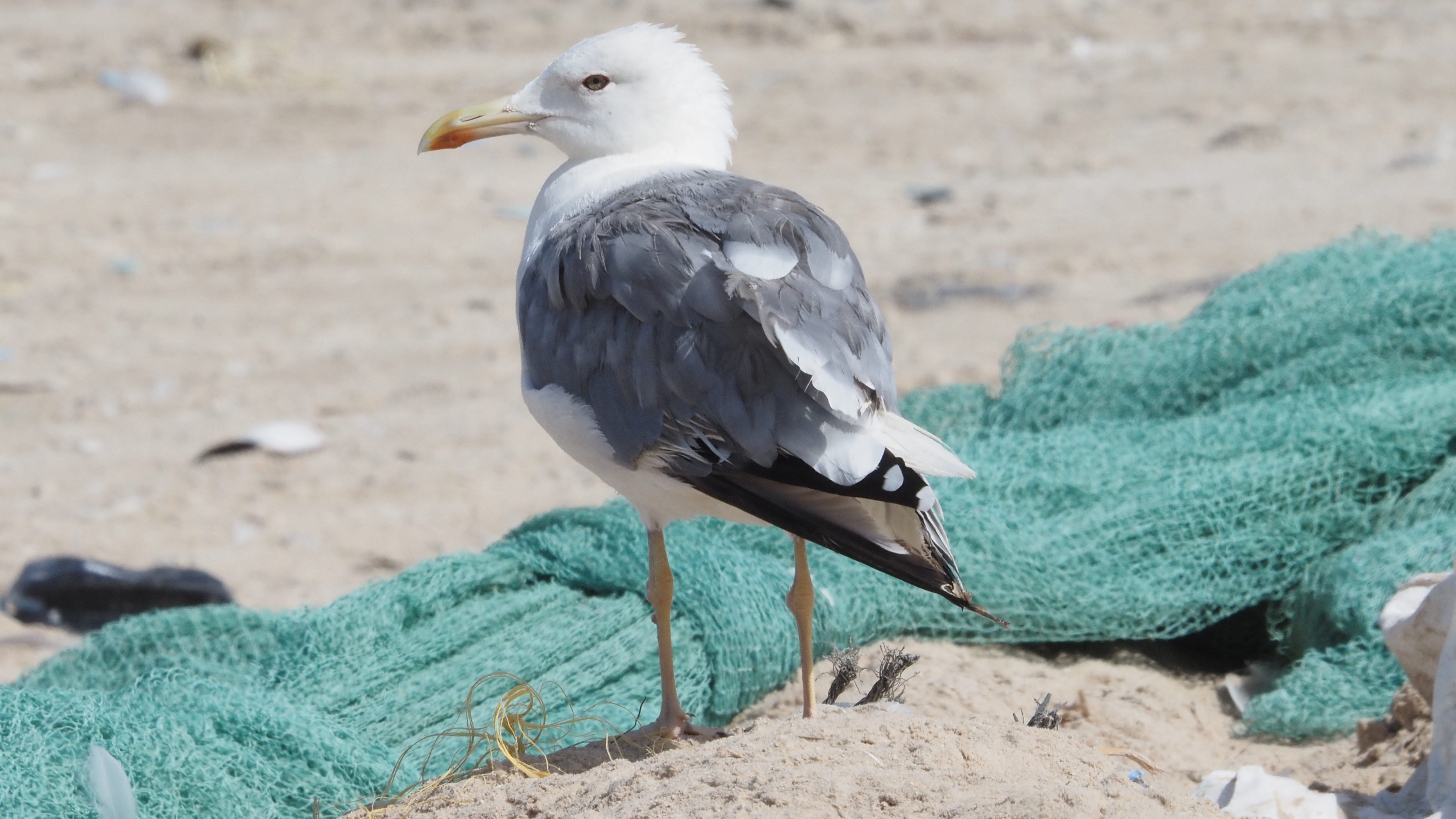

We were right comenting this rather unexpected adding when they appeared. At the beggining only two of them. Distant. Adult and a 1st winter still asking for being fed. Always great to see one of the most spectacular waders in the world! After almost half an hour more Crab Plovers appeared. Extremely far away, but they were coming every time a bit closer until we got excellent views on a small flock of 5 that provided more than decent views and allowed some shots. At the end of the morning we counted some 55 of them!
Here we were also scanning for Terns and Gulls. Still far from the gull concentrations in winter, we were delighted with several close ups to Heuglin’s Gull, with some Steppe & Caspian Gulls in the middle. A rather Saunder’s Tern (Sternua saundersi) showed up for us, and some further scanning produced 1 Parasitic Jaeger (Stercorarius parasiticus) harrasing Slender-billed Gulls. After some more views in the Crab Plovers, we moved to our accommodation for some afternoon rest after 3 very intense days!
Day 10. Very last day of the tour. In our way to Mascate from the East coast we still had time to stop and have some proper birding. In the way North there are a pair of reliable stops for raptors. We didn’t have a lot of time but in our visit to a small recicling place we saw 5+ Lappet-faced Vultures (Torgos tracheliotos) and 27+ Egyptian Vultures (Neophron percnopterus) along with some Brown-necked Ravens (Corvus rufisollis) and 2 Steppe Eagles!
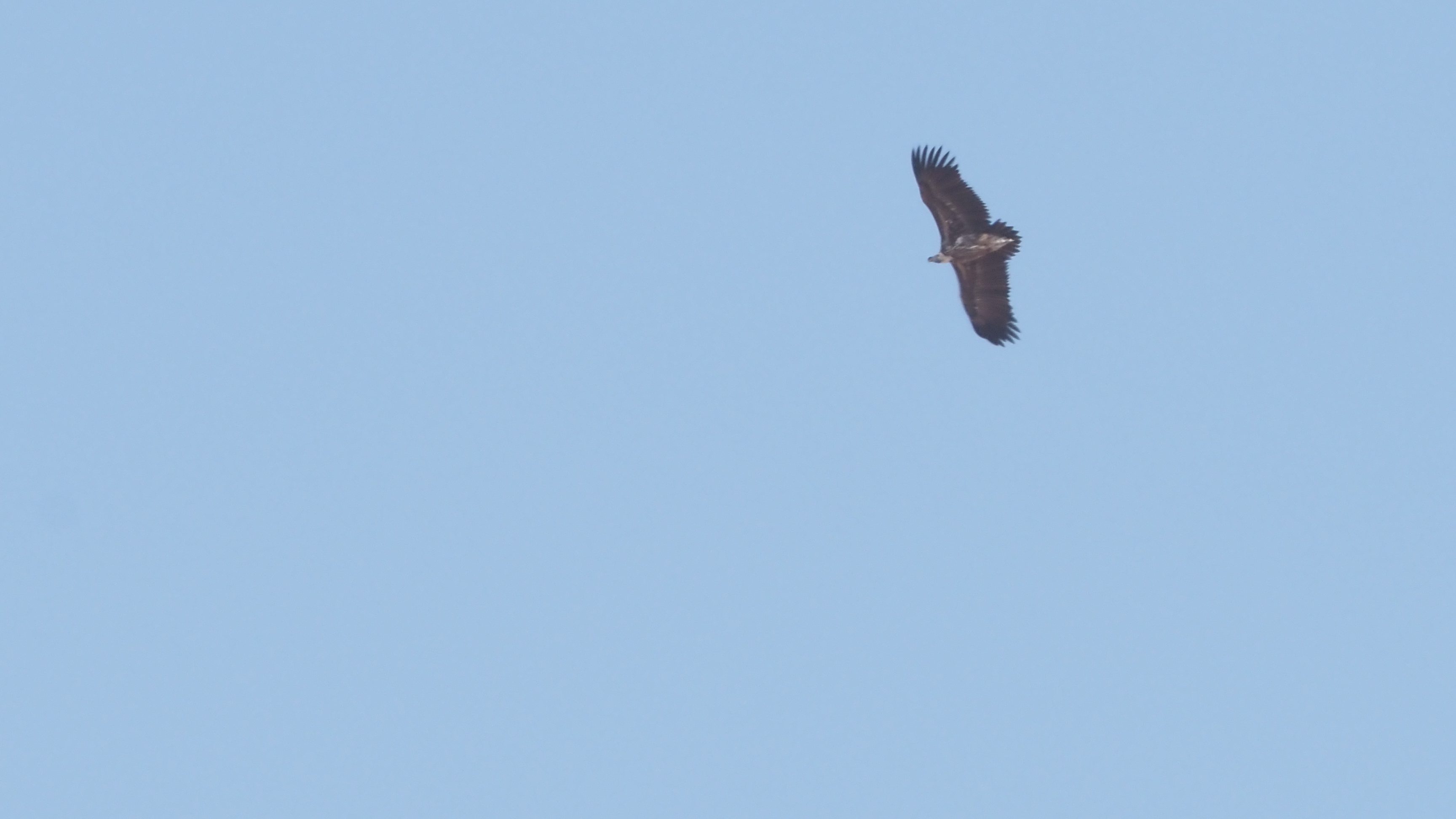
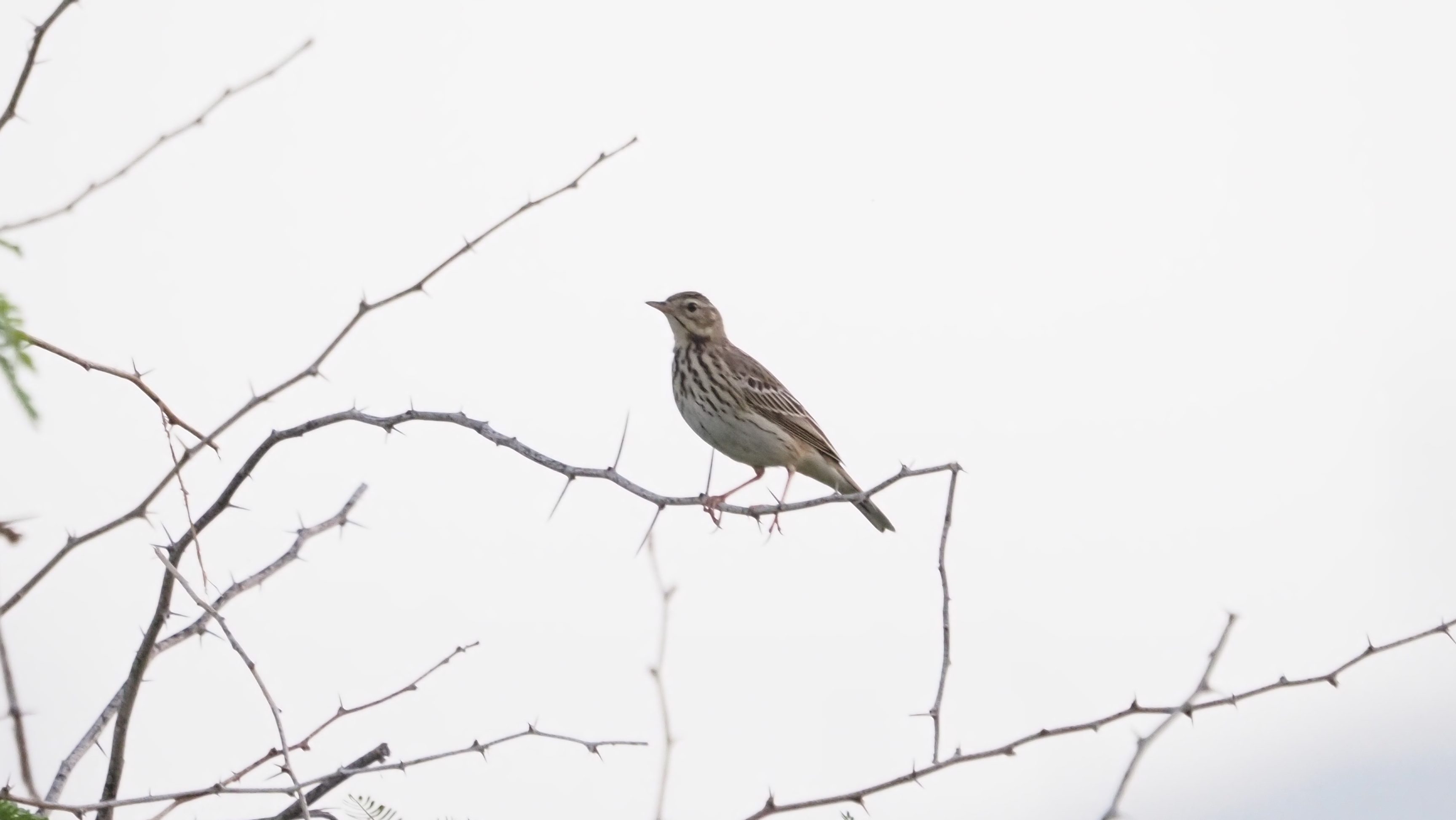
Happy after such a great stop we decided to have a last stop in some meadows near Mascate. Here we were again granted with some good surprises, since we got views on Jack Snipe (Lymnocriptes minumus) first and on 1 Pin-tailed Snipe (Gallinago stenura) later! Here we also got Marsh Sandpipers and a female Pintail (Anas acuta) as the very last species appearing in the tour before covering the short distance to the airport for a late afternoon flight back to Europe!
List of species seen along the tour:
- Sand Partridge (Ammoperdix heyi)
- Grey Francolin (Francolinus pondicerianus)
- Gadwall (Anas strepera)
- Eurasian Wigeon (Anas penelope)
- Pintail (Anas acuta)
- Eurasian Teal (Anas crecca)
- Garganey (Spatula querquedula)
- Northern Shoveler (Spatula clypeata)
- Common Pochard (Aythya ferina)
- Ferruginous Duck (Aythya nyroca)
- Pallid Swift (Apus pallidus)
- Chestnut-bellied Sandgrouse (Pterocles exustus)
- Crowned Sandgrouse (Pterocles coronata)
- Spotted Sandgrouse (Pterocles senegallus)
- Lichtenstein’s Sandgrouse (Pterocles lichtensteinii)
- Feral Dove (Columba livia)
- Eurasian Collared Dove (Streptopelia decaocto)
- Laughing Dove (Streptopelia senegalensis)
- Namaqua Dove (Oena capensis)
- Common Moorhen (Gallinula chloropus)
- Eurasian Coot (Fulica atra)
- Little Grebe (Tachybaptus ruficollis)
- Greater Flamingo (Phoenicopterus roseus)
- Spotted Thick-knee (Burhinus capensis)
- Eurasian Oystercatcher (Haematopus ostralegus)
- Crab Plover (Dromas ardeola)
- Black-winged Stilt (Himantopus himantopus)
- Pied Avocet (Recurvirostra avosetta)
- Red-wattled Lapwing (Vanellus indicus)
- Pacific Golden Plover (Pluvialis fulva)
- Grey Plover (Pluvialis squatarola)
- Common Ringed Plover (Charadrius hiaticula)
- Little Ringed Plover (Charadrius dubius)
- Kentish Plover (Charadrius alexandrinus)
- Lesser Sand Plover (Charadrius mongolus)
- Greater Sand Plover (Charadrius leschenaultii)
- Common Snipe (Gallinago gallinago)
- Pin-tailed Snipe (Gallinago stenura)
- Jack Snipe (Lymnocriptes minimus)
- Bar-tailed Godwit (Limosa lapponica)
- Eurasian Whimbrel (Numenius phaeopus)
- Eurasian Curlew (Numenius arquata)
- Spotted Redshank (Tringa erythropus)
- Common Redshank (Tringa totanus)
- Marsh Sandpiper (Tringa stagnatilis)
- Greenshank (Tringa nebularia)
- Green Sandpiper (Tringa ochropus)
- Wood Sandpiper (Tringa glareola)
- Terek’s Sandpiper (Xenus cinereus)
- Common Sandpiper (Actitis hypoleucos)
- Ruddy Turnstone (Arenaria interpress)
- Sanderling (Calidris alba)
- Little Stint (Calidris minuta)
- Temminck’s Stint (Calidris temminckii)
- Dunlin (Calidris alpina)
- Curlew Sandpiper (Calidris ferruginea)
- Broad-billed Sandiper (Limicola falcinellus)
- Ruff (Philomachus pugnax)
- Red-necked Phalarope (Phalaropus lobatus)
- Slender-billed Gull (Chroicocephalus genei)
- Black-headed Gull (Chroicocephalus ridibundus)
- Heuglin’s Gull (Larus heuglini)
- Lesser-black backed Gull (Larus fuscus)
- Caspian Gull (Larus cachinnans)
- Sooty Gull (Ichthyaetus hemprichii)
- Caspian Tern (Hydroprogne caspia)
- Greater Crested Tern (Thalasseus bergii)
- Lesser Crested Tern (Thalasseus bengalensis)
- Sandwich Tern (Thalasseus sandvicensis)
- Common Tern (Sterna hirundo)
- Saunder’s Tern (Sternula saundersi)
- Bridled Tern (Onychoprion fuscata)
- Whiskered Tern (Chlidonias hydridus)
- White-winged Black Tern (Chlidonias leucopterus)
- Persian Shearwater (Puffinus persicus)
- Flesh-footed Shearwater (Ardenna carneipes)
- Jouanin’s Petrel (Bulweria fallax)
- African Openbill (Anastomus lamelligerus)
- Abdim’s Stork (Ciconia abdimii)
- White Stork (Ciconia ciconia)
- Masked Booby (Sula dactylatra)
- Great Cormorant (Phalacrocorax carbo)
- African Sacred Ibis (Threskiornis aethiopicus)
- Glossy Ibis (Plegadis falcinellus)
- Yellow Bittern (Ixobrychus sinensis)
- Striated Heron (Butorides striata)
- Squacco Heron (Ardeola ralloides)
- Indian Pond Heron (Ardeola grayii)
- Western Cattle Egret (Bubulcus ibis)
- Black-crowned Night Heron (Nycticorax nycticorax)
- Purple Heron (Ardea purpurea)
- Grey Heron (Ardea cinerea)
- Western Reef Egret (Egretta gularis)
- Little Egret (Egretta garzetta)
- Great White Egret (Casmerodius albus)
- Egyptian Vulture (Neophron percnopterus)
- Lappet-faced Vulture (Torgos tracheliotos)
- Western Osprey (Pandion haliaetos)
- Crested Honey Buzzard (Pernis ptilorhynchus)
- Greater Spotted Eagle (Clanga clanga)
- Steppe Eagle (Aquila nipalensis)
- Eastern Imperial Eagle (Aquila heliaca)
- Verreaux’s Eagle (Aquila verreauxii)
- Bonelli’s Eagle (Aquila fasciata)
- Western Marsh Harrier (Circus aeruginosus)
- Pallid Harrier (Circus macrourus)
- Montagu’s Harrier (Circus pygargus)
- Arabian Scops Owl (Otus pamelae)
- Desert Owl (Strix hadorami)
- Arabian Eagle Owl (Bubo milesis)
- Eurasian Hoopoe (Upupa epops)
- Indian Roller (Coracias benghalensis)
- Eurasian Roller (Coracias garrulus)
- Common Kingfisher (Alcedo atthis)
- Grey-headed Kingfisher (Halcyon leucephala)
- Arabian Green Bee-eater (Merops cyanophrys)
- Blue-cheeked Bee-eater (Merops persicus)
- Eurasian Wryneck (Jynx torquilla)
- Common Kestrel (Falco tinnunculus)
- Alexandrine Parakeet (Psittacula eupatria)
- Rose-ringed Parakeet (Psittacula krameri)
- Black-crowned Tchagra (Tchagra senegalensis)
- Red-backed Shrike (Lanius collurio)
- Masked Shrike (Lanius nubicus)
- Isabelline Shrike (Lanius isabellinus)
- Turkestan Shrike (Lanius phoenicuroides)
- Brown Shrike (Lanius cristatus)
- Woodchat Shrike (Lanius senator)
- Steppe Grey Shrike (Lanius pallidirostris)
- Levant Grey Shrike (Lanius excubitor aucheri)
- Arabian Babbler (Turdoides squamiceps)
- African Paradise Flycatcher (Tersiphone viridis)
- White-eared Bulbul (Pycnonotus leucotis)
- Red-vented Bulbul (Pycnonotus afer)
- White-spectacled Bulbul (Pycnonotus xanthopygos)
- House Crow (Corvus splendens)
- Brown-necked Raven (Corvus ruficollis)
- Fan-tailed Raven (Corvus rhidipurus)
- Greater Short-toed Lark (Calandrella brachydactyla)
- Greater Hoopoe-lark (Alaemon alaudipes)
- Turkestan Lesser Short-toed Lark (Alaudala heinei)
- Desert Lark (Ammomanes deserti)
- Arabian Lark (Ammomanes eremodites)
- Black-crowned Sparrow-lark (Eremopterix nigriceps)
- Singing Bush Lark (Mirafra cantillans)
- Crested Lark (Galerida cristata)
- Sand Marting (Riparia riparia)
- Pale Rock Martin (Ptynoprogne obsoleta)
- Barn Swallow (Hirundo rustica)
- House Martin (Delichon urbicum)
- Levant Scrub Warbler (Scotocerca inquieta)
- Graceful Prinia (Prinia gracilis)
- Delicate Prinia (Prinia lepida)
- Common Chiffchaff (Phylloscopus collybita)
- Siberian Chiffchaff (Phylloscopus tristis)
- Plain Leaf Warbler (Phylloscopus neglectus)
- Wood Warbler (Phylloscopus sibilatrix)
- Eastern Olivaceous Warbler (Iduna pallida)
- Savi’s Warbler (Locustella luscinioides)
- Clamorous Reed Warbler (Acrocephalus stentoreus)
- Great Reed Warbler (Acrocephalus arundinaceus)
- Asian Desert Warbler (Curruca nana)
- Lesser Whitethroat (Curruca curruca)
- Arabian Warbler (Curruca leucomelaena)
- Abyssian White-eye (Zosterops abyssinicus)
- Common Myna (Acridotheres tristis)
- Rose-coloured Starling (Pastor roseus)
- Tristam’s Starling (Onychognatus tristamii)
- Blue Rock Thrush (Monticola solitarius)
- Bluethroat (Luscinia svecica)
- Common Redstart (Phoenicurus phoenicurus)
- Black Redstart (Phoenicurus ochruros)
- Siberian Stonechat (Saxicola maurus)
- Isabelline Wheatear (Oenanthe isabellina)
- Northern Wheatear (Oenanthe oenanthe)
- Desert Wheatear (Oenanthe deserti)
- Eastern Black-eared Wheatear (Oenanthe melanoleuca)
- Pied Wheatear (Oenanthe pleschanka)
- Blackstart (Oenanthe melanura)
- Arabian Wheatear (Oenanthe lugentoides)
- Hume’s Wheatear (Oenanthe albonigra)
- Hooded Wheatear (Oenanthe monacha)
- Persian Wheatear (Oenanthe chrysopygia)
- Red-breasted Flycatcher (Ficedula parva)
- Spotted Flycatcher (Muscicapa striata)
- Nile Valley Sunbird (Hedydipna metallica)
- Palestine Sunbird (Cinnyris osea)
- Shinning Sunbird (Cinnyris habessinicus)
- Purple Sunbird (Cinnyris asiaticus)
- Rüppell’s Weaver (Ploceus galbula)
- African Silverbill (Eudice cantans)
- Indian Silverbill (Eudice malabarica)
- Citrine Wagtail (Motacilla citreola)
- Yellow Wagtail (Motacilla flava)
- White Wagtail (Motacilla alba)
- Grey Wagtail (Motacilla cinerea)
- Tawny Pipit (Anthus campestris)
- Long-billed Pipit (Anthus similis)
- Red-throated Pipit (Anthus cervinus)
- Tree Pipit (Anthus trivialis)
- Water Pipit (Anthus spinolleta)
- Yemen Serin (Crithagra menachensis)
- Arabian Grosbeak (Rhyncostrurhus percivali)
- Striolated Bunting (Emberiza striolata)
- Cinnamon-breasted Bunting (Emberiza tahapisi)
Other wildlife (Mammals)
- Rock Hyrax (Procavia capensis)
- Arabian Tahr (Arabitragus jayakari)
Other wildlife (Reptilians)
- Green Sea Turtle (Chelonia mydas)
- Desert Monitor Lizzard (Varanus griseus)
- Arabian Chameleon (Chamaeleon arabicus)
Other wildlife (Butterflies)
Coming soon

